Francesco Ratti
A day together on the Western Breithorn, A silent man, a true mountaineer. A man who goes to the mountains because he loves to do it.
PreAlpi Tour
A discipline of soul and mind. An experience, often solitary, based on hiking and paragliding, that celebrates the union with the natural world.

Puppi & Aymonod
Three weeks of altitude training in search of solitude, a slower passage of time, an escape from the routine and a search for stimuli and answers.
€7
Who do you run with?
Tu con chi corri?
Noi corriamo con le comunità locali e con una storia condivisa. Con i nostri mentori, le generazioni a venire e le prospettive future.
run with our local communities and a shared history. With our mentors, the next generation, and perspectives.
Una comunità si costruisce dalle ambizioni condivise, da un terreno comune, dal desiderio di affrontare le questioni difficili e cambiare il modo di fare le cose. Corriamo con altre persone per finire quello che abbiamo iniziato e per goderci il panorama insieme.
Community is something we construct; out of shared ambitions and common ground, out of a desire to take on difficult things and to change the way things are done. We run with others to finish what we started, and to share the view.
 Foto: Brendan Davis © 2023 Patagonia, Inc.
Foto: Brendan Davis © 2023 Patagonia, Inc.
It rained, we really needed it. It rained “a lot", a light rain that penetrates the ground without eroding it, a rain that wets. Unfortunately, in other areas, things did not go like this.
While I write these words, I still have that shiver of nervousness that some statements about the "return of the cold" at the beginning of August leave me, as as if it were not anomalous or worrying that there may be temperatures below 25°C. It's not just a personal
BY DAVIDE FIORASO PHOTO ERIC SCAGGIANTE
matter. Temperatures and climate evolutions are literally putting our world, the way we live, the existence of many species at stake. Too many people don't seem to realize it, or don't want to. The earth will not disappear, of course, but climate change has always had serious repercussions on the living beings that inhabit it.

In recent months, a few rainfalls, often poorly distributed, have been enough to ensure that the deniers have already
come up with ironic jokes. And it is not only the city dweller, who lives in a sixth floor building fighting the climate with air conditioning and central heating, who denies it, there are often also those who live in rural, even mountainous, areas. To deepen this theme is a nice article on the blog "Of lands, stones, herbs, beasts and people". There are those who deny that climate change is underway by sticking to generic evidence of "it has always happened". There are
2
EDITO
Dal fondovalle fino in vetta: leggerezza, velocità e precisione in una calzatura low-cut ramponabile e impermeabile. Rullata fluida e grip senza precedenti su ogni tipo di terreno grazie al tallone a doppio tassello Double Heel™ SPEED TO PEAK.



1 2 1 2
NADIR MAGUET - 1h43’12” Solda-Ortler (Hintergrat) FKT
those who recognize the current crisis, but refuse to feel in any way responsible for it. There are those who cry out to conspiracy and bring into question "obscure" forces, without even trying to reason on scientific data. Finally, there are those who do not want to worry and live more than ever for the day, taking what comes, for better or for worse. If things go "worse", there will be someone higher up who will have to think about it, because the problem “belongs
BY DAVIDE FIORASO PHOTO ERIC SCAGGIANTE
to everyone, t’s not just mine". We live in a sort of defensive strategy; including myself, and I sometimes grieve about it. The problem is so immense, with such an impact on our lives, that we try to ignore it for as long as possible. We stick to that, tied to traditions, to the "it's always been done this way", to the belief that our influence is infinitesimal compared to other realities. In the impossibility of thinking that things can be managed differently. And in-
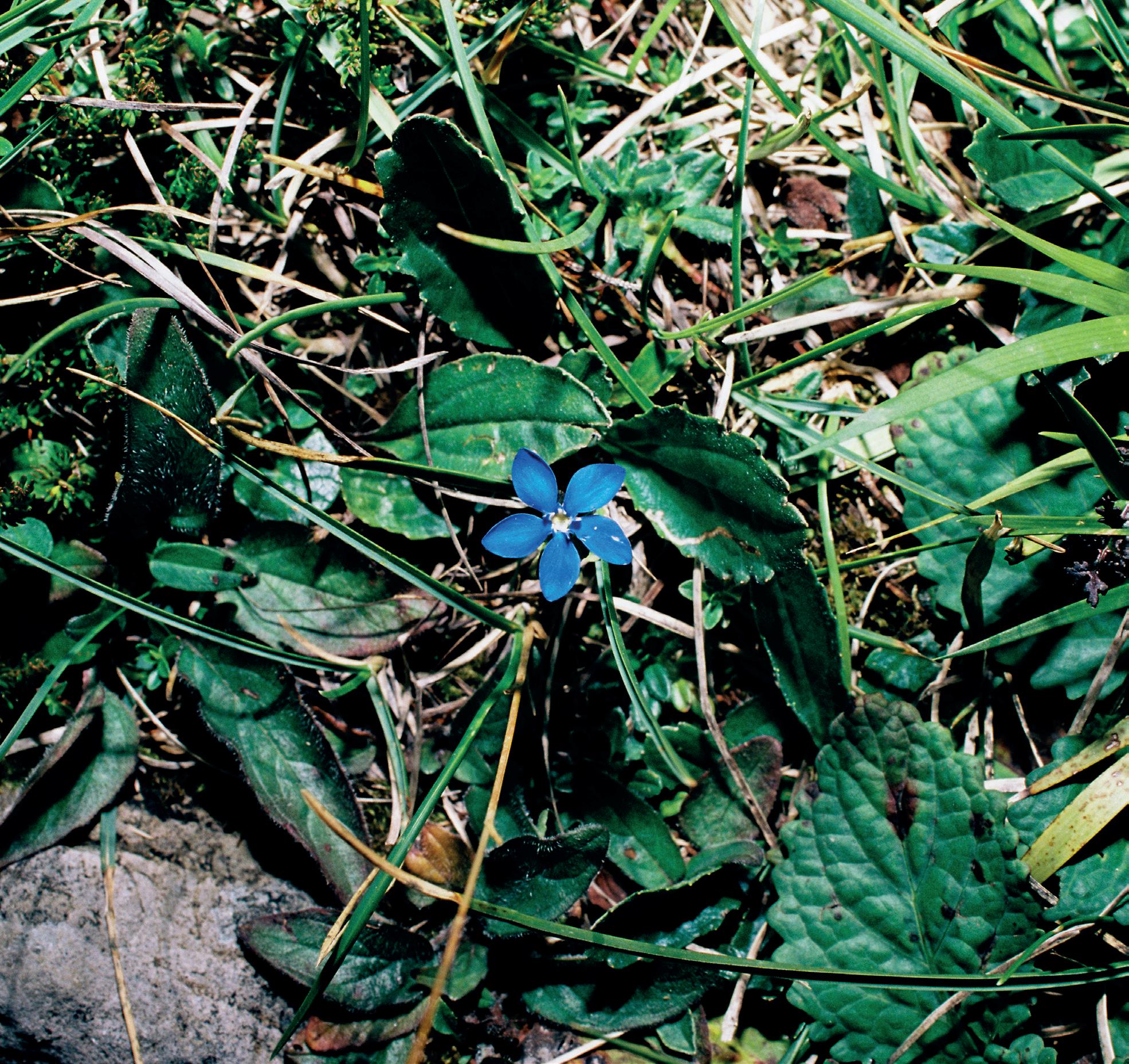
stead of arguing with well-founded reasoning you deny, you look away, burying your head in the sand.
Solutions? Becoming aware of the problem, regardless of its origins, is already a first step. What more? Start thinking from the bottom up on how to adapt, as far as possible, to changes. Is there anything we can do, without waiting for decisions, suggestions and help from above?
4
EDITO




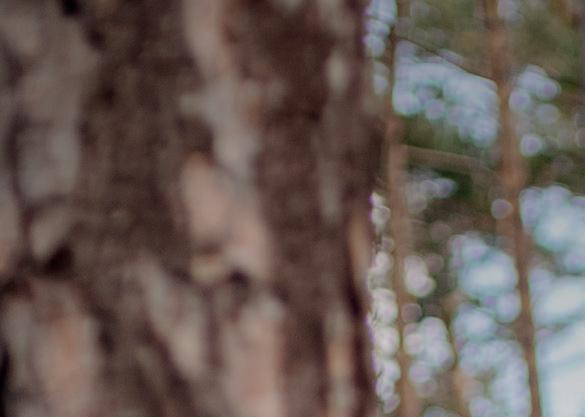
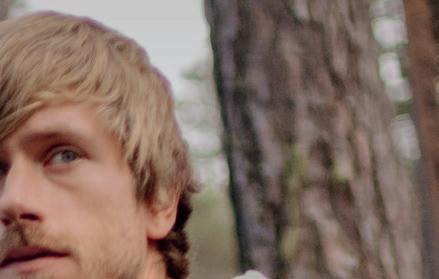



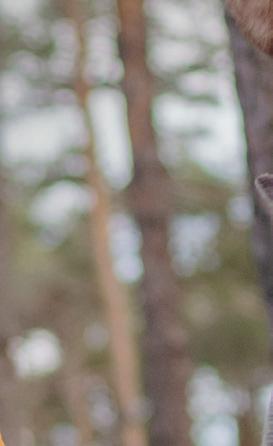
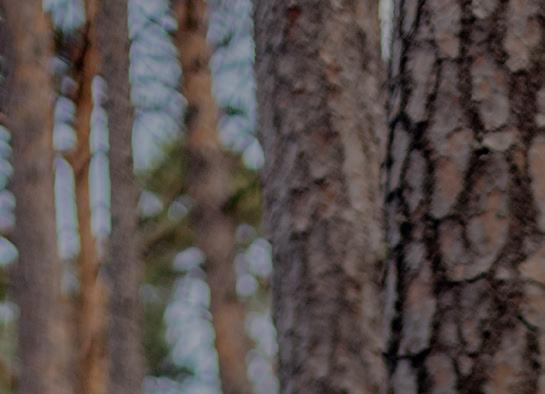


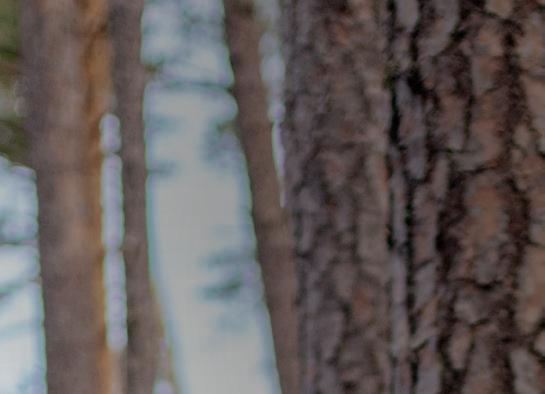
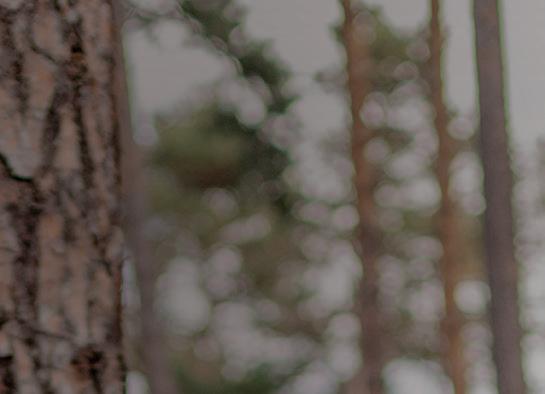
PRODUCTION
The Pill Agency | www.thepillagency.com
EDITOR IN CHIEF
Denis Piccolo | denis@thepillagency.com
EDITORIAL COORDINATOR
Lisa Misconel | lisa@thepillagency.com
DIGITAL COORDINATOR

Alessandra Sola
EDITING & TRANSLATIONS
Silvia Galliani
ART DIRECTION
George Boutall | Evergreen Design House Niccolò Galeotti, Francesca Pagliaro
THEPILLOUTDOOR.COM
hello@thepillagency.com
PHOTOGRAPHERS & FILMERS
Matteo Pavana, Thomas Monsorno, Camilla Pizzini, Chiara Guglielmina, Silvia Galliani, Francesco Pierini, Elisa Bessega, Andrea Schilirò, Denis Piccolo, Achille Mauri, Simone Mondino, Alice Russolo, Patrick De Lorenzi, Giulia Bertolazzi, Tito Capovilla, Luigi Chiurchi, Isacco Emiliani, Pierre Lucianaz
COLLABORATORS
Filippo Caon, Chiara Guglielmina, Marta Manzoni, Sofia Parisi, Fabrizio Bertone, Eva Toschi, Luca Albrisi, Luca Schiera, Giulia Boccola, Valeria Margherita Mosca, Lisa Misconel, Chiara Beretta, Davide Fioraso
SHOP & SUBSCRIPTIONS
www.thepilloutdoorshop.com
SHOP MAGAZINE MAP
www.thepilloutdoor.com/magazine-finder
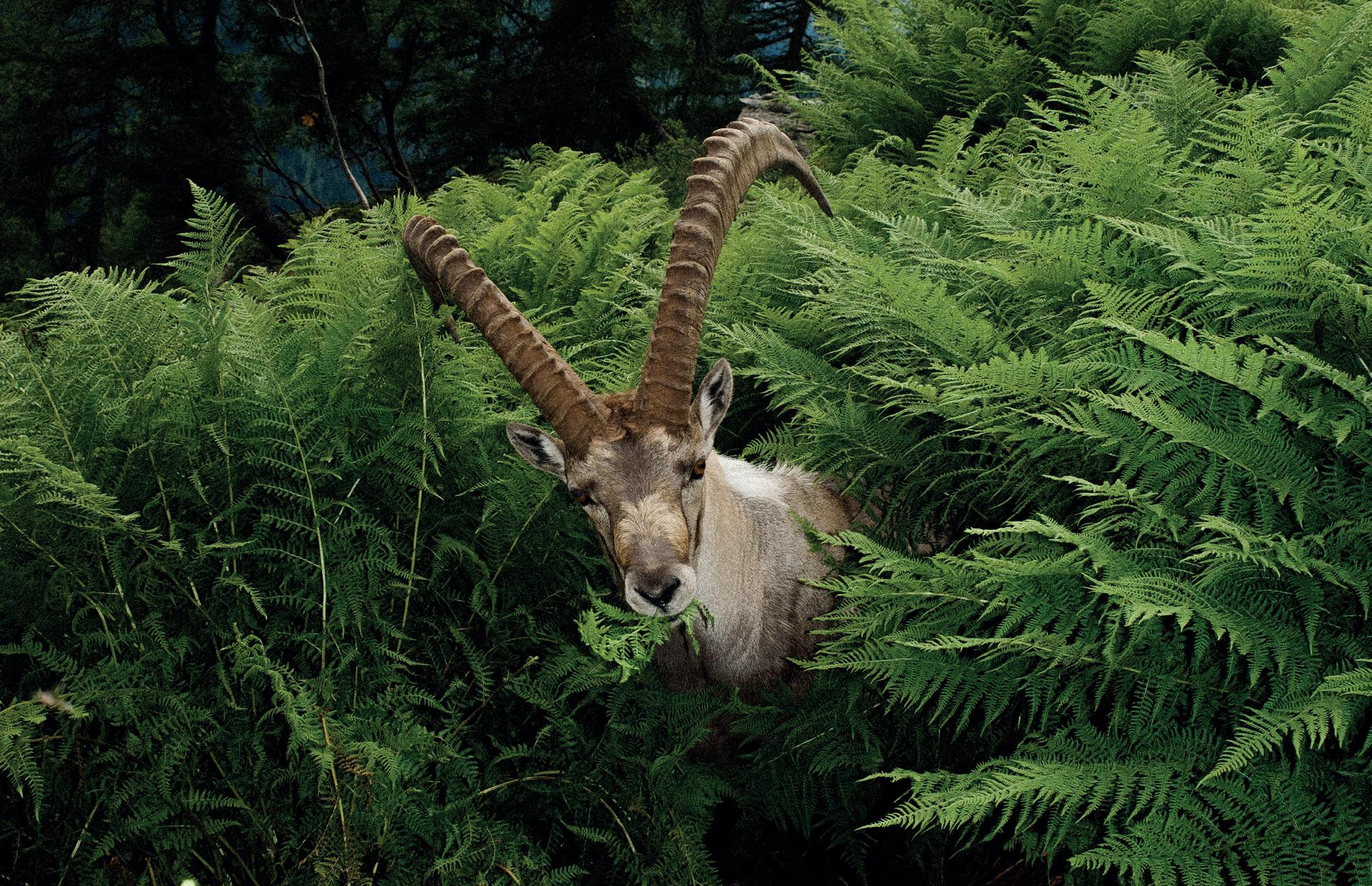
COMPANY EDITOR
Hand Communication, Piazza XX Settembre 17, Saluzzo CN 12037, Italy hello@thepillagency.com
COVER
Illustration Federico Epis X Aku
PRINT
L'artistica Savigliano, Savigliano - Cuneo - Italy, lartisavi.it
DISTRIBUTION
25.000 copies distribuited in 1100 shops in Italy, Switzerland, Austria, Germany, France, Belgium, Spain, England & The Netherlands
ADVERTISING
hello@thepillagency.com | +39 333.7741506
FOLLOW US www.thepilloutdoor.com www.facebook.com/thepilloutdoor Instagram.com/thepilloutdoor
The Pill rivista bimestrale registrata al tribunale di Milano il 29/02/2016 al numero 73
6
THE CREW
PHOTO JACK GORHAM
THE ECO EXPLORER.
Scarpa da trekking confortevole e affidabile, pensata per coloro che vogliono vivere la natura e fare scelte consapevoli. Il 45% della tomaia è composto da filato riciclato, la membrana Gore-Tex Bluesign contiene tessuti riciclati al 98% e il battistrada Vibram Ecostep Evo utilizza fino al 30% di gomma riciclata.



MESCALITO TRK PLANET
GTX
SCARPA.COM
ISSUE 62
THE DAILY PILL
BEST MADE
KILLER COLLABS
ECO SEVEN
COBER SUSTAINABILITY
GARMIN EPIX PRO
SAUCONY TRIUMPH 21
DEUTER GUIDE 30
FERRINO X-DRY
PATAGONIA REPAIR PORTAL
MARTINA CUMERLATO X ASICS
PICTURE'S CIRCULAR PROGRAM
GREGORY'S STORY
THE PILL BASE CAMP
MOUNTAIN AND WAITING
LEAP FACTORY ON ADVENTURE PEAK 3
SCARPA X HERVÈ
ARC'TERYX ALPINE ACADEMY
JAKOB SCHUBERT
HILLARY GERARDI
VALLE STURA MTB
NADIR X LA SPORTIVA

PREALPI HIKE & FLY
LAVAREDO ULTRA TRAIL
FRANCESO RATTI
TIMOTHY OLSON
PRIMADONNA - ELI EGGER
DIADORA ON THE TRAIL
HIGH LIFE
8
P.10 P.14 P.18 P.22 P.26 P.28 P.30 P.32 P.36 P.40 P.42 P.44 P.46 P.50 P.54 P.58 P.62 P.66 P.72 P.78 P.82 P.88 P.92 P.98 P.106 P.114 P.122 P.128 P.136 P.146
PHOTO SOPHIE ODELBERG
Imagine
Our horizon is vertical. Set goals. Dream big. Fuel each other’s curiosity. If you fail, fail with a smile and try again. The best partners are always there to pick you back up. This trust extends to your gear. Designed for freedom of movement, durability, safety and sustainability, our climbing collection will inspire you to re-imagine what we can achieve together.
 BY SILVIA GALLIANI
BY SILVIA GALLIANI
“BOSCO DEI FAGGI SPEEDCROSSING” AND NIKE ULTRAFLY TRAIL
The annual edition of "Bosco dei Faggi Speedcrossing", an event conceived by Nike athlete Francesco Puppi in 2019, was chosen as the scenario for the presentation and test of the long-awaited Nike Ultrafly Trail. The race, non-competitive and open to all, was an opportunity for great sharing with leading international athletes which made it possible to understand the potential of the new fast shoe for technical terrain while also listening to the opinions and stories of those who wear them right from the first prototypes .
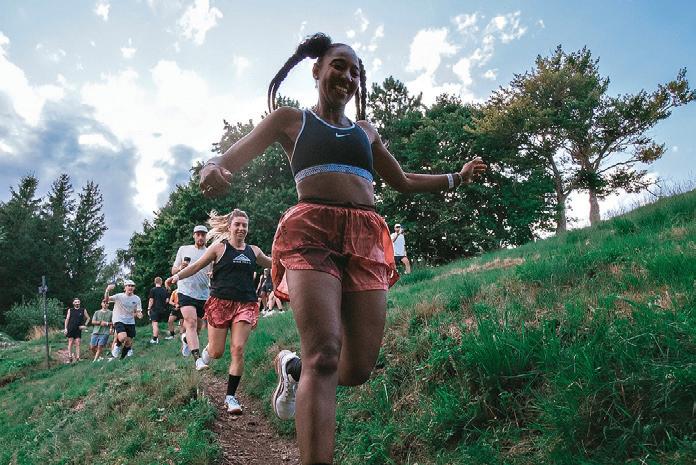
ASICS OFFICIAL SPONSOR OF THE WORLD ATHLETICS ATHLETE REFUGEE TEAM

The partnership, which was born in June 2023, will last until 2026 and will offer training, match kit and footwear to refugee elite and U20 teams. In addition, it will be possible for the first time to access ASICS training facilities around the world. The team was founded in 2016 to offer athletes who have fled violence, conflict and injustice in their home countries the opportunity to train and compete. The team members made their first competitive appearance at the Rio de Janeiro 2016 Olympic Games.
THE NORTH FACE NAMING SPONSOR OF THE RENOWNED TRANSGRANCANARIA

The collaboration with the brand is set for the next three years, after a story that has linked them since 2010. The Spanish competition, which aims to become one of the reference sporting events on the international scene, will be in its twenty-fifth edition in 2024. Improving outdoor performance and supporting their communities are two central goals for both companies, and so the The North Face X Transgrancanaria collaboration can only come naturally.
SIMON MESSNER AND MARTIN SIEBERER ON THE UNCLIMBED YERNAMANDU KANGRI

At 7180 meters high, Yernamandu Kangri is one of the highest and unexplored mountains in the world, located in southern Karakorum, Pakistan. On July 15 2023, Salewa athlete Simon Messner and Martin Sieberer made the first ascent in pure alpine style, without the use of fixed ropes, intermediate camps, external assistance or oxygen bottles, marking an important milestone in mountaineering history.
DYANFIT SPEED FACTORY: THE NEW OUTDOOR HUB AT THE GATES OF THE ALPS
In the Bavarian town of Kiefersfelden, in the Northern Alps, Dynafit is carrying out an ambitious feat: the construction of the Dynafit Speed Factory, its futuristic headquarters which will see the light by December 2023. This eclectic steel and glass building will not only be the beating heart of Dynafit, hosting over a hundred employees, but it will also open up to visitors, immersing them in new worlds through its innovative public areas. Expectations are high and finally on March 15 2024 the doors of this extraordinary and exciting reality will open to the world.
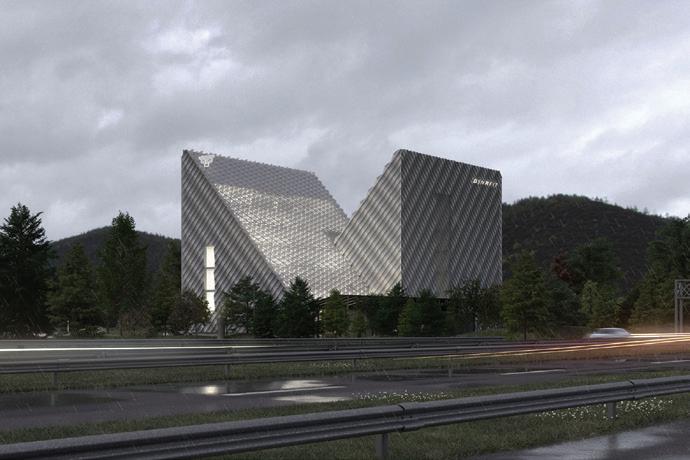
10
THE DAILY PILL

UP FOR ANYTHING
DURABLE RELIABLE ADAPTABLE INTENSE SHOES
BY SILVIA GALLIANI
IDA-SOPHIE HEGEMANN ESTABLISHES A NEW FEMALE FKT
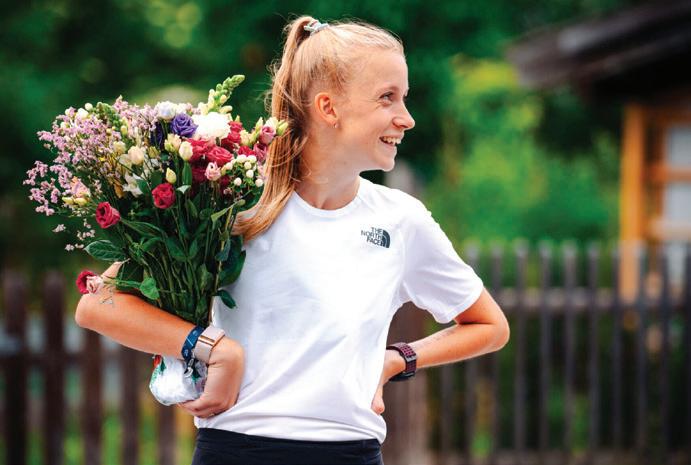
On June 27, The North Face team athlete Ida-Sophie Hegemann became the first woman to cover the entire distance of the Karwendel Höhenweg in Austria in a single rush, setting a new female FKT record with a time of 10 hours and 42 minutes. Ida claims to be the fastest woman to complete the 65,5 kilometers with over 5000 meters of elevation gain of the High-Altitude Trail, making history. The Karwendel Höhenweg is a very exposed and technically demanding alpine route between Germany and Austria which is normally completed in 3-4 days by experienced hikers.
KRISTIN HARILA: IT IS AN ABSOLUTE RECORD WITH THE 14 HIGHEST PEAKS IN THE WORLD IN 3 MONTHS


It started in April 2023 after a first attempt stopped by bureaucracy, the challenge of Osprey ambassador Kristin Harila to break the record by climbing the fourteen highest peaks in the world in less than four months. On July 27 2023, Kristin and Tenjin Lama, a sherpa with whom she shared the entire record-breaking adventure, reached the last of the fourteen peaks over 8000 metres, K2 in Pakistan. Kristin has achieved the incredible result of climbing the fourteen highest peaks in the world in just three months and one day, for a total of 92 days.
ANDRZEJ BARGIEL ON SKIS ON GASHERBRUM I AND II
The collaboration between Ferrino and its new ambassador Andrzej Bargiel, climber and extreme skier, heir to the great tradition of Polish mountaineering, has begun in the best possible way. With his ambitious project "Hic Sunt Leones", Bargiel aims to complete the ascent without the use of supplementary oxygen and the descent on skis of the 14 highest peaks of the planet. Last July 19th it was the turn of Gasherbrum II (8035m), ten days later instead Bargiel tackled Gasherbrum I (8080m) reaching its summit on July 26th.
VIBRAM OFFICIAL SOLE SUPPLIER OF DACIA UTMB MONT-BLANC 2023

The partnership between Vibram and UTMB World Series reaches its climax on the occasion of the highly anticipated week of events of the Ultra Trail Du Mont-Blanc. From August 28th to September 3rd, in Chamonix, there will be various sports initiatives and awareness meetings aimed at public and athletes, including a talk with some of the athletes of the Vibram Trailrunning Team. The Vibram Innovation Mobile Lab is also back, the itinerant truck that gives curious and enthusiasts the opportunity to test the best Vibram compounds and technologies first hand.
MAMMUT MOUNTAIN DAYS ARRIVING IN SEPTEMBER
Three days in which to exchange anecdotes, stories and skills, all in the iconic setting of Zermatt, Switzerland. These are the Mammut Mountain Days, which from 1 to 3 September will host talks, workshops and tours led by alpine guides and professional athletes. Suitable for both beginners and experts, the various tours will lead to the discovery of the best climbing cliffs and hiking trails in the area. Back at base camp, good company, local food, live music and the screening of movies dedicated to the mountain before falling asleep under the stars.

12
THE DAILY PILL
CURIOUS BY NATURE
We venture out into nature to reconnect with ourselves and change our perspective to look at things differently than before.

Contemporary outdoor since 1870
BEST MADE
BY DAVIDE FIORASO
1.PATAGONIA
WOMEN'S
R1 CROSSSTRATA HOODY
I ntermediate layer designed to face sudden changes of weather. Soft and warm stretch fabric characterized by a special zigzag texture and an external surface with a PFC-free DWR treatment. Helmet compatible hood, vertical zipped security pocket and Fair Trade Certified stitching.
4.JACK WOLFSKIN

M OROBBIA BAR ROLL
15L bag made of robust bluesign certified waterproof material. Thanks to the innovative magnetic closure, Fidlock Winch can be quickly removed from its support. The TPU straps fix the bag securely to any handlebar, while the 5 supplied spacers allow for perfect positioning.
2.COBER
M OSS
Adjustable aluminum trekking poles, made in Italy. Innovative adjustment system with CamLock lever whose bi-material construction gives greater adherence to the shaft. Ergonomic grip with 7 degree inclination for maximum ergonomics. The tail on the back of the grip helps traction in the most difficult situations.

5.GARMIN

I NREACH MESSENGER
Small but robust satellite communicator to keep in touch with family and friends even when there is no network coverage, thanks to global messaging functions. Interactive SOS alerts, battery capable of guaranteeing up to 28 days of autonomy, IPX7 waterproof classification.
3. GREGORY
M IKO 20 BACKPACK
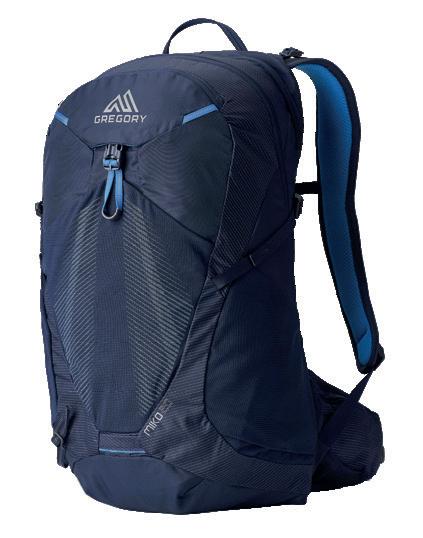
Designed to excel on day hikes, on any terrains. It offers various setting functions to better adjust the fit, while ensuring excellent ventilation thanks to the BioSync suspension system. The 3D foam back panel reduces back contact and promotes airflow.

6.LA SPORTIVA
AEQUILIBRIUM SPEED GTX
La Sportiva’s new model for the most demanding mountaineers who need a crampon-compatible, waterproof and high performing product. Uncompromising lightweight, to be fast even on the most demanding terrains, and lots of sophisticated technical features. External water repellent gaiter in stretch fabric.
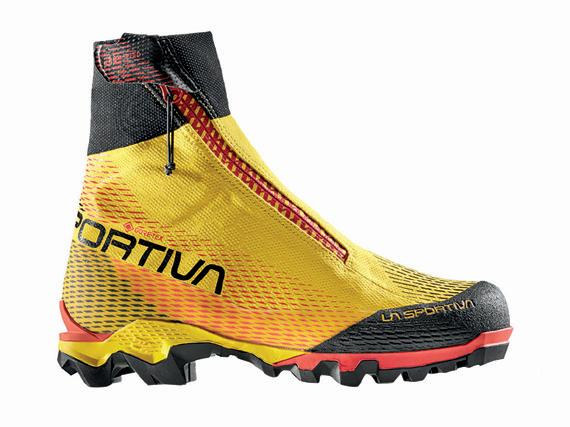
14
1.
2.
3.
4.
5.
6.
DISTANCE VEST

Engineered for long distance races and fast-paced adventures.

8.DEUTER G RAVITY EXPEDITION 45+

The years of experience and extreme demands of expedition professionals Gerlinde Kaltenbrunner, Dominik Müller and Kazuya Hiraide were the basis for the minimalist, functional Gravity Expedition with bluesign certified main material. The Light Back system, stripped down to the essentials, allows you to carry heavy loads comfortably.
SARNER UNDYED
The innovative interpretation of the classic Sarner. Made of natural (not dyed) wool combined with a viscose knit lining. Its tightly woven construction and high lanolin content guarantee soft and thermoregulating warmth. Equipped with hood, two zipped pockets and snap button closure.
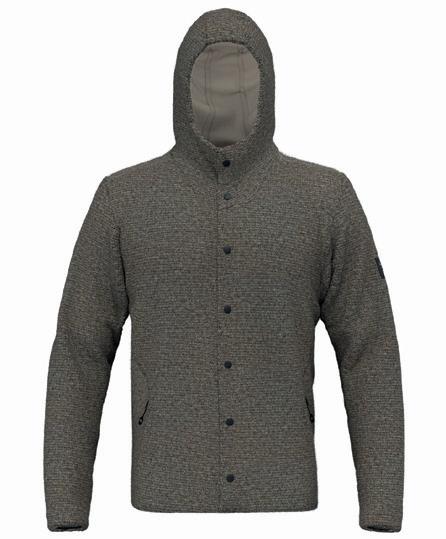
BEST MADE
BY DAVIDE FIORASO
8.SYLVANSPORT GO CAMPER
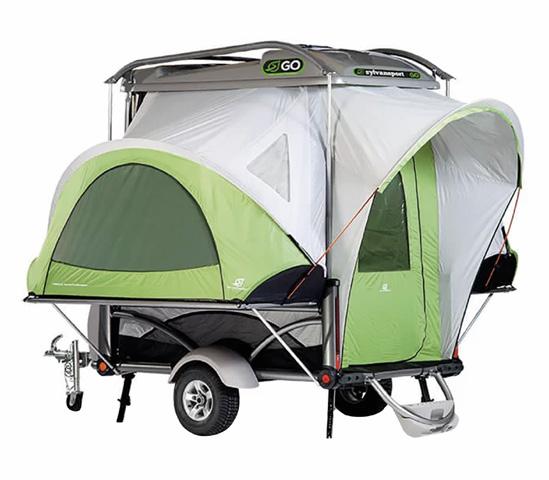
From the Blue Ridge Mountains, the multipurpose trailer that National Geographic has defined as "Coolest. Camper. Ever.” Designed and built to give you years of fun and adventure, this "pop-up camper” easily adapts to the transport of bicycles or kayaks. The multiple configurations allow you to accommodate up to 4 adults.
11.MAMMUT 9.5 CRAG WE CARE CLASSIC ROPE

Single rope for sport and classic climbing, ideal both for beginners and people not very familiar with the belayer, but also for those who already have some experience and want a durable rope. The particular color is due to the recycling of the residual thread left over from other ropes.
9.BLACK DIAMOND DISTANCE 1500 HEADLAMP

The pinnacle in headlamp technology. The PowerTap system increases the intensity up to a maximum of 1500 lumens, the multi-faceted lens guarantees a uniform light beam that maintains depth perception. The battery pack has an 8 hour capacity at 300 lumens and is easily replaced with one hand.
Fast hiking shoe suitable for dynamic activities. Vibram Traction Lugs sole with Megagrip technology and High Rebound EVA wedge offer surprising grip and cushioning. It features a Dynamic Fit technology to adapt heel tension to your stride. Elica system promotes biodynamic efficiency.

16
7. 8.
9.
10.
11.
12.
10.SALEWA
WOOL HOODED JACKET
12.AKU FLYROCK GTX



The iconic Heimplanet geodesic dome tent is proposed in this limited edition that combines the aesthetic influence of Maharishi. For the collaboration, the London streetwear brand has chosen a special DPM called Golden Tigerstripe Camouflage, a rare Vietnamese motif reproduced on the inner cloth.

KILLER COLLABS
BY DAVIDE FIORASO
2.FEDERICO EPIS X MILLET
WALTER BONATTI CERVINO 1965 T-SHIRT

Millet presents its t-shirt collection created in collaboration with illustrator Federico Epis. Designed to optimize comfort in hot weather conditions, they feature graphic motifs that illustrate some ascents that have marked the history of mountaineering, such as Bonatti's feat up the north face of the Matterhorn.
4.KITH X COLUMBIA
Kith and Columbia Sportswear resume their partnership with a broad assortment of outdoor clothing and accessories that combine function and style. The Transit Bag in textured nylon features an adjustable shoulder strap, security pocket on the back, two front pockets finished with silicone patches.


Inspired by the Marimekko design archive, the Finnish fashion house famous for its expressive patterns, this sporty sweatshirt beautifully balances retro and modern influences. The three tripes wrap around the voluminous sleeves and work their way through the contrasting wave print. Loose fit and cotton coming from sustainable productions.

3.BLACK DIAMOND X CHALLENGE SAILCLOTH BETA LIGHT 30 PACK
Born from a collaboration with Challenge Sailcloth, manufacturer of Ultra 200 fabric, Beta Light is the ultimate combination of durability, lightweight and comfort, built to move fast and cover long distances. Taped seams and a roll top closure make it waterproof and able to withstand any use.
6.QUOC X RESTRAP SANDAL
From the meeting between two British brands with over twenty years of experience in bikepacking, these "post-ride" slip ons are born. They combine comfort, style and functionality. Anatomically designed footbed, non-slip tread and thick straps for quick and comfortable fastening on the saddle bag.

18
1.
2.
3.
5.
4.
6.
5.ADIDAS X MARIMEKKO FUTURE ICONS 3-STRIPES SWEATSHIRT
PFG HIP PACK
1.MAHARISHI X HEIMPLANET CAVE TENT
DEUTER IS FOR STAYING FOCUSED

30 deuter.com
GUIDE
#deuterforever
7.NOMAD X PEAK DESIGN RUGGED CASE
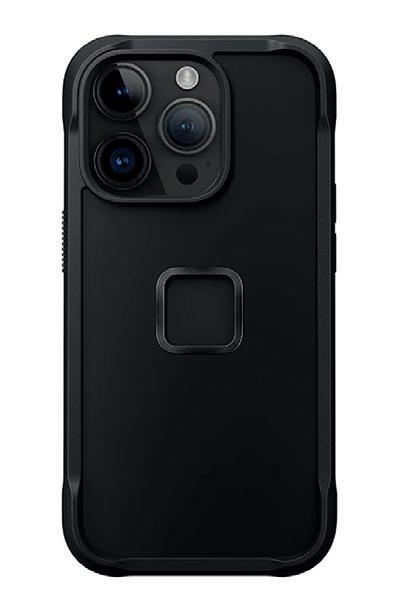
A rugged and reliable solution to protect your phone on adventures. Designed for iPhone 14 Pro/Pro Max, it is a durable polycarbonate frame with TPU reinforced corners. The innovative SlimLink technology allows you to connect a wide range of accessories.
KILLER COLLABS
BY DAVIDE FIORASO
10.RED PADDLE X CLARKS ATL COAST
A high performing shoe built for exploration. ATL Coast Red combines authentic Clarks craftsmanship with Red's paddle boarding expertise. Designed for amphibious environments, it adopts innovative technologies to improve grip on wet surfaces. The perfect solution for your days on SUP.
8.BEAMS X ARC’TERYX ATOM LT JACKET
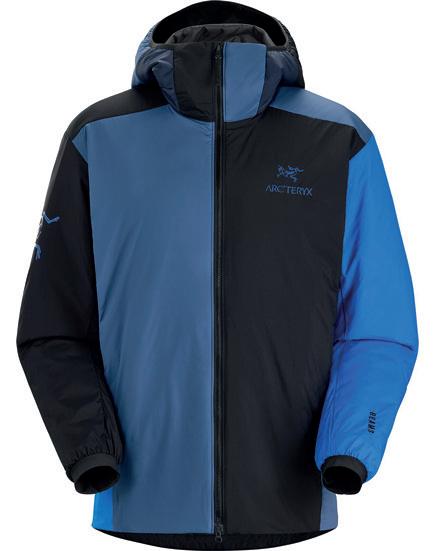
Atom is one of the exclusive reinterpretations chosen by Beams for the Boro Collection, yet another encounter between Arc'teryx and the influential Japanese retailer. Once again large patchworks dominate, now inspired by the traditional aizome (indigo blue) dye. The jacket is accompanied by a Mantis backpack and pouch.
11.CASCADA X DIRTYDROPBARS
Great performing technical jersey made with a soft, quick-drying and 100% recycled fabric that keeps you cool on hot summer days, offering additional protection on the arms. Special edition for DirtyDropBars, a collective born to inspire, encourage and support the gravel community.
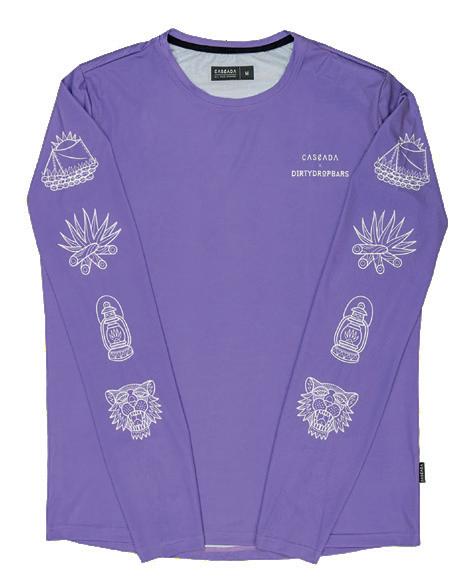
9.BOREAL X ZARA ATHLETICZ CLIMBING SHOES


Exclusively for the new Zara Athleticz collection this climbing shoe derived from Boreal's Alpha model. The comfortable microfibre upper and the quick double Velcro closure system make it suitable for beginners, both for indoor use and for the crag. Zenith sole with a thickness between 4 and 4.5mm.
X KINTO
An elegant design, progenitor of the clones we see today. A simple but attractive accessory. The classic Water Bottle by Kinto, a drinkware company founded in Shiga in 1972, proposed by Gramicci in its own exclusive version. Easy Open lid that can be opened with a single twist.

20
7. 8. 9.
10.
12.
TRAIL LIGHTWEIGHT LONG SLEEVE T-SHIRT
12.GRAMICCI
WATER BOTTLE 500 ML
11.

ECO SEVEN
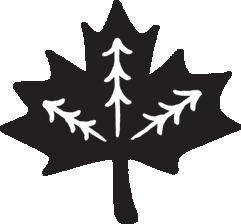 BY DAVIDE FIORASO & SILVIA GALLIANI
BY DAVIDE FIORASO & SILVIA GALLIANI
S CARPA CHANGES ITS LEGAL S TATUS BECOMING A BENEFIT COMPANY
SCARPA has taken on the legal form of a Benefit Company, formalizing the union of economic goals with the creation of a common benefit. In this way, the company makes explicit its commitment to carry out its activities by operating according to a responsible, sustainable and transparent development model. The adoption of the status, which took place through a statutory amendment and achieved with the support of Nativa, is the result of a long process dedicated to sustainability that focuses on people and their respectful and authentic relationship with nature and the mountain environment.

O BERALP: CIRCULARITY, BEST IN CLASS AND CLIMATE NEUTRALITY BY 2030
I n the recent "Contribute" sustainability report, the Oberalp Group presented its new sustainability strategy by setting ambitious goals for the future. The brands of the group (Dynafit, Salewa, Wild Country, LaMunt, Pomoca and Evolv) illustrated their approach to achieve these goals: circularity, climate neutrality and "best in class" factories, both from a social and environmental point of view, are the three goals they want to reach. Establishing the status quo will be the first step by completing life cycle assessments and determining the impact of their products.
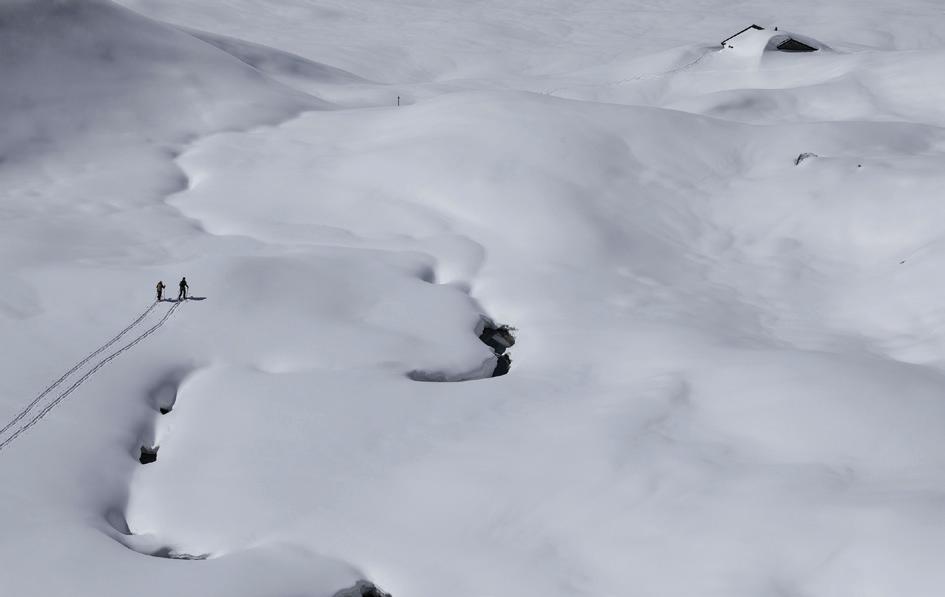
E COTAN BIO-CIRCULAR LEATHER IS BORN
D eveloped by Silvateam, together with some of the best tanneries in the world, Ecotan is a bio-circular leather that uses plant based tannins, reaching the same performance levels as those obtained with chrome and glutaraldehyde tanning. The result is a safe, eco friendly and clean system. The most relevant feature of Ecotan formulations is that they are bio-circular: both they and the leather with which they have been combined are designed for a second life as a fertilizer in organic farming and then returned to nature
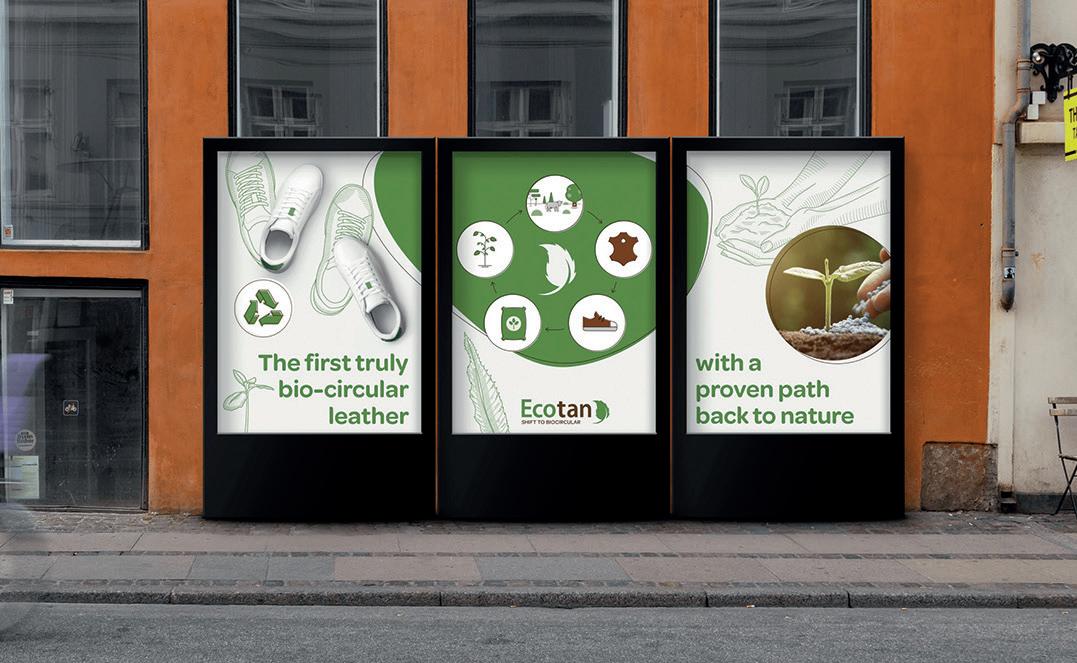
22

ECO SEVEN
BY DAVIDE FIORASO
PATAGONIA LAUNCHES A GLOBAL C AMPAIGN TO BAN BOTTOM TRAWLING

O n World Oceans Day 2023, Patagonia launched a global campaign focused on protecting and restoring the oceans. Through a series of short movies, a dedicated website, a petition and some events across Europe, Patagonia will mobilize people and call on governments to end bottom trawling by imposing an immediate ban in marine protected areas and coastal areas. The campaign will also promote regenerative alternatives to this destructive practice, such as 3D oceanic algae cultivation and seagrass restoration.
A KU PRESENTS IMPACTO, T HE HANDBOOK FOR ENVIRONMENTAL IMPACT ASSESSMENT

Reducing CO2 emissions is an obligation to which we are called to respond. A fundamental commitment to be carried out jointly, between industry and distribution. For this reason, AKU has designed Impacto, the first and only manual for estimating the CO2 footprint of outdoor footwear. A unique and innovative tool, which represents the company's commitment to the entire outdoor community. A large-scale project inspired by the cardinal principle of sharing.
O RTOVOX TOGETHER WITH GLAC-UP FOR THE ENHANCEMENT OF GLACIERS

Ortovox has announced its support to Glac-Up, the first startup dedicated to the enhancement and protection of Alpine glaciers, once again highlighting its active commitment to initiatives aimed at preserving the environment. The project will consist of a tour through the main Italian glaciers in order to identify and highlight problems and difficulties in the area. There are currently two stages that make use of the support of Ortovox as a technical sponsor: the first one for the benefit of the Vedretta Piana Glacier, the second on the Presena Glacier.
M ATERIAL FACTS: THE SOLUTION
COMPLICATED QUESTIONS
Equip Outdoor Technologies, owner of Rab and Lowe Alpine, has launched a new digital labeling system that will allow consumers to find detailed and understandable information on the recycled material content, the state of fluorocarbons and on the place of production. From September 2023, the Material Facts tool will be available on all Rab clothing and sleeping bags, accessible by scanning a QR code on the product label.
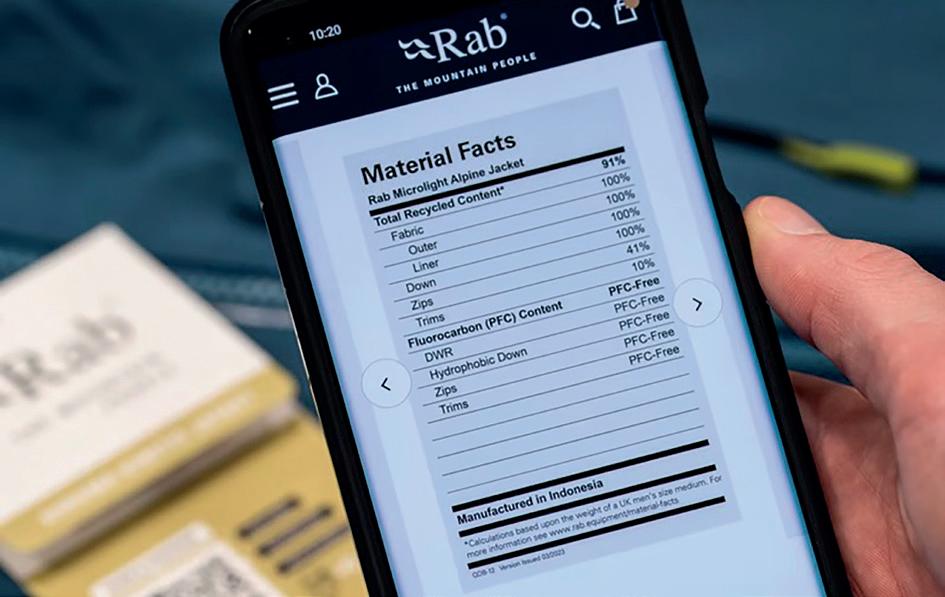
24
T O
Equipe Sestriere XT. Grounded on nature.
Designed to guarantee maximum comfort during trail running sessions, Equipe Sestriere XT is provided with X-Terrain technology, able to offer maximum protection on four different surfaces: grass, gravel, mud and wet rocks.
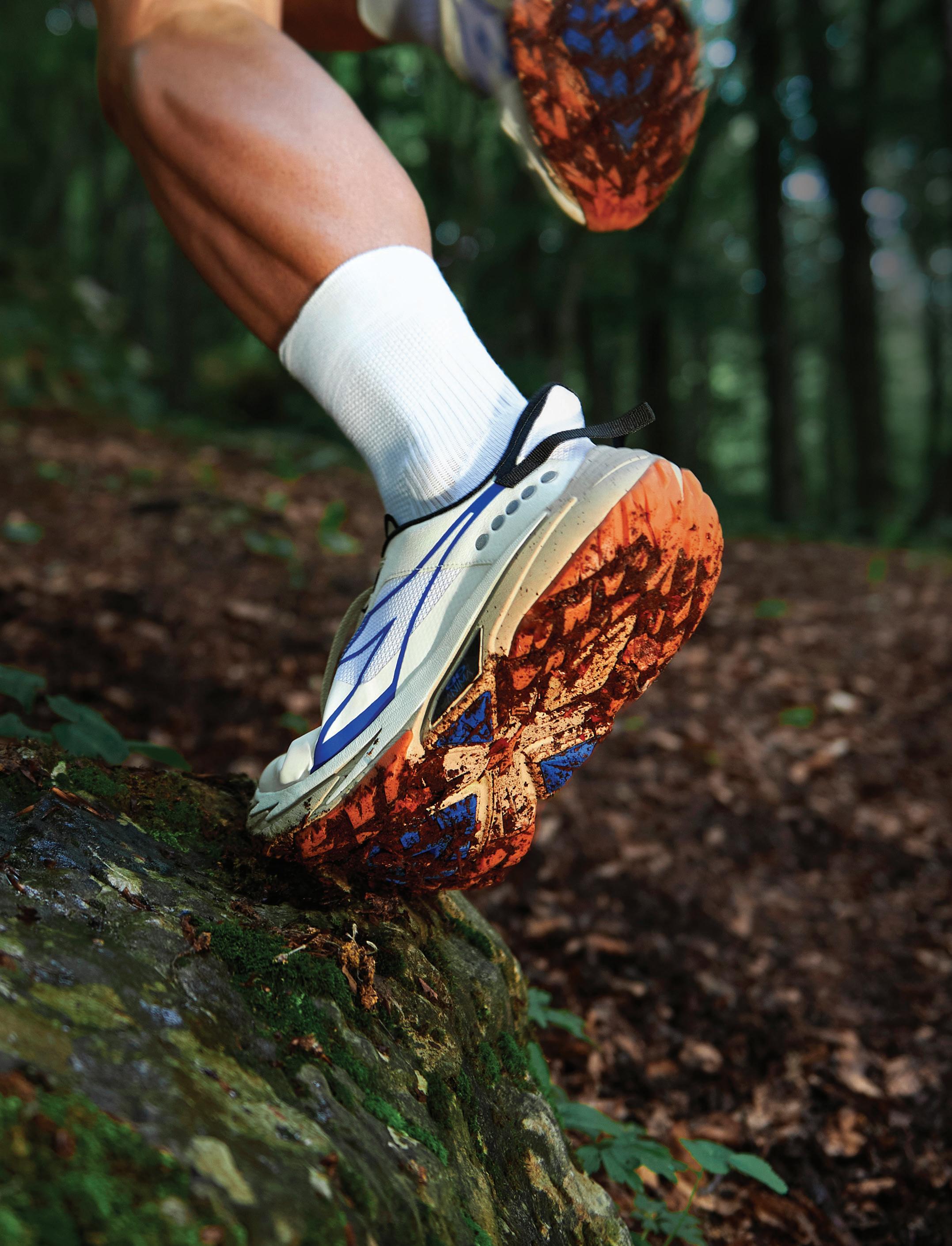
GRASS MUD GRAVEL WET ROCKS
Inspired by the V shape of the ibex’s hoof, the sole is made of hard rubber in its lateral parts to ensure stability and adherence and high grip soft rubber in the central part.
Cober’s sustainability path

Cober’s factory is in Opera, a town on the outskirts of Milan. All around, the plain of the South Agricultural Park, which with its 47.000 hectares is the largest belt park in Europe. The mountains are far away on the horizon, they can only be seen on the clearest days, but it is those mountains that this company has always looked to. Cober was born in 1953 to realize poles but over time it also started producing ski bindings, forever linking its name to the epic of the Italy national alpine ski team. We met Alice Covini, Cober sales manager, to understand the approach to sustainability of this leading company in Italy in terms of production volumes.
How did you address the issue of sustainability in Cober? Cober's strategic approach to sustainability is consistent with our work ethic, therefore extremely pragmatic. As an Italian leader in the poles sector, we feel the responsibility to act concretely and maintain communication on such an important issue in the field of sobriety and intellectual honesty, keeping us away from the grey area of greenwashing. The first point of sustainability for Cober is linked to the durability of the products. Because a pole that lasts over time avoids the production of a new one to replace it, reducing the emission of greenhouse gases. The most sustainable pole is the one you don't have to buy. The design, the choice of materials, the repairability, are all elements that contribute to the duration over time. For example, we have all the parts needed to repair poles in stock, from the grip to the rubber tip.
BY PAOLO MAZZOLENI
What material are your poles made of and why? Aluminum is somewhat the specialty of the house, both for its reliability compared to carbon, and because aluminum is an infinitely recyclable metal, just think that 75% of the aluminum produced worldwide in the last 200 years is still in use. Its use by Cober is linked to three different sustainability themes. The first point is that a pole that lasts over time is by definition more sustainable. For this reason, we only use the two most precious and resistant aluminum alloys, namely 5083 and 7075, also known aeronautical aluminium. Furthermore, our aluminum has short logistics because it is produced and tempered in Italy. Finally, these alloys contain a high percentage of recycled aluminium, from 53 to 85%.
Do you use other recycled materials? Preventing waste production as much as possible has always been a shared value within the company since its foundation and for this, in the last decade we have developed a path of circularity in production, transforming waste into finished products, such as the grips of some

models, and the pole clips. In fact, the production waste in plastic material is recovered, selected and washed before being transformed into granules for molding as a second life plastic. This process was made possible through a review of product design and engineering and the development of specific plastic formulas so that the components thus created had the same resistance characteristics as those produced from virgin plastic.
Have you developed other sustainability solutions in relation to production? The production chain has an important contribution towards greenhouse gas emissions but often remains completely hidden. In the case of Cober, all the processes take place within a single production site, with the exception of the raw materials and the stitching of the straps. Our poles are therefore not only made in Italy, but they also have an extremely short supply chain. Furthermore, our factory runs on electricity and for some years now we have been converting to an energy consumption that comes 100% solely and exclusively from renewable sources.
26
PILL
THE
BRANDS
MAKE TIME WITH THE NEW www.gregory.com
Hit the open road, breathe in the fresh air, and explore the unexplored. With the ventilated, dynamic FreeFloat suspension, the Zulu and Jade have your back for every mile, so you can focus on taking in the open air.


 SILVIA GALLIANI
SILVIA GALLIANI
All the news of epix Pro
Il Monte Bianco, Simone Moro e Garmin epix Pro
There could be no better setting than the one of the Mont Blanc massif for a day of out-of-the-ordinary adventures and innovative technologies. Cicerone of the day is Simone Moro, a mountaineer who certainly needs no introduction and who escorts us from Courmayeur up to the 3446 meters of Pointe Helbronner. Thanks to the Skyway Monte Bianco cable car we arrive at the border between France and Italy, accompanied by the incredible stories of Moro, together with Garmin representatives, a US company with which he has been collaborating for 15 years and which has supported him in all his greatest recent challenges.
Simone Moro, considered one of the strongest mountaineers on the scene, after growing up on the walls of the Alps, successfully measured himself on the most important Himalayan peaks and beyond. In fact, he has been the first to climb in winter Nanga Parbat, Pakistan, 8126m, considered together with Annapurna, one of the most dangerous mountains in the world.
"It's a huge mountain: Mont Blanc would fit in it forty times, Everest a couple, but above all its base camps are very far from the summit" says Moro. “On the day we started climbing there were -34 Celsius degrees, but with winds running at 45km/h in terms of wind chill the perceived temperature was - 58.”
It is 2016 and Moro, on his fourth attempt, reaches the summit at 3.34pm. Nowadays Moro is something more than a mountaineer, he is a true testimonial of the mountain in all its forms: from classic mountaineering on rock, ice and mixed up to sport climbing, passing through skyrunning and ski mountaineering competitions. Alongside Garmin for many years, he has seen first-hand the birth and genesis of the two new products that the brand, in the exclusive setting of Mont Blanc, is about to present, also contributing in a way, to their development. We are talking about fenix 7 Pro and epix Pro, Garmin’s latest releases.
Pro series are equipped with features dedicated to training and competition, an even clearer navigation and an in-depth and continuous monitoring of the state of fitness. Daily information about the one’s physical condition to train so that you can evaluate the training load of the day, while training metrics such as Endurance Score and Hill Score, VO2 max, Training Status and more allow you to evaluate the overall performance. While running, the PacePro function provides indications on the pace to maintain on the different parts of the route, ClimbPro instead displays real-time information on overall ascents and descents to reach the finish line.
In particular, epix Pro combines a design devoted to sport and resistance with exclusive materials such as sapphire and titanium, even more extraordinary thanks to the incredible brightness of the Amoled display. A highly sensitive touchscreen, alongside the classic button interface, allows quick access to maps, fitness parameters and statistics, smart notifications and more. Red Shift mode changes display colors to help eyes better adapt to dark conditions and reduce sleep cycle disturbances. The LED flashlight guarantees training in complete safety during night runs. Finally, a complete set of functions dedicated to navigation allows you to move consciously in any environment, with detailed maps, accuracy of the satellite reception system and functions capable of limiting battery energy consumption. The new model is also equipped with oxygen saturation analysis, Pulse Ox4, Body Battery energy monitoring, detection of sleep quality, heart rate variability and more.
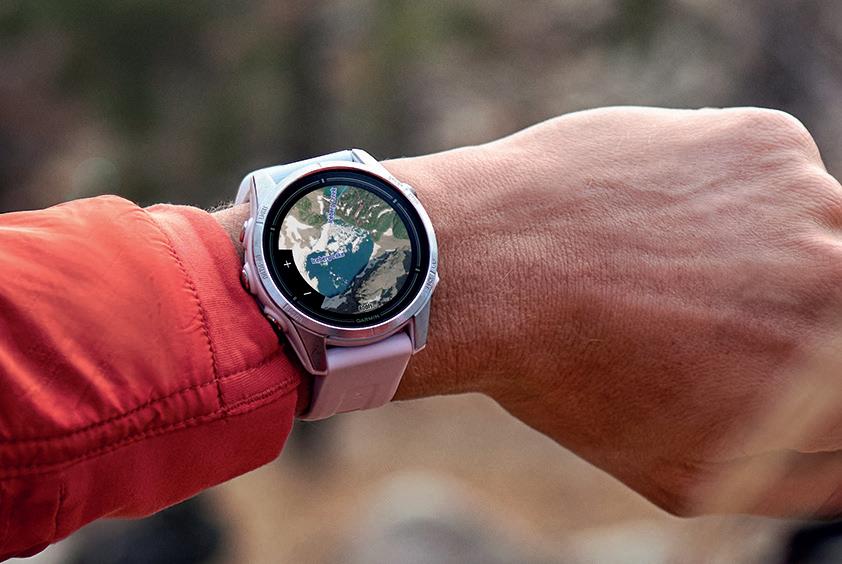
28
BY
THE PILL PRODUCTS



EVERY TRIUMPH TAKES COURAGE NEXT-LEVEL COMFORT saucony.com
Saucony Triumph 21


The next level comfort
Saucony presents Triumph 21, the new version of the iconic running shoe, now even more cushioned, comfortable and sustainable thanks to the exclusive RFG - Run For Good version.
Triumph by Saucony needs no introduction, the model is in fact a cornerstone among the brand's neutral shoes, a light and soft model which, thanks to the PWRRUN+ cushioning, gives the right amount of support for a light and comfortable feeling underfoot, ideal whatever your speed and running goals are.
Triumph 21 features a new flat knit upper that uses a redesigned lacing system to ensure a perfect fit and all the security you need during your running sessions. The comfortable fit is further ensured by the soft heel collar and padded tongue. Midsole and insole are made in PWRRUN+, the avant-garde among Saucony cushioning systems that guarantees maximum energy return, impact absorption, reactivity, pressure reduction, durability and low weight. With a 10mm drop (37mm heel / 27mm forefoot) Saucony Triumph weighs just 279g in the men's version and 250g in the women's version.
Another novelty is the RFG – Run For
BY SILVIA GALLIANI
Good version. The exclusive model ensures the same performance as the classic Triumph 21 version but with greater attention to the environment. For many seasons, in fact, all the models in the Saucony collection have been using partially recycled materials, a real path towards a growing attention to environmental issues that will lead the brand, step by step (just like you do when you approach running), to become increasingly sustainable while maintaining the qualitative and high performing features for which the company is known and renowned. Furthermore, Triumph RFG, to limit its dependence on plastic, will use PWRRUN BIO+ containing 55% corn-based foam combined with an upper partially composed of recycled yarns and vegetable-based dyes and an 80% natural rubber sole.
RFG – Run For Good is arriving on the market this autumn but, starting this season, Saucony has stepped up its commitment to the planet and many models will therefore be made in the RFG version.

30
THE PILL RUNNING














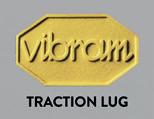

NATURAL STRIDE SYSTEM
BY LISA MISCONEL PHOTOS PIERRE LUCIANAZ
Days on the wall and everything you need in the 880 grams of deuter Guide 30

It is often said that there are things that cannot be improved, because it would be necessary to repair what already works very well: let's talk about backpacks, let's talk about deuter. A German brand that is an icon in the backpack world and has accompanied millions of travellers, hikers and mountaineers on their wildest adventures for decades. Yet it keeps working, keeps improving. We had the
opportunity to get to know the new jewel of the SS23 collection better, the lightest, most functional and brand new Guide 30. Even the thinnest of the improvements implemented makes this backpack an interesting discovery in the mountaineering field even more than the previous Guide and Guide Lite. But what makes it so innovative?
The perfect capacity for day adventu-
res, able of holding emergency equipment and clothing. The resistance given by its tightly woven structure and the Delrin U frame which also guarantees stability and comfortable load distribution. A detachable mesh helmet holder is integrated into the lid but can also be moved to the front of the pack, for a more stable pack fit specific to the terrain and style of route. The Guide backpacks are hydra-
32 THE PILL PRODUCTS
AMPLIFY YOUR PASSION


33 ZAMBERLAN.COM
226 SALATHÉ TREK GTX RR
tion compatible with a bladder of up to 3 liters.Even comfort, as we know, is essential on long days on the wall, and this is where the deuter Alpine back system comes into play: soft rear padding adheres to the back, accompanying it in every movement while the distribution of the load close to the center of gravity guarantees control and stability. From a first glance you can perceive the essentiality
THE PILL PRODUCTS
BY LISA MISCONEL PHOTOS PIERRE LUCIANAZ
of this model which however hides all the features necessary to transport high mountain equipment. For a backpack that has won the ISPO award and that keeps receiving recognition and good feedback, it seems that nothing else needs to be added. Instead, the last but fundamental feature that makes it so noteworthy is its sustainable soul: completely climate neutral and PFA-free. We
always find ourselves in difficulty when we arrive at the crossroads in which to choose between lightness and functionality, especially when it comes to climbing where every gram is worth exactly as much as the speed of access to the material. After a long day spent on the wall, the return is made pleasant by the energy left also thanks to the light ascent.
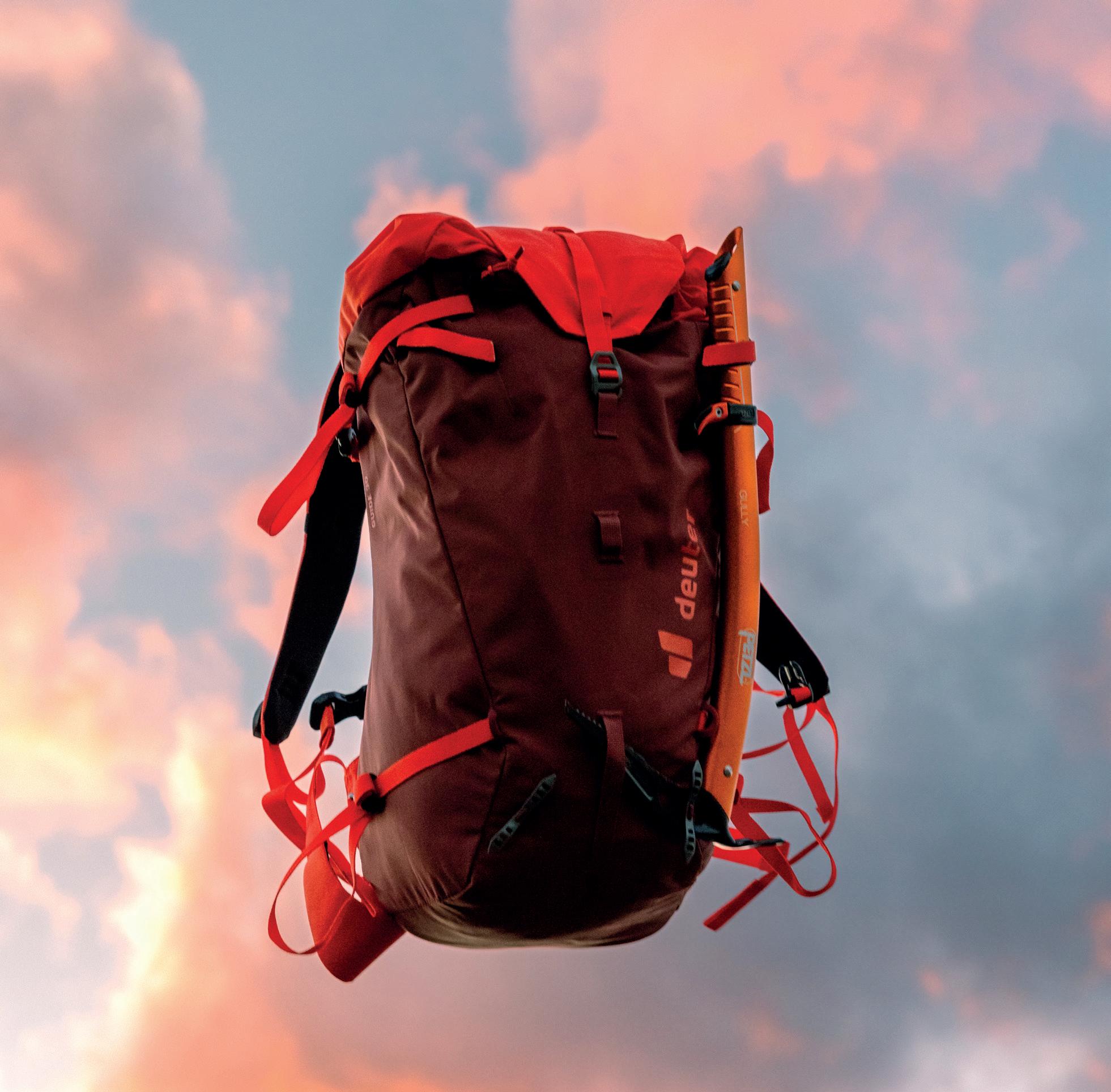
34

www.cober.it
BY LISA MISCONEL
Ferrino X-Dry 15+3 Fast &... smart!
Every lover of trail running is increasingly looking for long and unexplored itineraries. Famous multi-day tours are covered in a (fast) pace in all weather conditions. Certainly in these cases, and especially in the case of overnight stays, it is difficult to decide between lightness and efficiency. There are a thousand unknowns in this type of activity, and an insect bite as well as a wrong food supplement can ruin the entire adventure This is why it is important to have everything you need with you: poles, dietary supplementation, water, rain protection, first aid kit, additional clothes, headlamp, spare socks. All this must also be protected from moisture caused by sweat or rain.
It seems that these were the thoughts behind the new backpack of the historic Italian brand, which is proposed as an alternative gear aimed at functionality for the world of long distance or multi-day trails, where waterproofing and capacity are crucial. X-Dry 15+3 will be available from the SS24 season,

and will be able to satisfy everything we have talked about so far, in the smartest way possible. The 10000mm water column insulation is provided by the lamination processor the HDry membrane. This is directly glued to the super resistant 100D Robin nylon ripstop thus sealing fabric and seams
in one step. The height-adjustable back panel and adjustable shoulder straps mean that X-Dry 15 can fit any back, while the 3D mesh allows for ultra-fast drying. The pockets, another fundamental factor in a backpack, are positioned on the front and back so as to cover every need: two front pockets, two

36 THE PILL PRODUCTS
THE PILL PRODUCTS
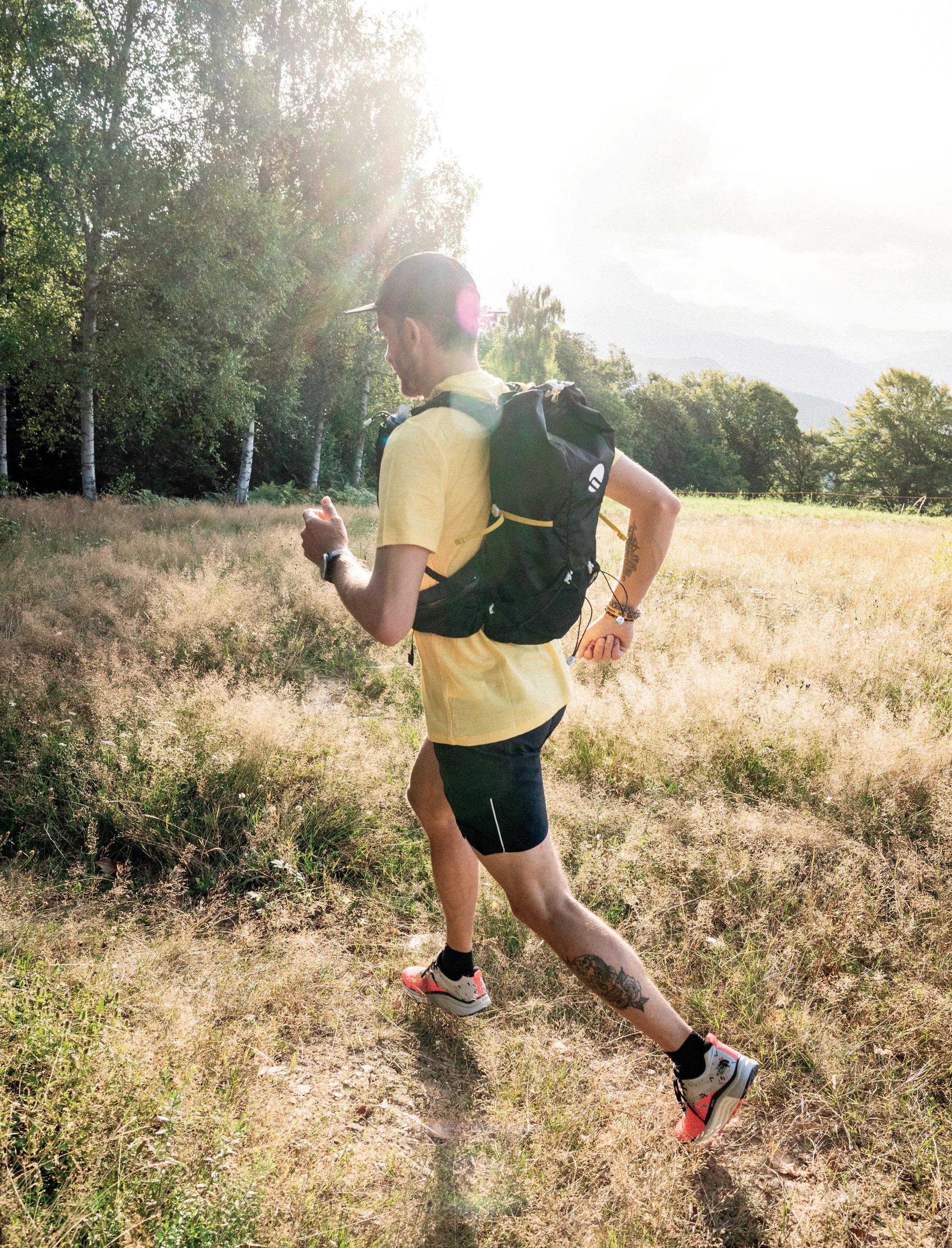 BY LISA MISCONEL
BY LISA MISCONEL
37
on the shoulder straps for flasks, rear tunnel pocket with double access, and one more on the back. All the necessary technical details are also present, such as a set of elastic pole holders, a double chest strap, compatibility with the H2 Bag hydration system, a rear loop for the safety light, reflective de-
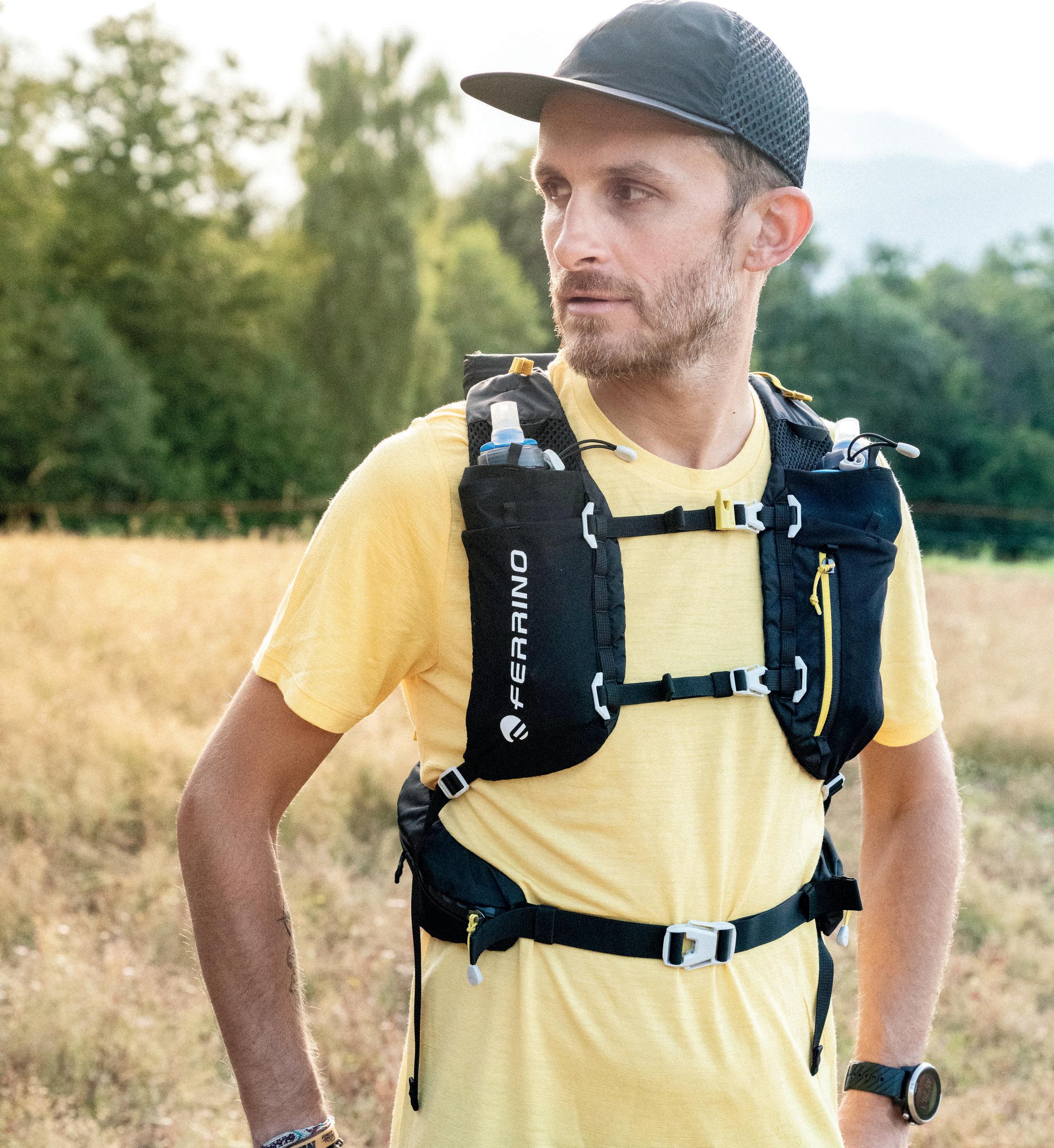
THE PILL PRODUCTS
BY LISA MISCONEL
tails. We tried it while running, but the interesting thing about a backpack of this type is that it also covers those fast hiking activities where you need to carry the essentials with you but want to do it without bulk so you can move more freely. In short, whether you run for kilometers or kilometers
or move quickly on trails with severe elevation gain, the new X-Dry 15+3 is the multifunctional backpack that will faithfully accompany you and keep your essentials safe!
38

Always active in its commitment to the creation of products of the highest quality and in environmental activism, the brand, founded by Yvon Chouinard in 1973, today adds an extra piece in the field of repairs, making it easier than ever for customers recover their damaged clothes.
For the past 12 years, Patagonia has been building awareness among its customers on why and how to prolong the life of clothes through the Worn Wear program and messages such as "Don't Buy This Jacket”.
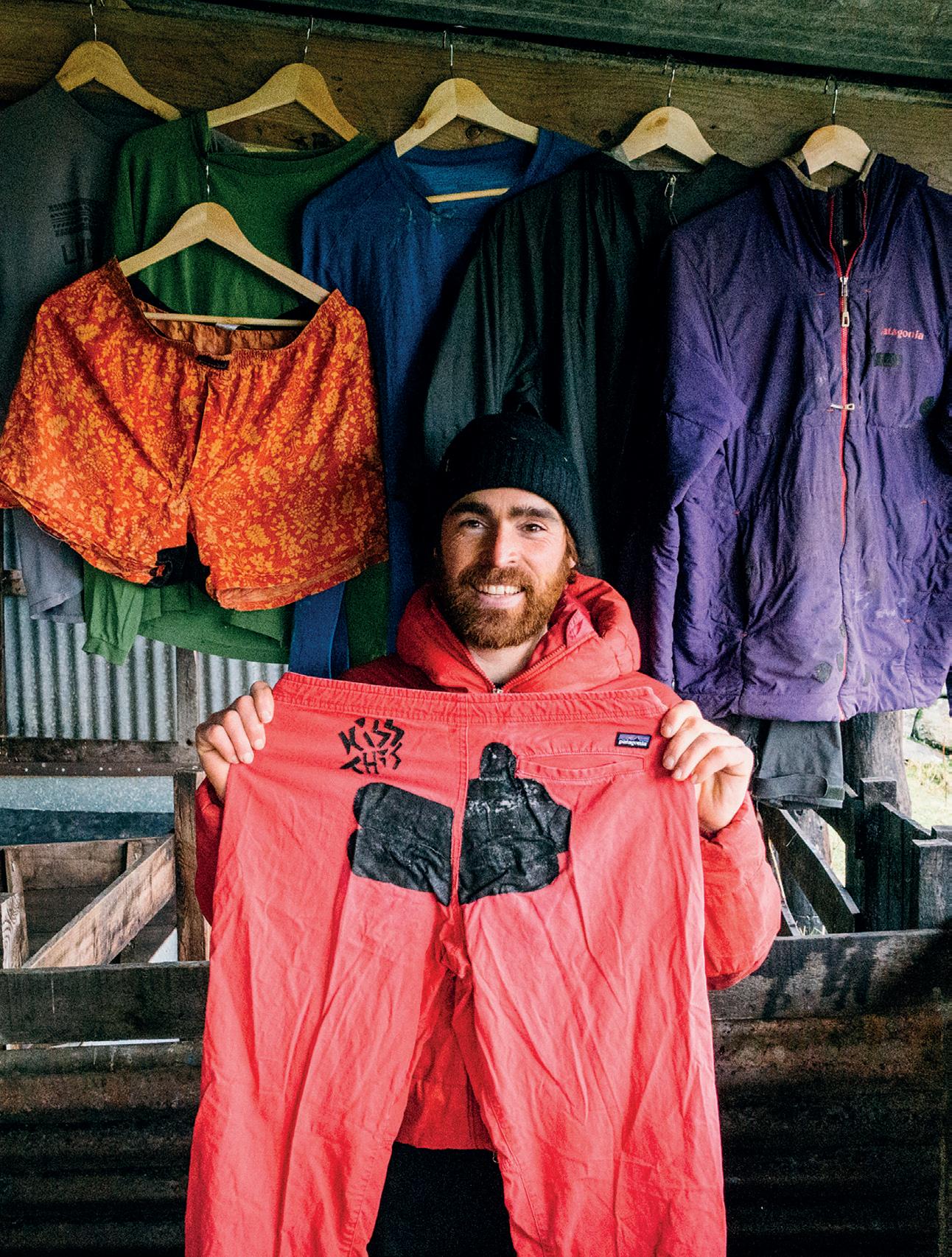
“Don't Buy This Jacket” has been in fact the headline that occupied a page of the New York Times in 2011 on Black Friday. To accompany the provocative message, the image of the jacket and a sort of decalogue of the environmental costs for the production of that garment. The campaign, which launched a clear message of the brand's distance from excess consumption and fast fashion, together with the Worn Wear program clearly showed the brand's values. Worn Wear is in fact the initiative that invites consumers to carefully consider the 4 Rs: Repair, Reuse, Recycle, "Reimagine". "If it's broke, fix it" is the motto that accompanies the campaign, which over the years has become not a simple slogan but a real laboratory, even a traveling one, which has often repaired also
THE PILL SUSTAINABILITY
BY SILVIA GALLIANI
garments not produced by Patagonia itself. Since 2017, the company has sent its own camper van on the streets which, with its technicians, participates in events in Europe and repairs items that otherwise would not have a second life. In support of this campaign, Patagonia helps its customers with tutorials to learn how to repair their own clothes. The importance of repairing is evident. Keeping a product in use for nine months longer can reduce the carbon, waste and water footprint by 20 to 30% compared to buying a new garment.
Today, Patagonia takes it one step further, making it easier than ever for customers to recover their damaged clothing. A new website will allow you to request a repair yourself at any time and then follow the process. In addition, the brand is expanding its network of experts, bringing more tools and services to its European stores with the aim of quadrupling repairs to 100.000 a year over the next five years. With the backing of the Amsterdam Economic Board, last year the US brand partnered with Makers Unite to launch the United Repair Center (URC),
40
If you want to go fast, go alone, if you want to go far, go together.
a new repair provider created to serve several apparel brands, training and offering guaranteed work to skilled industrial workers who find it difficult to find employment, such as newcomers to the Netherlands with refugee status.

Following the moment of launch, the URC moved to a larger facility in Amsterdam to handle increased demand and signed repair contracts with other partner brands, including Decathlon.
“If we want to have any chance of cleaning up the apparel sector we
THE PILL SUSTAINABILITY
BY SILVIA GALLIANI
need a new regenerative model and a structural change” says Willem Swager, Patagonia EMEA’s Director of Finance and Operations. “That’s why Patagonia is calling on brands to abandon the idea of only selling new garments and instead to stimulate reuse and extended use through repair. At Patagonia, we know that offering this service for free brings us many advantages and represents a unique moment to involve our customers. To increase our positive impact, we're looking for companies to join us in the repair movement. It is well known that 'If you want to go
fast, go alone, if you want to go far, go together'."
Currently, the initiative plans to open a second UK location in 2023, with additional European locations planned for next year.
41
"To increase our positive impact, we're looking for companies to join us in the repair movement. It is well known that 'If you want to go fast, go alone, if you want to go far, go together'."
Martina Cumerlato, mind of an engineer and strength of the legs
Trail running promise Martina Cumerlato has the numbers, but also the mental preparation to become a great athlete. The results already prove it, but she wants more.

Martina is someone who asks herself many questions: her approach to trail running, like all other things in life, is very analytical, even if sometimes her instincts get the better of her. This very young athlete has what it takes to shine, but above all the necessary preparation to face great challenges, such as the Skyrunning World Championships where last year she won the bronze medal, or the legendary Zegama race, which saw her rank among the top ten. For her, four things count: being in the mountains, her efforts, improving herself, but above all finding a profound meaning in what she does.
“I played football for 13 years, from when I was 7 until I was 20 and it was my greatest passion, as running is now, I was convinced that I would play it for all my life. Then something happened during the last year: I lost the motivation, I could no longer find the
BY ILARIA CHIAVACCI
sense and the joy of doing what I was doing. Then I began to study, in short, the sacrifice was no longer something I did with a smile, it had become a real burden. It was at that moment that I got even closer to the mountain, which is an environment that I have always frequented thanks to my father, who has always been somewhat familiar with mountaineering."
Quand’è che hai capito che il trail running poteva essere la tua storia? It all started from going to the mountains more and more often, walking fast and running fast: but I was a neophyte, I didn't know anything, not even that there were competitions. When I later learned of their existences, I tried to participate and I finished second: no one expected it, not even me. For the next two years I continued to compete and train as a self-taught, climbing the peaks that inspired me and going where I wanted to go. However, races went well: when I decided to get serious, I met my current coach, now I've been training with criteria for two and
a half years and, in the meantime, sponsors have begun to arrive: now, for example, I've joined the ASICS team.
Talking about Zegama, what was it like to finish in the top ten? The feelings I felt at the end of the race will be with me for the rest of my life, it was incredible. But I also feel the need to contextualize the race: in Zegama the level is always very high and so was this year, but the weather conditions (rain and mud) meant that it suddenly became a very technical race that’s why I beat a lot of people that I wouldn't beat in a normal race. My strong point is precisely the technical aspect: I managed to get a result that otherwise I don't know if it would have come because, normally Zegama is a race where you have to run fast and I still have to improve a lot on that. In fact, I saw it at the Mont Blanc marathon: the flat parts are my weak point. I'm trying to get better at it, but when people from athletics arrive it's clear that I struggle a lot more. That's why I shifted my focus
42
THE PILL INTERVIEWS
from last year's Running World Series to a mix between that and the Golden Trails, but it's really challenging.
Any plans for the near future? Next year I will see if I can focus more on skyrunning, which suits me more and leave behind the Golden Series until my level is better, now I don't feel at the level of the strong ones and at the Mont Blanc marathon I saw the difference. It is not enough to be good on technical terrain, you need to run fast: next year it will be another assessment yet to be made.
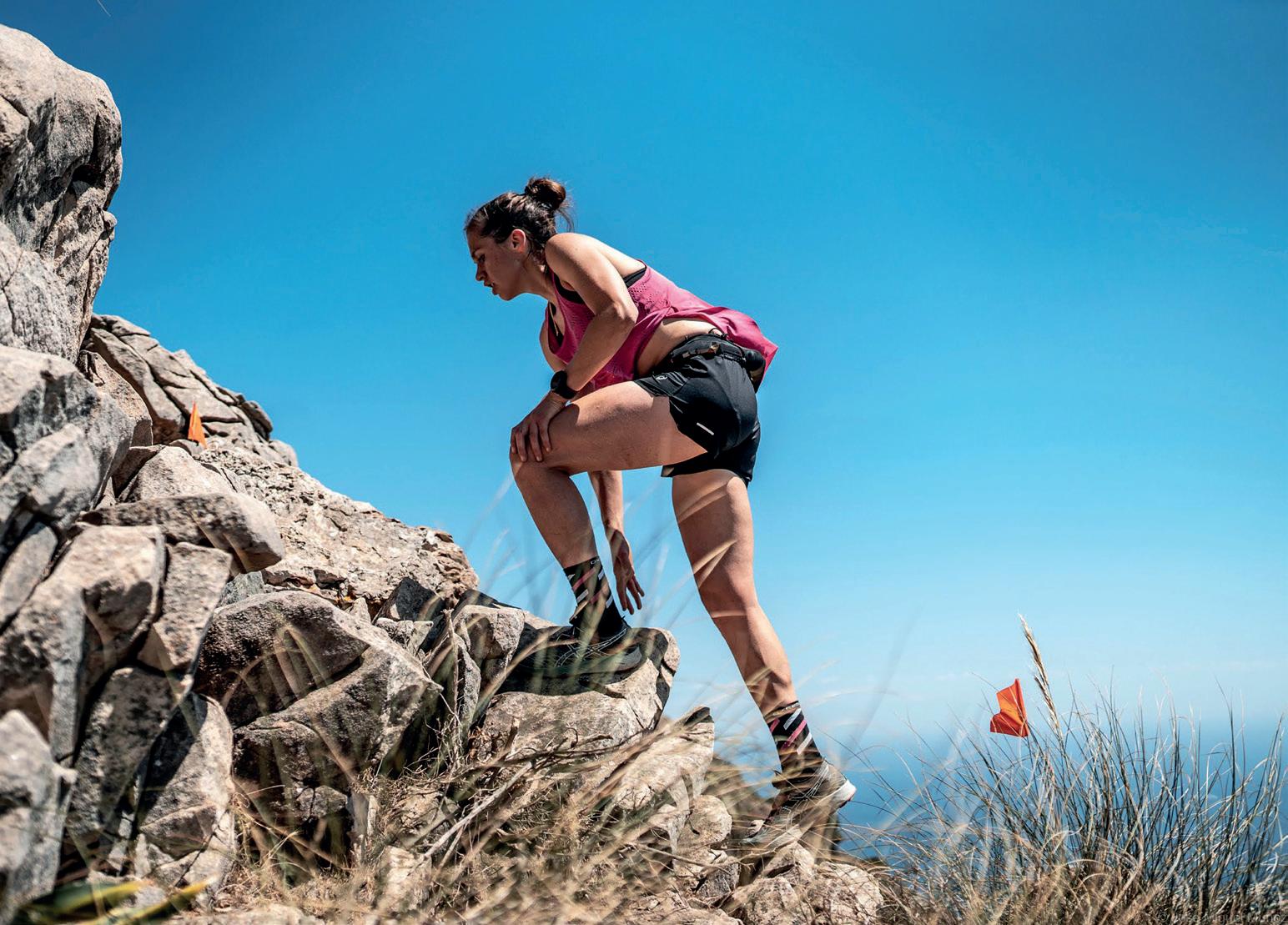
I understand that elevation gain is your daily bread… I like it when there are chains, when there is suffering. My terrain is ravanage, I also enjoy flying downhill. Maybe that’s because of where I live: it is more congenial for me to practice going uphill and downhill because here where I live, in Val Gardena, there is practically no plain: I have to take the car and drive down towards Bolzano, where the best I can find is a cycle path. So yeah, I'm more comfortable with the slope
THE PILL INTERVIEWS
BY ILARIA CHIAVACCI
web developer, and in the meantime I do seasonal jobs.
Well, you certainly don't lack the analytical approach. I think too much, my boyfriend always says that I spend my whole day thinking and analyzing. Maybe it's exaggerated, but well, I don't leave much to chance or, to put it in other words, I don't leave much room for uncertainty: a mood like "let's try and see" doesn't belong to me. Only on certain things I can be more instinctive.
than the flat. But I also really like to push in the race: I want to improve on that side and I like to see the improvements year after year. I don't want to be limited to ravanage.
Limited seems like a big word to me, considering that, aside for your love for the outdoors, you are also an engineer… I have a degree in industrial mechanical engineering with a focus on energy, but then, when I started working, I didn't find what satisfied me from all points of view. I understood that the life of an engineer was not for me also because I would have had to move to Bolzano or Bressanone, far from the mountains. I certainly gave up a very good salary, but then when would I be able to dedicate myself to my passions? Only on the weekend? It's not enough for me. At this moment in my life I want to focus on sport, so my career takes a bit of a back seat. But clearly I have to guarantee myself a future, which is why, in addition to running, I started attending an evening course to become a
Maybe in the race? In the race I enter my world for a while: I don't think much because otherwise I lose focus on what I'm doing and, consequently, time. If I dwell too much on who's in front of me, or if I start thinking about where the next aid station will be, I unconsciously slow down because I'm focused on something else. On the other hand, however, I have to try to be more analytical with respect to the equipment, especially as regards the test of the route and the material, which are factors that influence the performance, as well as the nutrition during the race: especially in marathons if you don't drink and eat properly you're not going anywhere. These are things I pay less attention to because until recently I was unaware of how and how much that could influence the race.
What is the aspect that intrigues you the most? It's interesting to see how an athlete has evolved over the years, so it's a bit of a twofold aspect: pushing myself to the limit and at the same time seeing how much I'm missing to catch up with others. But the main question I'm happy to answer every time is: did I give it my best in this race? Then in a second moment the evaluations arrive: ok, how much do I miss to be like the athlete who won? And in any case, when I finish competing, the mountain will always remain for me the place where I will be happiest ever.
43
From recycled outerwear, organic streetwear or biosourced shells, Picture is known to have a never-ending sustainable product innovation policy. But there’s more: other processes such as upcycling, waste prevention campaigns, phasing out PFCs or renting service & lifetime repair warranty are amongst other initiatives that lead the brand’s way to circularity.
For SS23, all Picture’s technical pieces will be part of the Circular Program, made from fabrics using existing waste within the textile industry. The Circular Program fits precisely into Picture’s commitment as a brand: becoming less polluting and more sustainable. There are multiple points of improvement, but 3 themes clearly stand out:
1. Produce less, consume less
2. Transitioning out of coal and gas electricity for the spinning, weaving, and dyeing stages
3. Getting away from oil-based materials
Regarding oil and materials, let’s start by reminding ourselves that to keep the temperature below +1.5°C,
THE PILL SUSTAINABILITY
BY SILVIA GALLIANI
we would have to leave almost 60% of the oil reserves (which are of finite quantity) in the ground. At constant production and according to known reserves, there would still be about 50 years of oil left. The more oil we extract, the more we depend on it, the more consequences will be suffered.
Polyester is, by far, the most manufactured material in the textile industry, with 55% of the total production volume, followed by cotton (25%) and then other synthetic or cellulose fibers (polyamide, acrylic, wool, etc.). The global production of polyester has doubled between 2000 and 2020, which also raises many questions. In its conventional version, polyester is directly derived from oil.
Fortunately, there are other ways to do this, such as recycling PET plastic bottles or using bio-polyester partial-

ly derived from sugar, after refining and fermentation. Picture has been using it for the last few years for its technical products, but now the brand is replacing it with an alternative that seems more satisfactory: “circular” polyester, partially derived from used clothing. Why this change?
Bio-polyester is an interesting solution but it has too many limits to continue the adventure: the sugar used was a “waste product”, a by-product of the sugar cane production. It is obvious that this supply would have been insufficient if tomorrow all the brands decided to start using it. Would this lead to risk of conflict of land use? Risk of deforestation? In addition to that, the direct dependence on oil remained quite strong with only 30% of the chemical formula of bio-polyester comes from sugar. That means that there was only mono ethy-
44
Nothing is lost, nothing is created, everything is transformed Picture’s Circular Program
lene glycol that Picture managed to bio-source. Calculations, made with Quantis, of carbon intensity for 1kg of polyester pellets showed little difference between conventional polyester and bio-sourced polyester. Last but not least, the price of this fiber was high. For all these reasons, Picture stopped using bio-based polyester and decided to switch to “circular” polyester.
This involves collecting and recycling used clothing, from all brands, made of 100% polyester. The fabric scraps that occur during the manufacturing process are also mobilized to create a significant stock. Thus, the average composition of a circular fiber is: 60% fabric scraps / 40% used clothing. These two sources are located in China, where the company Jiaren’s recycling technology is operational. The polyester is depolymerized to
THE PILL SUSTAINABILITY
BY SILVIA GALLIANI
return to the molecular level, without any impurity. This allows then a separation with mono-ethylene glycol on one side and on the other side the terephthalic acid. These are the 2 original components of polyester. Then, re-polymerization takes place in order to obtain polyester granules. After these stages, the Picture supply chain takes over (spinning, weaving, dyeing, assembly) with its usual partners.
In the end, the quality is the same as conventional polyester: polyester granules, whether conventional, recycled, or circular, are in fact chemically identical. From a quality and durability point of view, everything will depend on the following steps: spinning, weaving, dyeing, assembling, choice of water repellent treatment, membrane, etc. As for Picture, its quality standards are the same as
before. The same goes for the repairability aspect.
This program is totally linked to Picture’s new MTB collection, since the materials used are made from waste of the textile industry, which is the heart of the Circular Program. The Bikewear Line is a collection of technical clothing dedicated to mountain biking. Made for the responsible adventurers who want to draw their own lines while moving in the mountains. A new offer adapted to the community and its practices to continue to “Ride, Protect & Share” all the year long.

45
For SS23, all Picture’s technical pieces will be part of the Circular Program, made from fabrics using existing waste within the textile industry.
Gregory Mountain Products: taking you to any destination
Gregory was born in 1977 from the strong passion of its founder: Wayne Gregory in fact wanted to create backpacks on which he could totally rely and which would allow him to venture on his most daring adventures. Spurred on by his idea of “making his own internal backpack frame” and by his wife Suszy, who threatened him never to carry a backpack again unless he did something to get rid of the bruises she got from the products out, Wayne Gregory founded the backpack company that still bears his name today: Gregory Mountain Products.

Gregory was in fact a pioneer in patenting a suspension system that works together with the body instead of hindering it, with particular attention to both female and male wearability, also inventing new materials and construction techniques that allow the backpack to become an extension of the body itself and, at the same time, blend perfectly with a simple and functional design. Comfortable and reliable, the brand's backpacks still follow this one-of-a-kind approach that gave Wayne the security that allowed him to offer his famous lifetime warranty, which the brand still
BY SILVIA GALLIANI
ensures to all its customers today.
Over the last forty years Wayne's passion for innovation, high performance and comfort have guided the evolution of the brand, now world leader in the production of backpacks, trusted for adventures in over 45 countries.
But there’s more, the constant improvement of performance and the continuous search for quality has led to a further evolution of the brand, now aware that the best performance and high quality of its products are no longer enough, what matters it is also to create packs in the most responsi-
ble way possible. It is a journey, the one towards sustainability, not so different from the one one undertakes when one decides to create a new product. In fact, it requires new ideas and concepts, which will then have to be tested and evaluated, repeating the process until the results achieved are totally satisfying. It is a long and difficult path but one that Gregory has already undertaken in a transparent and proactive way in numerous aspects of its production chain such as logistics and packaging (where the dimensions of cartons and boxes have been revised, improving the ef-
46
THE PILL BRANDS
THE PILL BRANDS
BY SILVIA GALLIANI

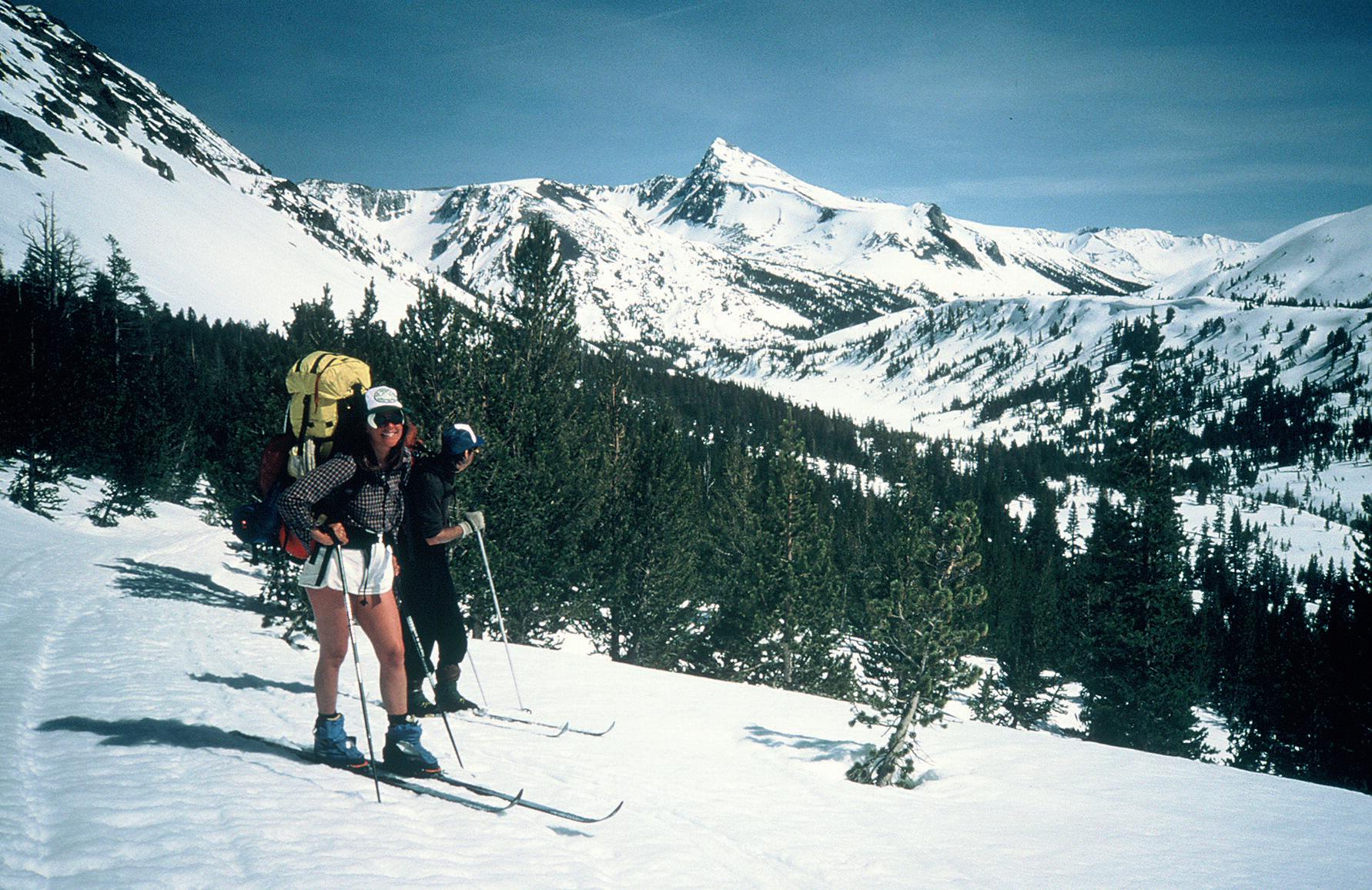
47
ficiency of the sections and reducing the most impactful packaging for the environment) or extending the life of its products thanks to repairs and replacements. Gregory's ambition is to reduce the use of carbon thanks to a global strategy aimed at reducing greenhouse gas emissions, energy consumption and waste. Furthermore, the brand works to ensure that its supply chain fully reflects its values as a company and that all workers involved are ensured the right working conditions, safety, health and wellbeing.
Miko & Maya
The favorites packs among fast hikers, Miko (men's) and Maya (women's) backpacks, both available in 15, 20, 25 and 30 liter sizes, are ideal for active adventures, short hikes or long days on any terrains. They are characterized by an innovative adjustable suspension, a slim and enveloping design, new functions and updated fabrics. Designed to perform on tours where comfort and versatility matter, they feature BioSync suspen-

THE PILL BRANDS
BY SILVIA GALLIANI
Zulu & Jade
sion with elasticated waist belts and shoulder straps that stretch and flex with the shoulders and also with the body's natural movements, providing unobtrusive comfort. The 3D foam back panel reduces back contact and promotes airflow. The mesh system on the back panel, shoulder harness and waist belt is ideal for wicking away sweat moisture. The preformed enveloping belt adapts to the shape of the hips, offering greater stability. A small internal zippered mesh pocket with key clip keeps valuables secure. Front and side stretch mesh pockets allow quick access to a water bottle, rain jacket or other gear. The front zipped pocket is instead perfect for storing small essentials thanks to its soft padded lining. The models feature retractable attachment loops for trekking poles, compression straps for load adjustment and a safety whistle on the sternum strap. Miko and Maya use post-consumer recycled products: this means that the carbon footprint of this latest generation of backpacks is reduced by almost a third.
Ideal models for excursions of one or more days. Zulu and Jade have been redesigned for summer 2023. The result? Even more comfort of movement, better ventilation, new functions, but also greater attention to sustainability: the use of post-consumer recycled materials and the analyzes elaborated and connected to the life cycles of the backpacks have allowed the technicians and designers of Gregory Mountain Products to reduce their carbon footprint by 1/4. Both models follow the movement of the body thanks to the FreeFloat suspension system that reduces effort, increases energy and lets the air flow for an optimal experience on the trail. Designed to mimic the natural movement of the wearer's body, the 3D Padded, Flexible Waist Belt conforms to individual anatomy offering reliable load carrying support. At the same time the suspension system is stable and effectively distributes the weight on the hips. All this translates into less work and more energy for long, carefree days. To achieve optimal ventilation, Gregory's engineers and designers have equipped the perimeter frame of the backpack with a suspended, resistant, breathable and fully adjustable mesh back panel which, therefore, allows you to customize the fit. On the trail, access is easy and safe, thanks to the extra large pockets of the waist belt and the U-zip opening, which allow you to keep the necessary items close at hand. Finally, the individually padded, rotating shoulder straps are perforated to further improve airflow for even more comfort.
48
Gregory was a pioneer in patenting a suspension system that works together with the body instead of hindering it, with particular attention to both female and male wearability.
THE PILL BRANDS
BY SILVIA GALLIANI
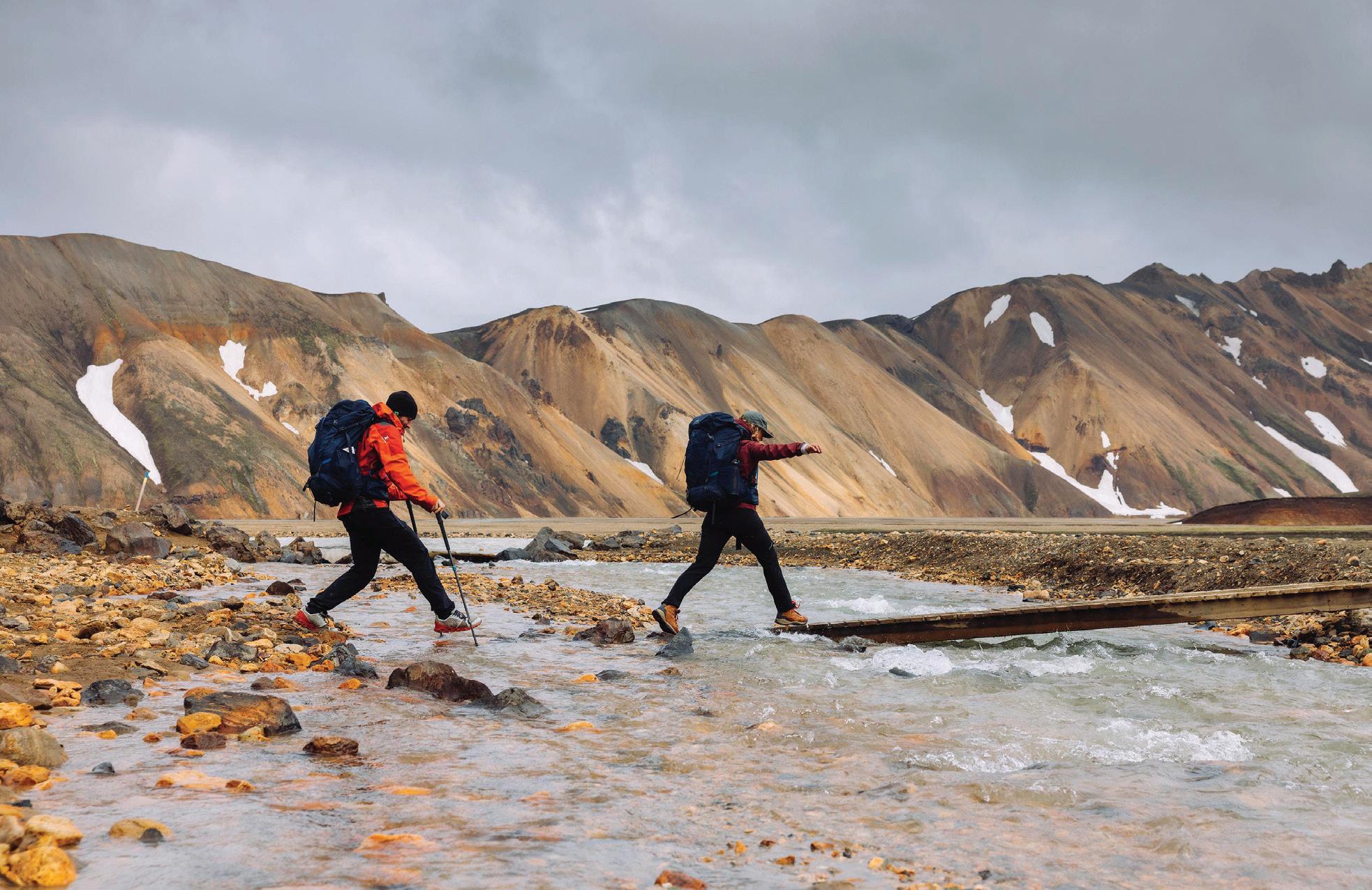

49
BY ILARIA CHIAVACCI PHOTOS CAMILLA PIZZINI
The Pill Base Camp: Courmayeur’s fourth edition is even richer

On one side the brands, on the other one there are retailers: two sides of the same wonderful outdoor coin. A community that certainly gathered in Courmayeur during the fourth edition of The Pill Base Camp to do business, but mainly because it is animated by an unshakeable passion for everything that is represented by outdoor activities.
This summer edition was all about trail running, climbing and hiking and it has been articulated through these three souls, in addition to the purely B2B exchange: there is the experience side, from indoor climbing to mountain running up to the evening moment with music, live
shows and DJ sets, talks with major sports stars or spokespersons from exhibiting companies and finally a large number of workshops designed with the aim of bringing retailers closer to products or production processes. All this translated into the presence of 84 brands, 256 stores, 411 buyers and 1056 professionals of the outdoor business sector (media, agents, agencies, managers) united by the passion and desire to contribute to bringing progress and innovation to the sector by hand. The location where this large community met on June 12 and 13, 2023, is that of the Courmayeur Sport Center: 25.000 square meters which have been divided into the area of the stands and
the main stage, the climbing gym, The Pill Bar and The Pill Restaurant.
The focus of the event was mainly the discussion about products, tested by retailers and then deepened with the representatives of the brands, but also with our editorial team, who participated in all the experiences, such as the runs organized by New Balance, Hoka, Craft , ASICS or Altra. Conversing on this or that material, on this or that sole is the engine of what then leads to the progress of an entire sector. The know-how of companies is increasingly shifting towards sustainability, both in terms of research of materials and production processes: whether it's
50
THE PILL BASE CAMP COURMAYEUR
THE PILL BASE CAMP COURMAYEUR
BY ILARIA CHIAVACCI PHOTOS CAMILLA PIZZINI
upcycling or a new compound, there are many innovations that we will see in 2024 presented at the The Pill Base Camp.


Like every season, all this invaluable comparison will form the building blocks of what is one of the cornerstone products of our magazine, the Outdoor Guide: 400 and more pages crammed full of product reviews that take into consideration various parameters, from performance to aesthetic. As organizers, however, the aspect that makes us most proud is the creating a community: the Camp is not a mere opportunity to test products, but an excuse to exchange views with colleagues, perhaps with competitors, and start a fruitful discussion about what works more and what less, about the aspects that customers are more passionate about and about those who, all in all, are not very relevant to them and are
more insider sophisms. A collective effort which is a harbinger of ever new stimuli and creativity and which sees us, as an editorial team, committed to weaving a plot that holds different souls together: from the more romantic to the more practical, from the more explosive, also from the point of view of physical effort, to the more intimate confrontation with great athletes, from the screening of the documentary about trail running legend Kilian Jornet and his commitment to sustainability, up to the live discussion with Matteo Della Bordella, an athlete who is contributing to writing the history of Italian mountaineering.
Workshop

The space in front of the cafe has been dedicated to technological comparison, with workshops by Barter, Tecnica, HDry: hours of discussions and slides on what makes
new product outputs important improvements in terms of performance and attention to the environment. A more durable, more versatile and insulating membrane is also a better ally for the environment: extending the life and opportunities for use of products is today one of the fundamental mantras for companies, especially for those operating in the outdoor sector which, by its nature, it’s the one most tuned to the needs of protecting and safeguarding the planet. The Ferrino and Impact Studio x Arc'teryx workshops were also oriented towards this direction, where a broken shell on the hood is transformed into a bag with the simple use of the sewing machine or the hood of an old jacket can become a chalk holder. At Ferrino old tents twere reconverted into backpack covers, fishing rod holders, travel pouches or even a raincoat for the dog.
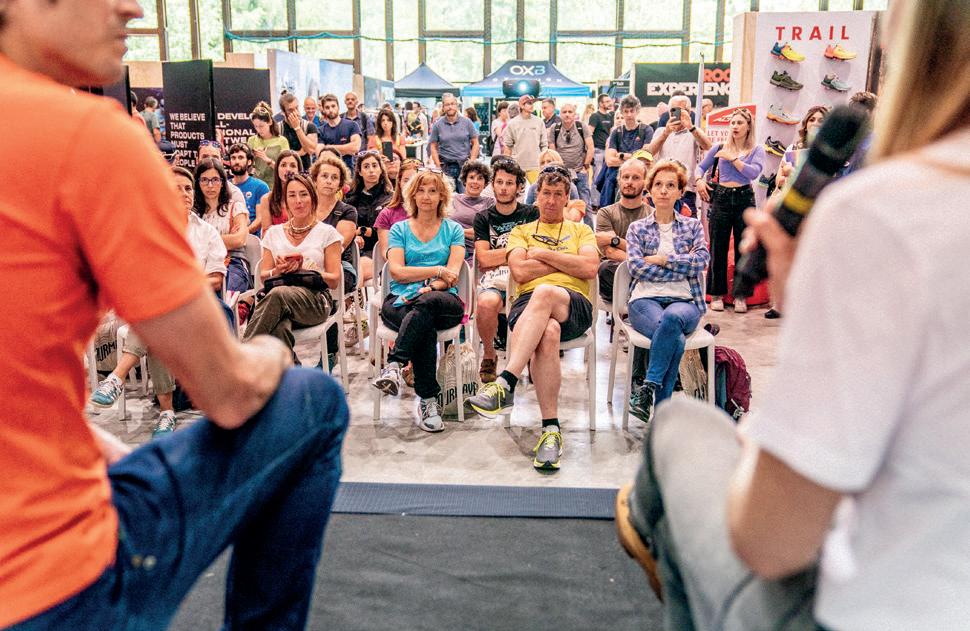
51
THE PILL BASE CAMP COURMAYEUR
BY ILARIA CHIAVACCI PHOTOS CAMILLA PIZZINI
Experience
Throughout the two days there has been a continuous coming and going of runners busy testing the shoes presented: New Balance, Craft, Hoka, ASICS in the lead. New Balance and Hoka, in particular, organized two high impact runs, the first involving journalists who came during the day for the occasion and had the occasion to test the new Fresh Foam X More Trail by New Balance on a spectacular course in Val Veny, complete with a passage from Lac Vert and from the Fior di Roccia chalet for a tasting of typical products. The second, on the other hand, saw a group of daredevil shopkeepers out of bed at dawn in order to face the bad weather for the dawn run by Hoka which took them to the Bertone refuge. Even climbers have found their dimension with the La Sportiva shoe test together with Brocchi sui Blocchi crew, a community of activist climbers who have made irony their subversive signature, and with the climb test with Giovanni Placci organized by Rab, Petzl and SCARPA. Ortovox led a workshop about safety on the crag, the strategic position of the sport center allows you to reach different
outdoor situations suitable for testing the companies' products of the coming season by hand. Last but not least among the experiences proposed during the Base Camp, was the ascent with the Skyway Monte Bianco cable car, which leads up to Punta Helbronner at an altitude of 3466 metres. At the imposing and architecturally spectacular intermediate station, the Pavillon, there has been the première of Simon Messner's "Alpine Life" supported by Salewa.
Screenings and talks
Sport was not the only thing experienced at The Pill Base Camp: on Monday morning Matteo della Bordella, during a talk organized by Ferrino, recounted some of his most epic exploits in the land he loves most, Patagonia. A land where, in particular, last January he managed to complete a dream he had had for some time: the alpine-style ascent of the new route "Brothers in arms" in a roped partnership with Matteo De Zaiacomo and David Bacci. Athletes like Matteo are not only writing the history of Italian mountaineering, but are also personally contributing to the technological advancement of

the brands, which rely on them to better their products. In the case of Matteo, who has been linked to Ferrino for less than a year, his expertise has been put at the service of the implementation of high mountains tents. An absolute preview was the screening of the documentary "Sketching the future" starring trail running legend Kilian Jornet and his 2022 incredible season with epic races such as Zegama, Hardrock 100, Sierre Zinal and UTMB where he scored three victories and smashed a record. The guys from Milan’s Runaway store then presented the documentary "The Mirage Runaway" together with Diadora: 8 intense minutes directed by Achille Mauri where the dust and desert roads of California were the backdrop for the epic run of the Runaway store crew, who took part in the tenth edition of Speed Project, a super wild run between Los Angeles and Las Vegas. As Stefano and Luca, two of the protagonists present at the event in the talk that followed the screening, told us, this run was anything but conventional.
Unconventional, as we are, this B2B event also drew the contours of what can commonly be defined as business in a more romantic way. We started two years ago with the edition of Pila, which saw the presence of 74 brands and 103 retailers, in these days in Courmayeur there were more than double. See you soon at the fifth edition in Sestriere on January22 and 23, 2024, the winter edition which will also be repeated in Folgaria on January 29 and 30, 2024, then it will be the turn of the sixth summer edition on June 16 and 17, 2024, in Courmayeur, the fifth and sixth chapter of a community event that fascinates us every time. See you there.
52
THE PILL BASE CAMP COURMAYEUR


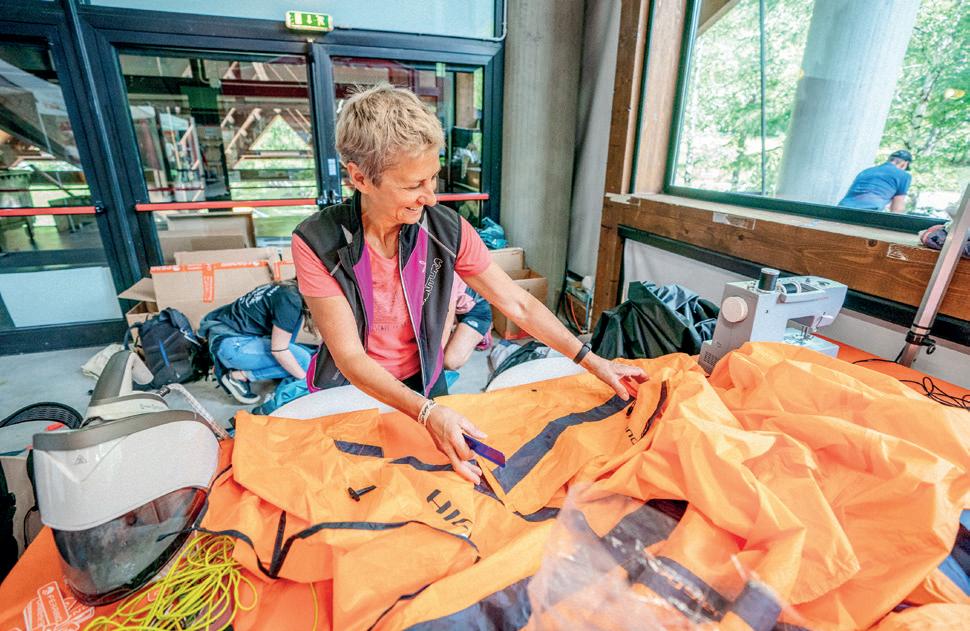
 BY ILARIA CHIAVACCI PHOTOS CAMILLA PIZZINI
BY ILARIA CHIAVACCI PHOTOS CAMILLA PIZZINI
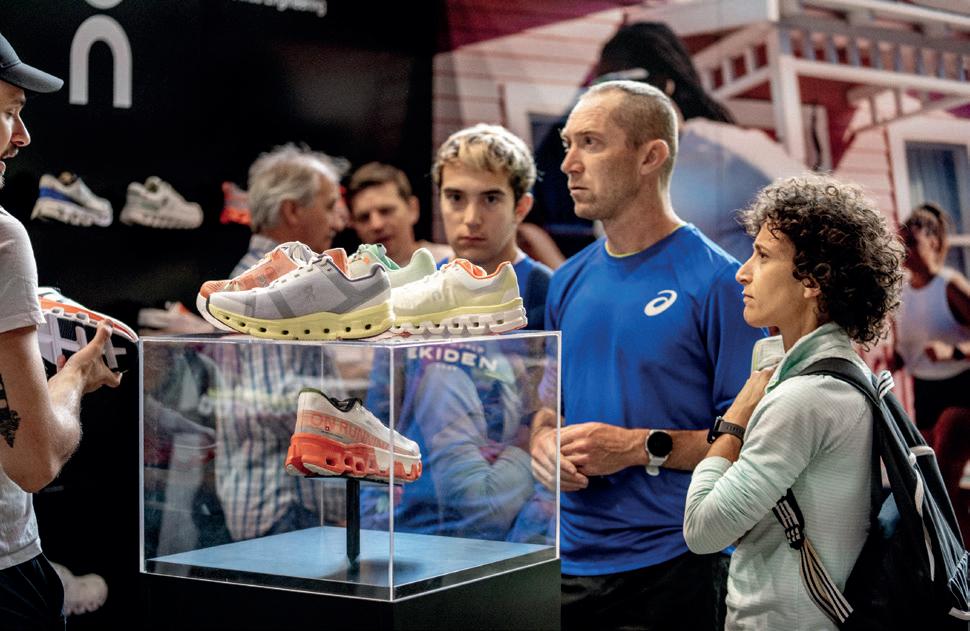
53
Mountain and waiting
With Simon Gietl in the Dolomites talking about India
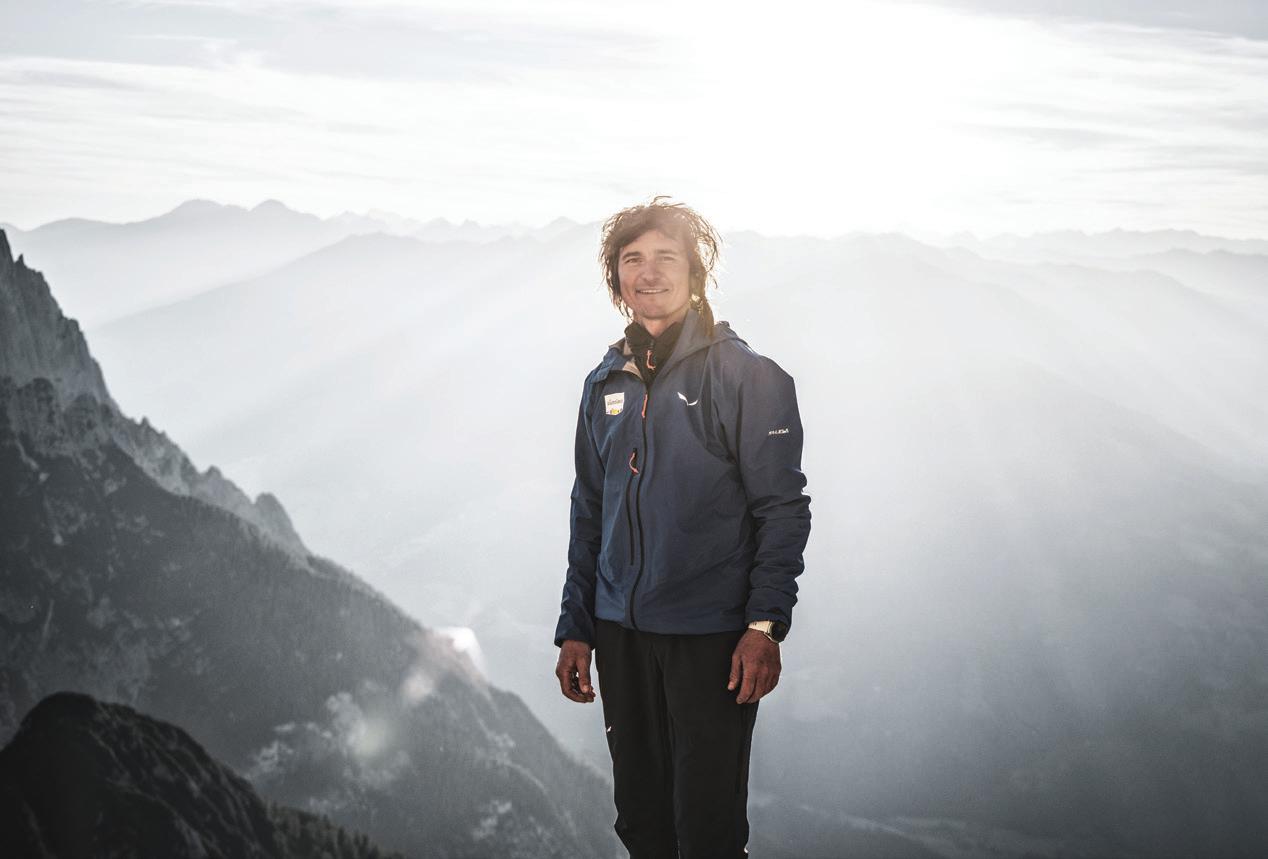 BY LISA MISCONEL PHOTOS FEDERICO MODICA
BY LISA MISCONEL PHOTOS FEDERICO MODICA
It's June and we're in the Dolomites, but it could be November and we could be in Singapore. That "Six to Nine" Salewa talks about in the creative concept of one of the SS23 collections and which we have heard and read about but rarely investigated, holds the real meaning of a crucial aspect of our days. These are the hardest five minutes, the ones in which you have to gather your energy and get out of bed and the ones in which, after work, you have to prefer shoes to slippers. You have to do it for yourself and regardless of work or commitments: these are the hours when the light is dim and the temperature drops, where the noise fades away and the mind takes a break. These are moments that nobody gives you if you don't take them with will and decision, but they can make the difference between a day lived and one you observed as a spectator.
54
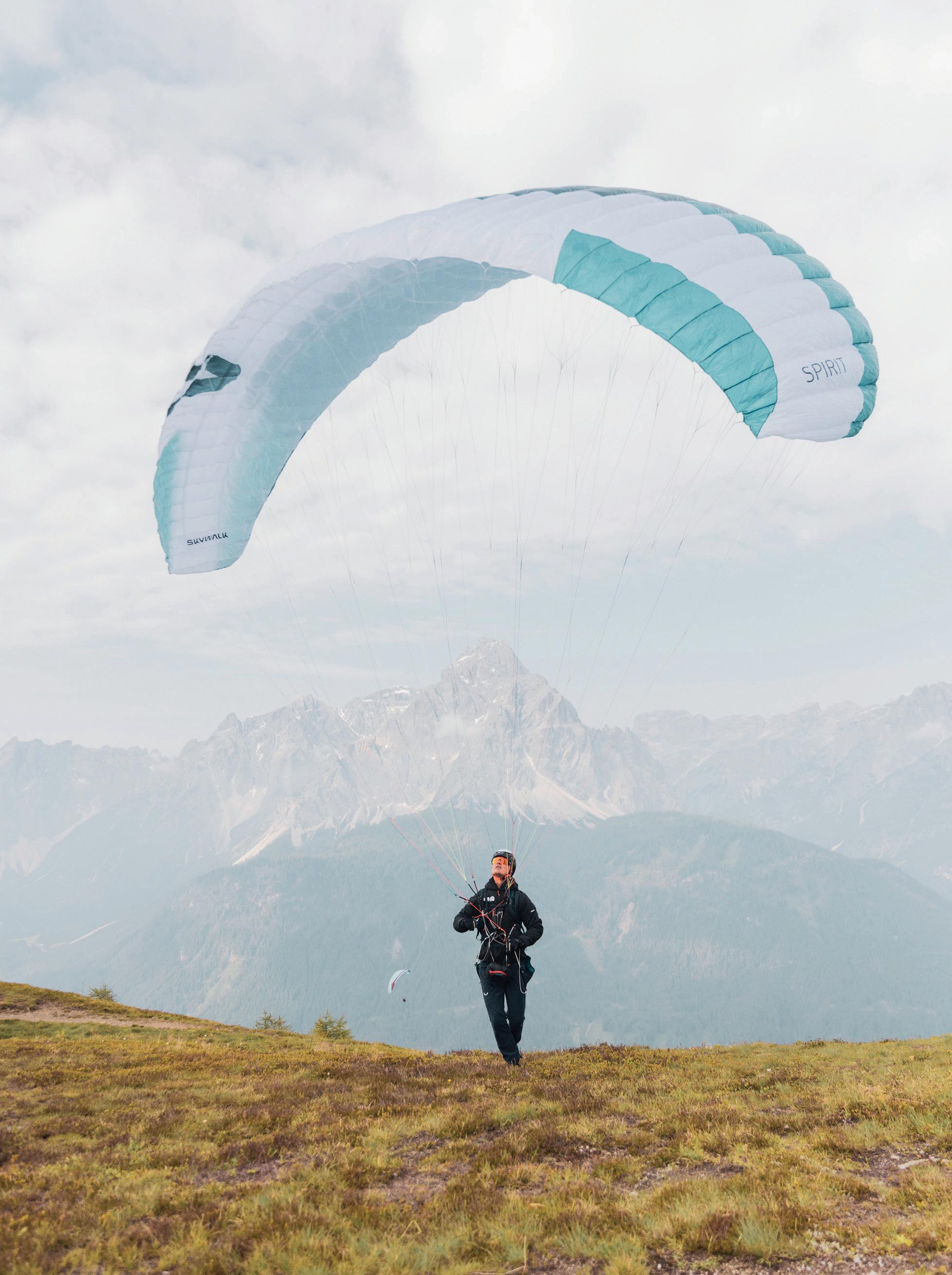
This morning we walk among the weak rays that penetrate the wood and, as I watch the dew hanging from the blades of grass, I understand what Simon Gietl, part of the Salewa People team, meant when he said that nobody gives you those hours back, beyond that an office expects you to work for 8 or less. He, for example, has no desk to sit at for eight hours yet he leaves at six in the morning. Why sleep if by nine you can have already flown and colored your day? We can be anywhere and do anything in a time that is for everyone and that is not regulated by anything.
Let's climb Mount Elmo, the most beautiful panoramic peak in the Sesto Dolomites... And also one of the most immediate take off points for those who fly. Simon is dressed in black, and his ice-colored wing reveals its lightness. As happens for newborns who after learning to crawl then slowly stand up and for runners who from 5km slowly get to half marathons, marathons and maybe even ultra races... The natural evolution of a climber is to arrive sooner or later to fly. This is how Simon sees it, the history of paragliding. And up in the air flying over his Dolomites, he still has India, Meru and Goldfish in his thoughts, and so we find ourselves in the Dolomites, thinking of the 6660 meters of Indian snow and ice.
It is a crucial moment for Gietl, the one in which the two mountaineers Roger Schaeli and Mathieu Maynadier have chosen and contacted him to be part of this second attempt on Meru after the 2019 expedition which ended in a forced retreat. Being chosen to join a team is for Simon the most important moment of the whole expedition, more than reaching the summit. Perhaps because it makes you realize the value that is recognized in you on a technical and human level. Then there is the weather and the expectation that it brings, when you leave on
an expedition, after months of planning and preparation, travel days and sleepless nights, all you want to do is leave for your goal and take it home with grit in the shortest time possible. However, if the conditions don't allow it, that's where the wait consumes you. How long will I have to wait to go on? What if it doesn't get better? The hours pass by and you are there, motionless, helpless. Two endless weeks passed by before the ideal window arrived: enough snow to get to the base with skis on and nerves steady for a strong avalanche danger.
This is how the story of Goldfish (M6+, A1) began on May 11 2023, the new alpine style route up the south face of Meru, 6660m high, established by the trio of mountaineers in India. Physical problems and endless days preceded the achievement of that night camped on a spectacular mountain just before the last part and that terminal block which who knows if he would have managed to overcome. The few hours of sleep were enough for the mind to rejoice once the summit tunnel that led to the end of the route was discovered: 15 meters on the ice for twenty minutes of pitch, for Simon one of the most incredible ever climbed. His eyes light up as he scrolls through the photos in the gallery, immersing himself once again in those places, in twenty minutes. For him, as he tells me, more than the summit or the achievement of the goal, a moment and a place of the Meru will remain a part of him. “You can't really describe it in words, you have to try it” he says about the glacial tunnel that separates you from the summit, where in addition to being amazed you truly realize you've made it. That's where Mathieu took a moment to dedicate the rope team and the finish line to Simon, "because he deserves it". The appreciation of a companion, of a mountaineer is worth more than any goal achieved. The moments, the thoughts, the emotions.
56
Being chosen to join a team is for Simon the most important moment of the whole expedition, more than reaching the summit. Perhaps because it makes you realize the value that is recognized in you on a technical and human level.
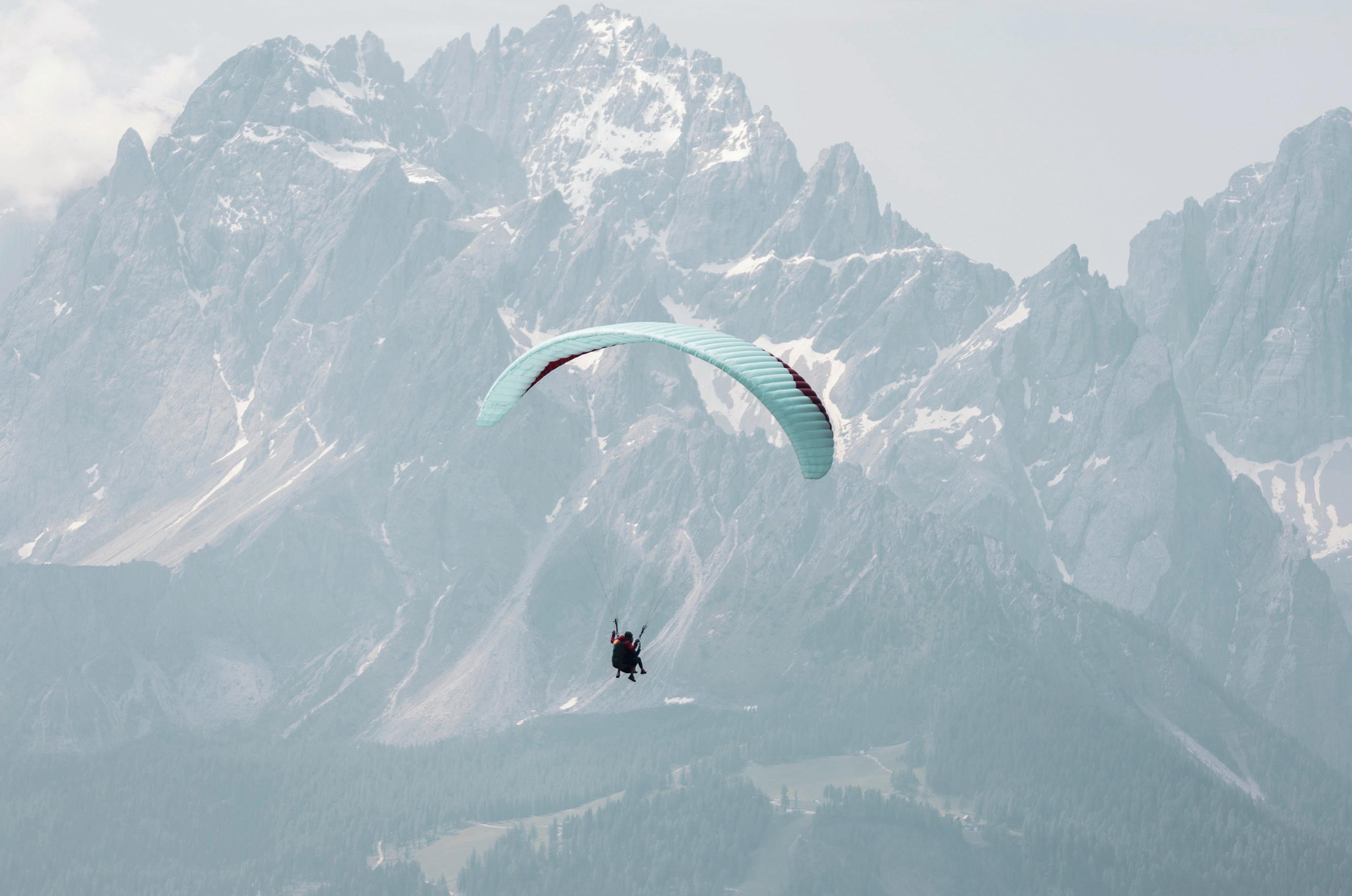
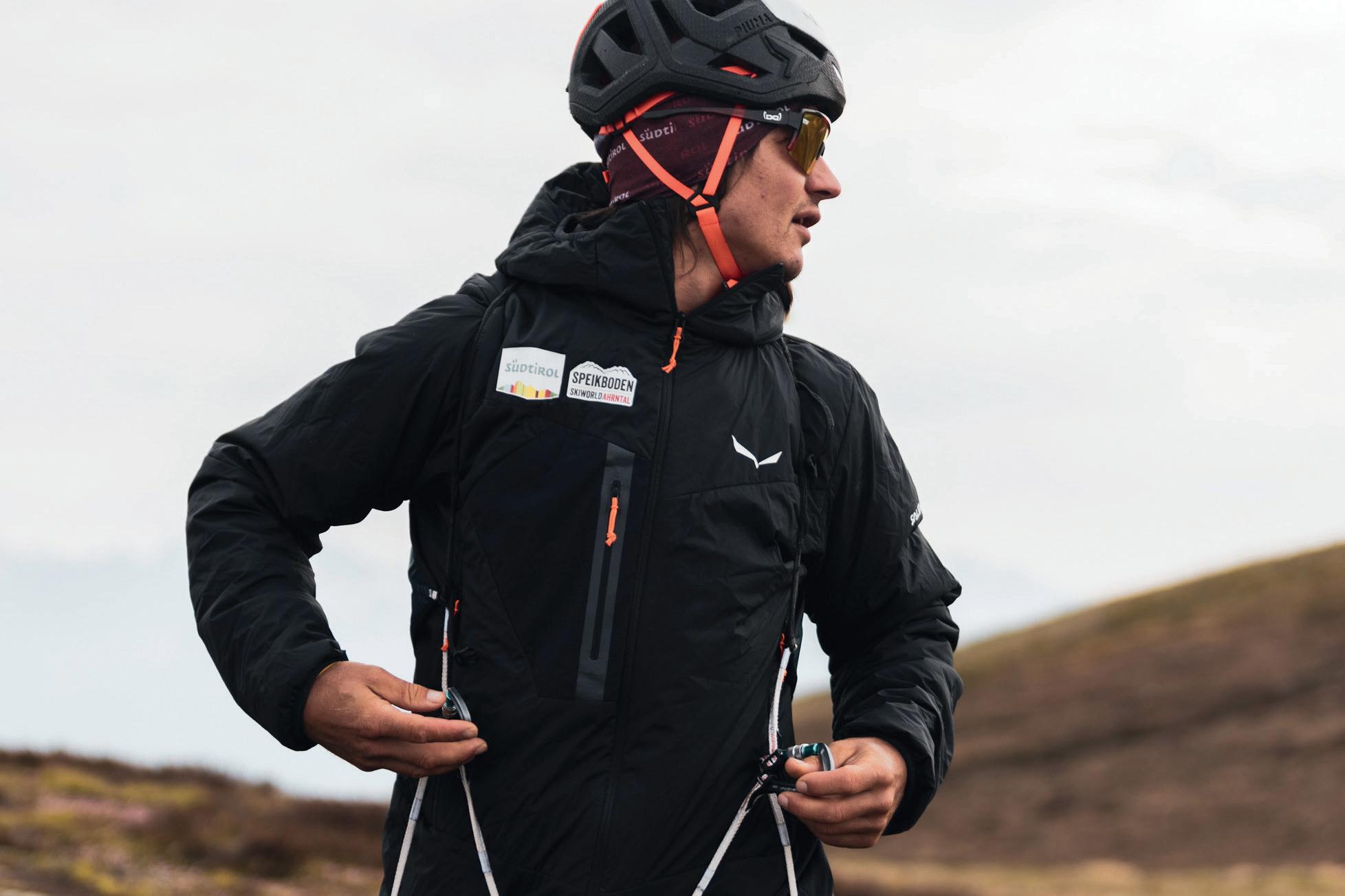

58
Leap Factory
BY CHIARA BERETTA
Inhabiting nature on tiptoe
From the first half of the twentieth century up until to today, the clothing and equipment we use in the mountains have changed radically: in the materials, in the workmanship, in the technology behind it and which guarantees ever higher performances. The way of building at high altitudes, on the other hand, has not undergone the same renewal. At least until two architects with a passion for the outdoors, Stefano Testa and Luca Gentilcore, gave life to the new Gervasutti bivouac on Mont Blanc. From this experience Leap Factory was born and, with it, a new way of living in the alpine environment. But there’s more.
Redefining the concept of an alpine bivouac More than ten years have passed since the 1948 Gervasutti bivouac in wood and sheet metal was replaced with the tapered building that has now become iconic. Commissioned by the CAI of Turin and strongly desired by the School and by the SUCAI Subsection, the new hut still stands today at an
altitude of 2835 meters on the Freboudze glacier, under the east face of the Grandes Jorasses in Mont Blanc. It is a project that has been written about a lot and which has won several awards, including the gold medal for Italian architecture at the Milan Triennale, but it makes sense to go back to the beginning of the story once again to understand the roots of Leap factory.
“In architecture it is said that when an enlightened client meets a good architect, there are changes in the quality of the results” says Stefano. “Gianmaria Grassi (today director of the CAI central ski mountaineering school, at the time director of the SUCAI ski mountaineering school in Turin, ed.) proposed us a challenge with a high level brief. Most of the historic bivouacs in the Alps still refer to the last planning and systemic effort, which dates back to the early 1960s, so much so that the model-type of this kind of bivouac is kept in the Mountain Museum of Turin.”

When Luca and Stefano began to think about the design of a new bi-
vouac, the goal was to "give answers to the challenge that the environment required" adds Luca. “An extremely sensitive and delicate natural environment, where it is very difficult to build a traditional construction site, which also has an extremely significant environmental impact. The first intention was therefore to cancel the construction site." The new Gervasutti was therefore born as a building in modules that can be assembled. Designed to be light in every single component, starting from screws and washers, the four modules were set up downstream and then transported to high altitudes with standard helicopters. In one day, and without the need for a construction site, the bivouac was ready. Luca, Stefano and their work team didn't aim to be light only physically, because transporting material by helicopter is obviously expensive, but above all on the environment. Gervasutti is equipped with systems for producing clean energy, it is completely reversible and hardly even occupies the ground: it relates to the territory only with six metal "legs". It
59


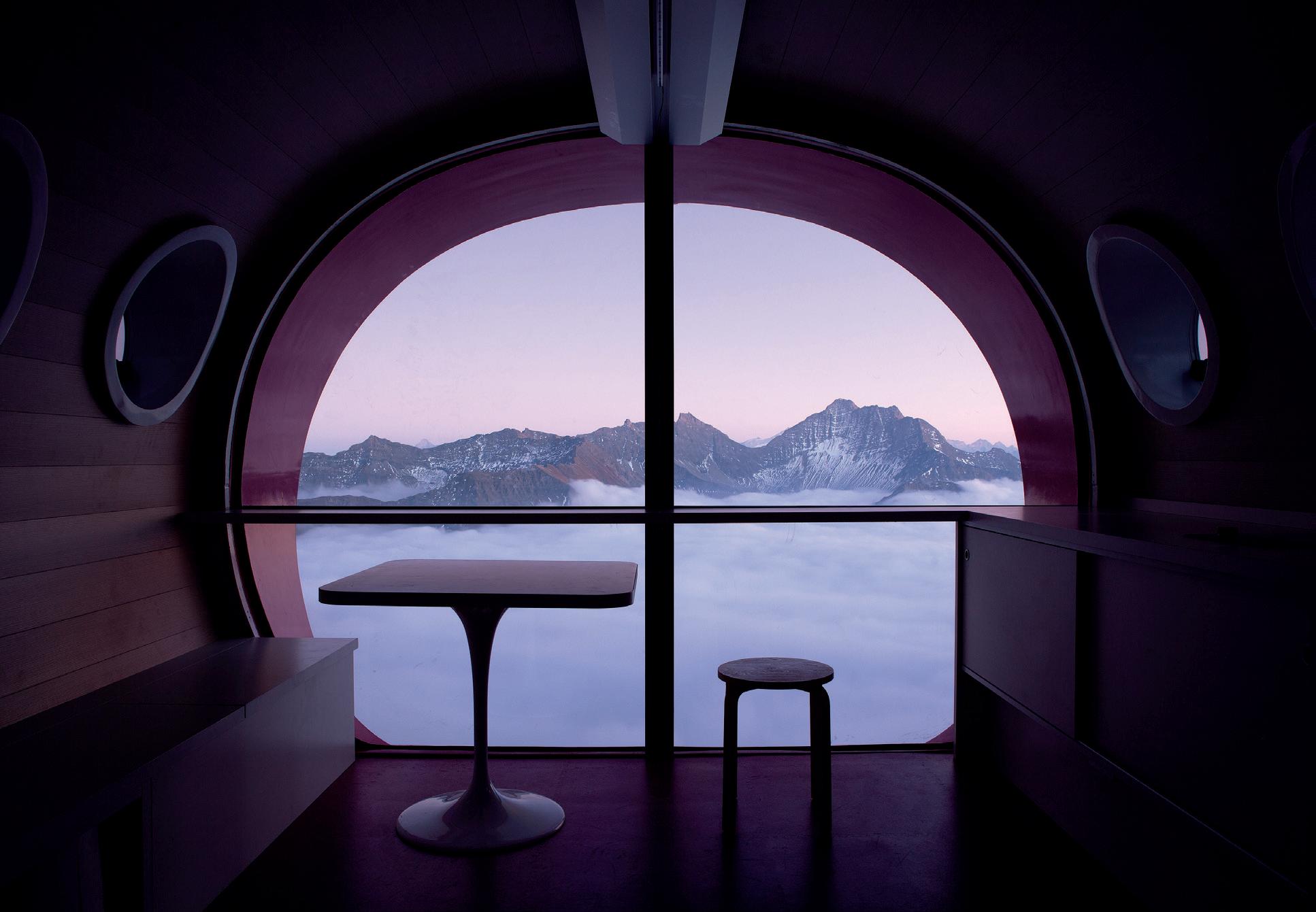
60
is the beginning of that "inhabiting nature on tiptoe" which more than ten years later still guides Leap's projects.
A balance between tradition
and
modernity
As any novelty, the new Gervasutti has aroused some debate. Interviewed by Corriere della Sera, writer and mountaineer Mauro Corona had declared:"Eco-sustainable materials are fine, but with them you can just build a little house, not a project of lunar conception." Some, while not being overtly critical, are initially mystified by the new approach. For example, from the fact that the bivouac has a panoramic window. “Where you sleep, the environment is protected, like the interior of a submarine. But why must the day part be closed? In a place where nature screams, you can have a privileged observation point” comments Stefano. “We were proud to be able to successfully create something really different from the norm.”
One must not make the mistake of believing that being contemporary in terms of possibilities, as the new Gervasutti did, is equivalent to losing tradition. “When we presented the project some elderly people, including those who had designed the first Gervasutti bivouac, understood the line of continuity with their work” says Luca. Even at the time the bivouac had in fact been designed in a modular and light way: they didn't have a helicopter, but had to carry everything in their backpacks. The approach has remained the same, only materials, technologies and tools have changed. “Tradition is innovation that has been successful” continues Stefano. “From this point of view, Gervasutti is more traditional: it takes up the innovation of dry building that has traditionally been successful in the mountains.”
Gervasutti's project is a watershed, in two senses. The first: the concept of an alpine bivouac changes. From a tool to conquer the peak it becomes "a privileged point of belonging to natu-
re and observing it, outside of everyday life" continue Stefano and Luca. The second: the theme of minimal living in extreme conditions, around which up until about fifteen years ago there was little reasoning, becomes a current topic among insiders. And yet, according to the two architects of Leap, without yet yielding significant results: "All the bivouacs designed and above all built in these twelve years have none of the effort of technological innovation and reduction of the environmental footprint that we had sought and proposed with the Gervasutti. The aesthetics have been mimicked, but on a technological level it has all returned, so to speak, to the Stone Age."
Sustainable living: from the Caucasus to the Arctic, and
back For Stefano and Luca, on the other hand, Gervasutti "was the condensation of many thoughts on sustainability and living" they explain. “There were the seeds of the research that we then carried on.” If you were to climb Mount Elbrus, the highest peak in the Caucasus, for example, at an altitude of 4000 metres, in the middle of an immense glacier, you would find a complex of buildings in all respects similar to Gervasutti. Built by Leap Factory in 2013, it is an eco-hotel open all year round which accommodates 50 people and is equipped with total energy independence, restaurant with kitchen, toilets (with a wastewater purifier adapted to those climates), hot water, etc. On the island of Disko in Greenland, however, there is Leap Home Frame, a small house created in collaboration with Ariston (The Ariston Comfort Challenge) and included by Fondazione Symbola and Fassa Bortolo in last year's report "100 Italian Green Building Stories". Even this is a modular house, self-sufficient, without invasive foundations, which can be assembled without a traditional building site and it is completely reversible. The outpost, evidently located in an extreme environment, is home to a group of climate change researchers.
The high altitude, a precious training ground Buildings conceived in modules, zeroing of the construction site, reduction of the environmental impact, lightness of the building which can be based on any type of terrain "on tiptoe": all these characteristics, developed at high altitudes and in extreme environments, return to all projects, even in the residential sector. Leap's core business today, in fact, is the production of kits for building buildings, from bivouacs to multi-storey homes, with an engineering of the process that allows construction independently and in every part of the world, but always maintaining the basic high quality. “The founding philosophy of the bivouac became the red thread that connects all subsequent research and at a certain point it led us to decide to pour into a possible construction system for normal buildings everything we had learned in that extraordinary gymnasium that was for us the high altitude” explains Stefano. “In Gervasutti the construction site was not possible, but by industrialising the building industry we can remove it even where it can generally be done. In this way we eliminate one of the factors with the greatest impact on climate and ecosystems.”
More than ten years have passed since the 1948 Gervasutti bivouac in wood and sheet metal was replaced with the tapered building that has now become iconic.
It is a project that has been written about a lot and which has won several awards, including the gold medal for Italian architecture at the Milan Triennale, but it makes sense to go back to the beginning of the story once again to understand the roots of Leap factory.
61
On
Cloudventure
Peak 3
 BY LISA MISCONEL PHOTOS PIERRE LUCIANAZ
BY LISA MISCONEL PHOTOS PIERRE LUCIANAZ

On is a Swiss brand born in 2010 from the union of the ideas of three friends including Olivier Bernhard, three-time duathlon world champion and multiple Ironman winner. In record time he earned the respect of the running world by winning the ISPO Brandnew Award and traveling across 60 countries to hit the shelves of 8100 stores.
From the outset, the key to understanding these shoes has been the simplicity and naturalness of movement, placing the experience and personal sensations of the runners ahead of theories, rules and complicated solutions.
So we weren't expecting a shoe with so many frills when we first thought of Cloudventure Peak 3. Completely revised compared to its previous version, it is a fast, technical, aggressive shoe made up of a large percentage of recycled material. The fit is precise along the entire length of the foot, using a super resistant single mesh construction upper reinforced with some polyurethane applications that give the shoe structure without weighing it down. The internal fit is therefore capable of blocking the feet, totally avoiding rubbing points. We find in the midsole some of the most significant technical details: the
Speedboard plate made of 30% carbon and TPU, manages to obtain the perfect balance between agility and stability on uneven terrain. The sole is made with On's Missiongrip compound, with a redesigned lug pattern compared to previous models while the drop is 4mm. Rubber toe protection extends around the lower half of the upper to reduce the chances of water entering the shoe.
We ran with them on summer night on the summit trails of Col Croce above Thuile and we understood that this shoe is designed for light and advanced level runners, who love no-frills running that guarantees them extreme sensitivity and connection with the terrain that they trample. It is perfect for moving agilely on rough terrains, while remaining within a maximum of thirty kilometers in order to avoid overloads.
64

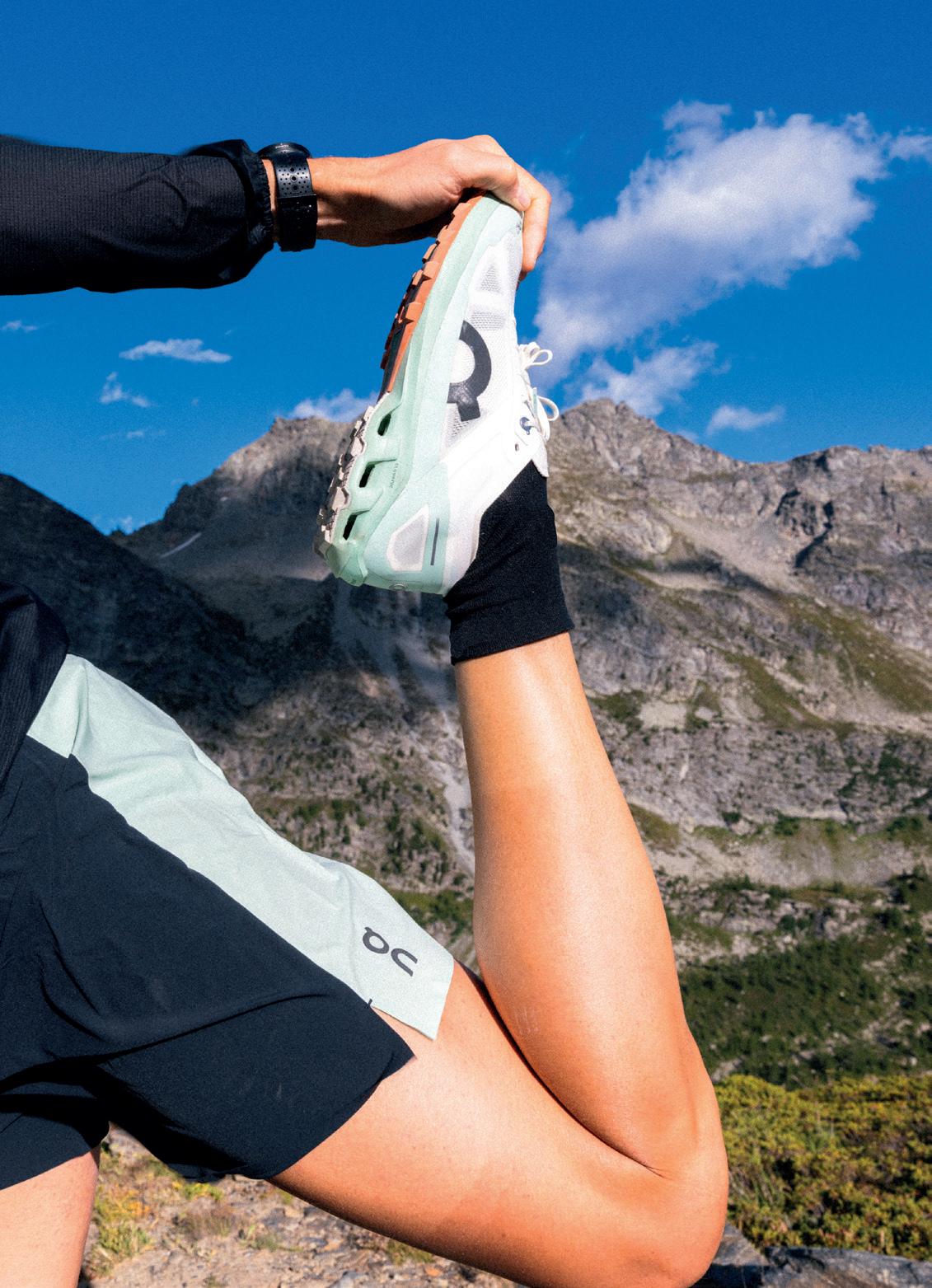
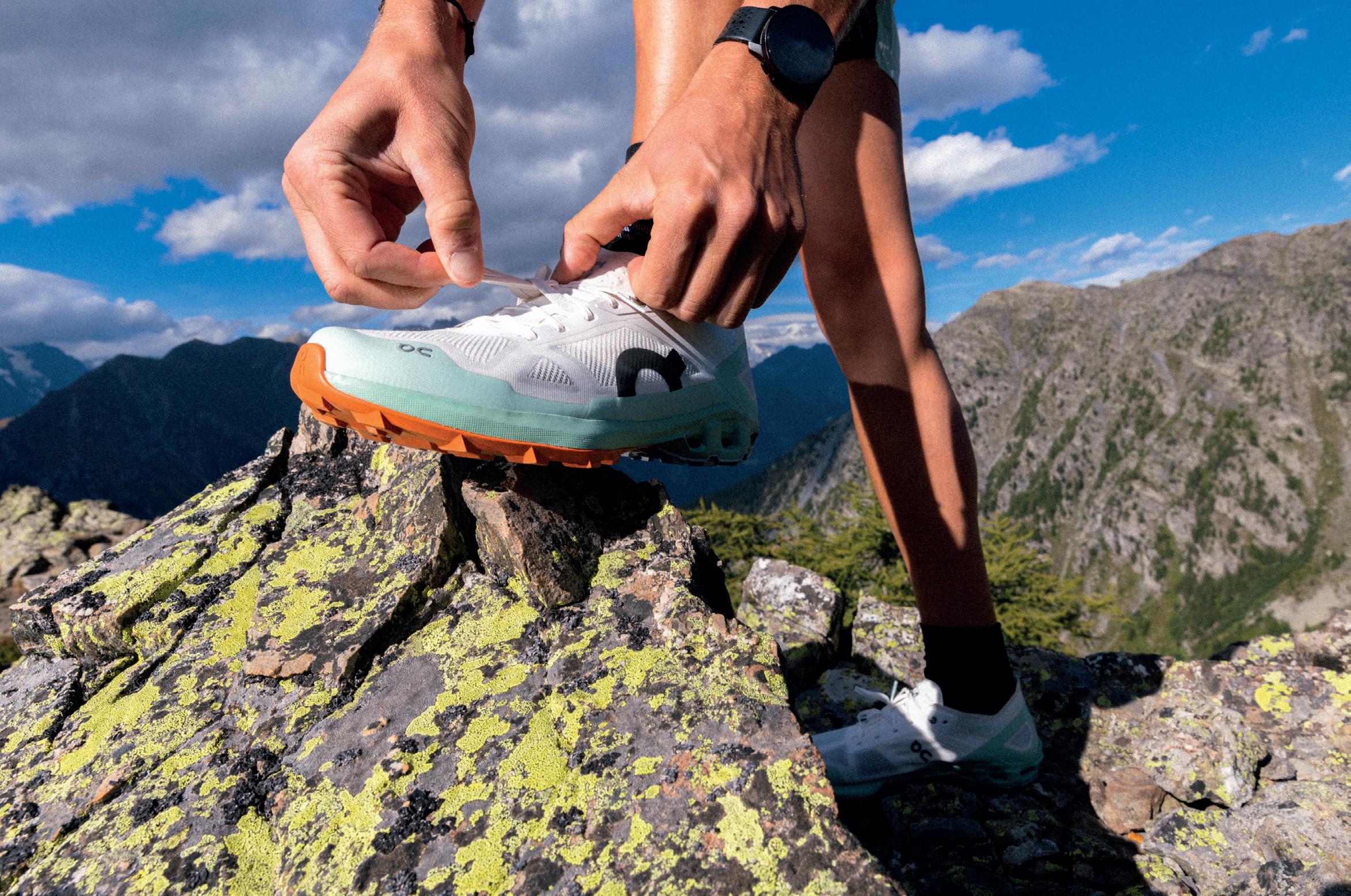
65
SCARPA Ribelle Genesis of an icon
BY DAVIDE
In putting together a story like this, I decided to proceed step by step, setting precise time references. So let's start from the beginning, from a date, the one that definitively marked the "new step towards the future" of mountain footwear: the 5th of February 2017. That day, in the halls of the Munich fair, with the victory of the prestigious ISPO Awards as "Product of the Year", the entry of Ribelle Tech OD was made official, a boot that would revolutionize the world of mountaineering forever. A technological and innovative marriage between a trail running shoe and a mountain boot, a concept capable of giving enthusiasts a new standard in terms of comfort and performance. For the first time, with the same shoe, it was possible to start from the valley and reach the summit, a total change of perspective for any mountaineer. But to get to this we had to bring tradition back into play, to look at the project
PICCOLO
from a completely new point of view. Excluding any other terms of comparison.
To learn more about the history of Ribelle and to understand the evolution that led to Ribelle Tech 3 HD, we spoke to one of the key people in its development. One of the protagonists, one
66
ITW TO HERVÉ BARMASSE
FIORASO PHOTO DENIS
A technological and innovative marriage between a trail running shoe and a mountain boot, a concept capable of giving enthusiasts a new standard in terms of comfort and performance.

67
who, that day in 2015, sat at the table in Viale Enrico Fermi: Hervé Barmasse. With him also Francesco Favilli, brand manager of SCARPA.
Ribelle. When did this word start circulating in SCARPA and in the world of mountaineering? Hervé: It's been several years now. It was 2015. Ueli Steck and I wanted to create a boot capable of satisfying our needs, the ones of fast mountaineering, "comfortable" mountaineering. This product had to combine the fit of a trail running shoe and at the same time guarantee the features of a mountain boot: it had to be warm, waterproof, suitable for crampons. We sat down around a table in Asolo and started sharing our ideas. The first reactions were "but this is no longer a mountain boot". I remember looking at the Modeling Manager and saying to him: "Ok but we have to create a rebellious boot, a boot that leads to a new way of going to the mountains, which is technical but at the same time which guarantees performance, lightweight and speed". It was from that moment that we started working on the first prototypes, a job that ended with the presentation of the first Ribelle at ISPO 2017.
«From that moment on, Ribelle represented not only a boot in itself, but a new style, a new way of tackling the mountain.» Hervé: The seal of our work came a few months later, when the boot was already. For the final test I had the Ribelle Tech OD covered with a down gaiter and used it on the Shisha Pangma. I climbed an 8.000m mountain with a boot designed mainly for summer mountaineering, on the classic routes of our Alps. That was the last, true, test bench*. That day I understood that Ribelle would have open the way to new models, that this would only be the starting point from which to draw inspiration for developing a real lines. We had to give further follow up on that idea, born from a simple meeting, in that office in Asolo.
«Ribelle is not just a boot. Ribelle is a concept. We had asked to develop a boot that followed this new way of going to the mountains, fast, dynamic, of which Ueli had certainly been a great protagonist.» Innovating means exploring the delicate boundary that exists between performance and versatility, taking advantage of cutting edge technologies and materials, of the experience of the ambassadors and of the continuous and passionate work of those who design and realize shoes. In conceiving Ribelle, SCARPA had in mind where it was going: it wasn't about evolution, but about revolution. “We called it Ribelle because for us it was a revolution, we wanted to change the rules of the game on how to move around the mountains”. In 2020 Ribelle takes a further step forward, trying to improve even more. Ribelle Tech 2.0 is born.
Hervé: At first, I have to be honest, someone looked at us saying "yes, but it will be a boot that nobody will use". When Ribelle Tech OD came out, orange footwear was popping up everywhere. It was clear that somehow we had revolutionized the market, the way to go to the mountains. But Ribelle, I repeat, is a concept, the concept of experiencing the mountains in a different way, in a way that has never been seen before. And this has also opened a new path for other companies. What we subsequently did was to renew ourselves. With Ribelle Tech 2.0 we have improved the lacing, thanks to an innovative overlapping system integrated with the upper for a feeling of total wrapping. The OutDry waterproof membrane has been replaced by the HDry version. The inner lining has been divided into two parts, with differentiated insulation to pay more attention to the part of the boot that tends to get cold more easily, such as the forefoot.
And finally, after another 3 years, comes the last born: Ribelle Tech
3 HD. Francesco: In a constantly evolving world, so fast and dynamic, one cannot stand still. This is how we have always worked, this is how we will continue to move in product development, this is how it was for Ribelle Tech. We wondered if something could still be done compared to the previous versions, if such a product could be further improved. Ribelle Tech 3 HD was born from this point of view: once again unhinging the preconceptions of mountaineering and trying to broaden the horizons of those who experience the mountains at 360°. Today, the new Ribelle, with greater technicality and efficiency, represents a further evolution of the all round mountain boot. We kept the same upper made with knit technology. We've slightly modified it to have more wrapping in the calf area and prevent debris or snow from entering the gaiter. We have revised the tip volumes to increase precision when climbing. We have introduced a double lacing: a first part capable of customizing the fit on the forefoot, with a speed lacing technology derived from the world of trail running, to which is added a Velcro strap system on the collar of the ankle to adjust its mobility depending on the phase. Also worth mentioning is the new sole system which sees for the first time the introduction of a drop 6 on a crampon-compatible mountaineering boot (heel-toe drop which usually stands at 10-12mm). We managed to do this by moving the crampon insert back and drowning the heel in the midsole. This allows for a more natural and efficient walk, reducing calf fatigue. We reserved the last provocation for the tread compound, with the use, for the first time in the world of crampon-compatible mountaineering, of a Megagrip compound by Vibram, usually used in approaching or trail running. A soft rubber that adapts perfectly to a fast & light boot like this.
68
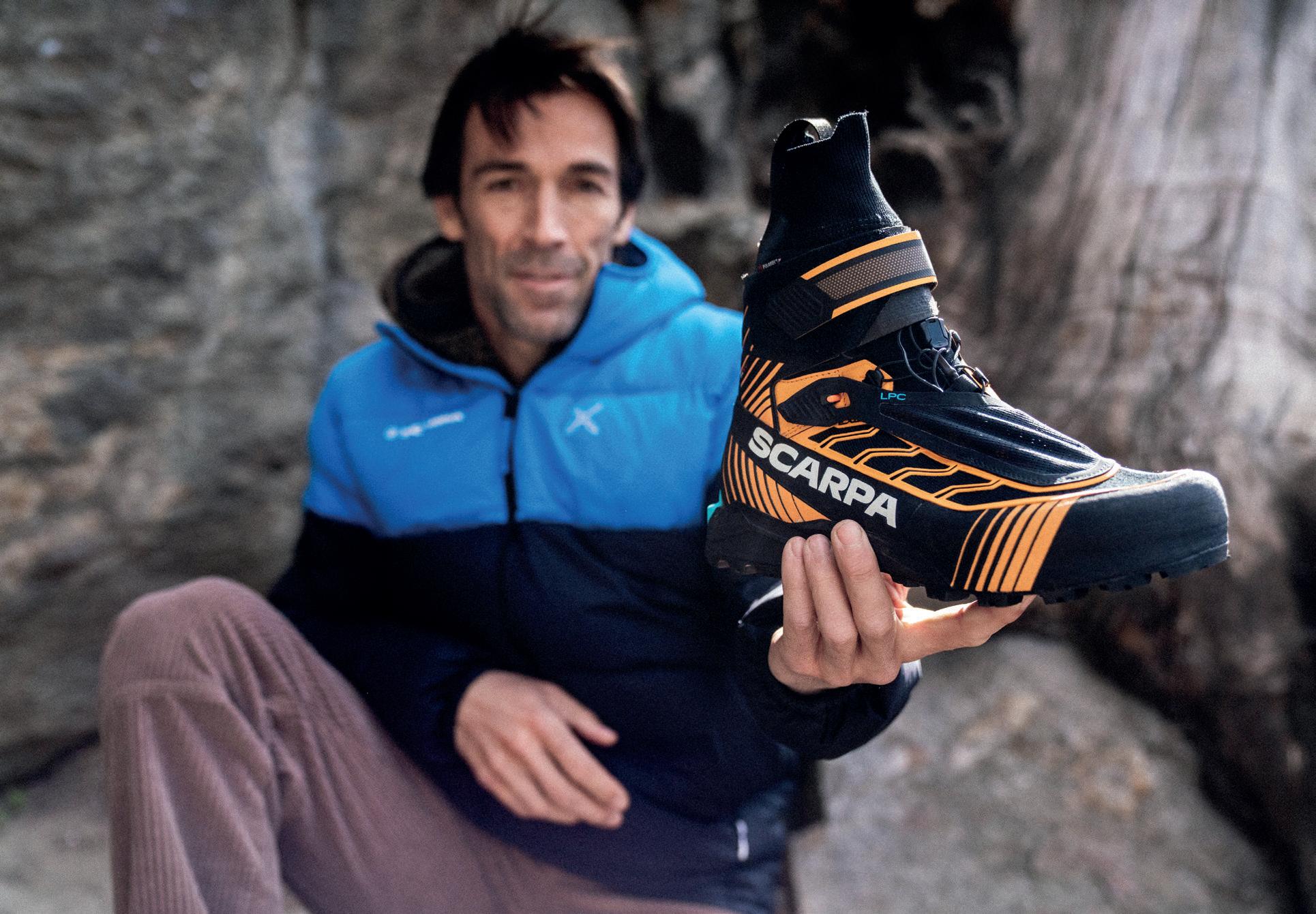
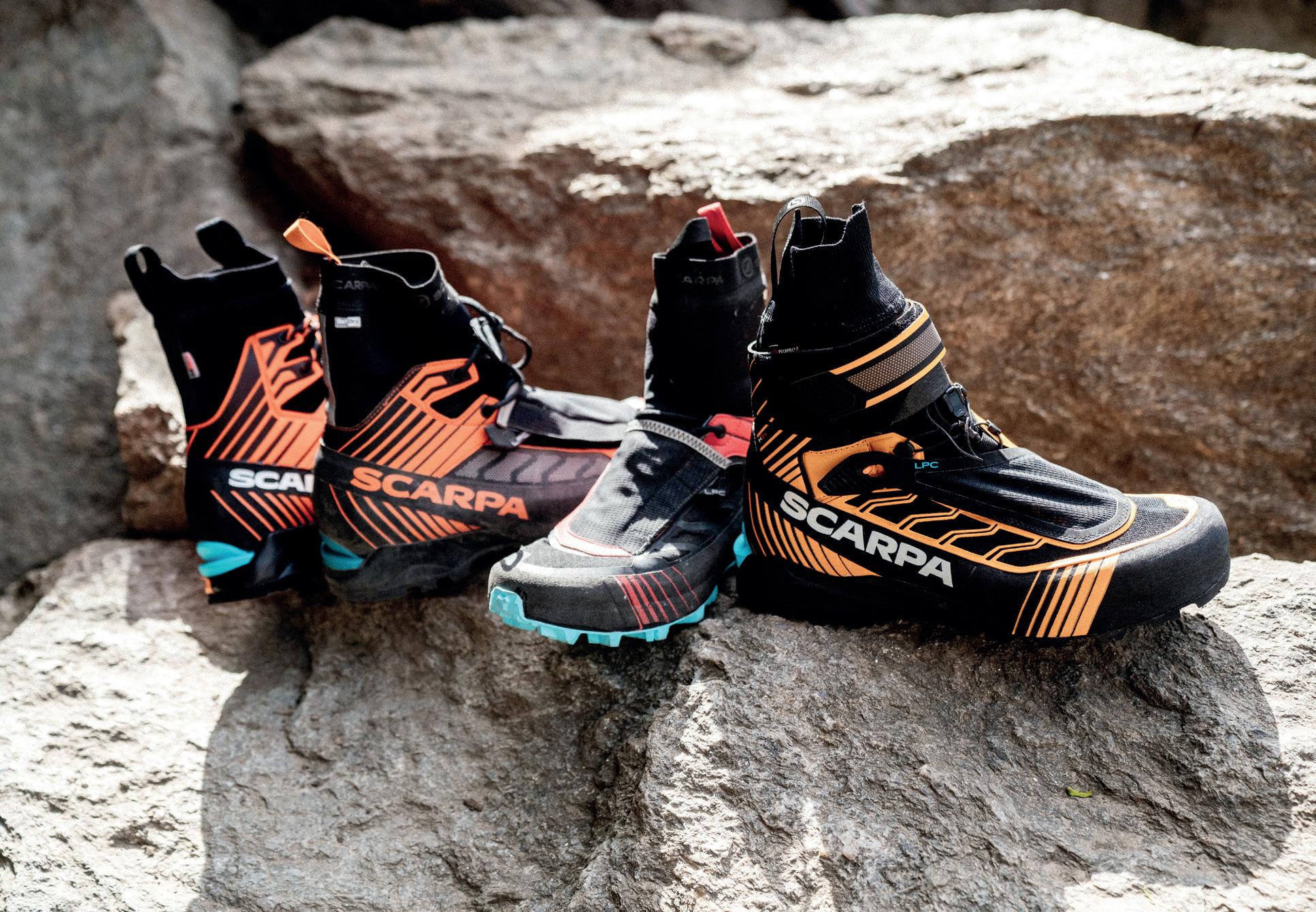
69
Hervé: You must not forget that great performances must be combined with the concept of comfort. You have to think that when you go to the mountains there is a first part of the approach, and with Tech 3 this can be tackled with much more comfort, compared to other models on the market. This allows you to waste less energy and using it for climbing. On the technical part it obviously does not betray and perfectly marries the needs that you have on snowpack, rock, ridges. In all those things that are classic mountaineering, Ribelle Tech 3 satisfies everyone's needs.
Are the technical innovations in Ribelle reflected on different footwear, such as those dedicated to trail running or trekking? Hervè: You have to think that when you develop a product you have to go through a prototyping phase. Prototypes that are refined and of high quality, a standard that sometimes can't even be offered to the final consumer. In the first Ribelle, for example, the prototype weighed 100g less because the crampons were screwed directly to the upper, of course that would be unfeasible to the market. What we do is take all concepts to the extremes, reach the apex of the pyramid, and cascade down to propose the best solutions, also suitable for segments such as trekking or approaching. What certainly remains in the way of approaching the development of a new product is that you never compromise in the quality of the membranes, rubbers, uppers. SCARPA always seeks the best, with the desire to arrive at a final product that satisfies everyone's needs.
Francesco: There is one thing about Hervé that makes me smile. It is the memory of when we left for the approach to Cerro Piergiorgio, in Patagonia. At home he had his own scale, with which he weighed everything. If there is one aspect that he has always pushed, in every product development, it is precisely that: finding the
right compromise between lightweight and durability. Reduce weight as much as possible to make climbing and approaching less difficult.
Hervé: Everyone likes to work hard to achieve a goal. It's what motivates us. But the products must be innovative, they must give everyone the opportunity to improve. It is obvious that if you manage to have a lighter boot, with the same features as a heavier one, this will help improve performance. That's why we take weight a lot into consideration. There is no real study, but if we have 100g more on our feet it is like as if we had 1kg more in our backpack, this is to give a term of comparison. I've always tried to push as much as possible on this. Of course, sometimes you go to extremes of a concept and then go back until you find a balance. Professional mountaineers are used to it, they always go to the limit, sometimes that limit tries to surpass them, other times they are forced to take a step back. The balance between performance, comfort, warmth and waterproofing then leads to the best product.
Francesco: And there are few visionary athletes who push companies to constantly improve. Ueli and Hervé are among them, people who have inspired entire generations and taken mountaineering to another level. Sometimes the requests of the athletes can seem like provocations, but without these, we would never get to the products we see today.
Where will Ribelle arrive? Hervé: We need to start thinking that mountaineering is changing, as an evolution of a different mentality and approach to the mountains. Once upon a time Matterhorn or Mont Blanc were faced in several days of climbing; today they are all climbs that can be done in a single day. What does this mean? That our approach is different, but something else is also changing. Unfortunately there is an ongoing climate crisis, summers are increasingly drier and hotter, and therefore SCAR-
PA already has in mind what the future of Ribelle could be, a Ribelle 4.0. What we will certainly try to do is always be one step ahead of what the new concept of mountain footwear will be.
“Going to the mountains in a different, innovative way, with a new concept, you have to be a rebel in some way. But we can all be rebels. No need for Ueli Steck, Herve Barmasse or a professional mountaineer. What we basically study, through prototypes, is the idea of improving the performance of any person. This is SCARPA's goal and the concept of Ribelle as a Revolution.» *ED: on May 21st 2017, Hervè Barmasse and David Goettler climbed the South Face of Shisha Pangma, the 14th highest mountain in the world, in just 13 hours, in the wake of a new way of understanding mountaineering.
70
In a constantly evolving world, so fast and dynamic, one cannot stand still. This is how we have always worked, this is how we will continue to move in product development, this is how it was for Ribelle Tech. We wondered if something could still be done compared to the previous versions, if such a product could be further improved.

71

Arc’teryx Alpine Academy
Mountain living, community feeling
BY LISA MISCONEL PHOTOS JACK GORHAM, CARLOS BLANCHARD, ALEX WEBB

AAA in short
It was the first time for me at this event, that is now on its twelfth edition. Enthusiasts from all over Europe and beyound were able to experience four days of training, inspiration and connection in a community sharing the same passion: mountains. The format is simple: 43 clinics are distributed over the four days in which you can participate with different durations, difficulties and types of activities. There is the Alpine Village where anyone who passes can test equipment and clothing for free, attend world premieres of mountain films, listen to the words of the best athletes and mountaineers in the world that are part of the Arc’teryx team. There are musical evenings and workshops with free access. 120 alpine guides have come from all over France to lead the various clinics from mountaineering to climbing, hiking, trail running and much more.
From Warsaw and Oregon
I like to tell what the Alpine Academy is by tracing the outlines of those who have sought, awaited and lived these days even when they normally live thousands of kilometers away. Two Polish guys with whom I trampled the snow of the Vallée Blanche glacier, and Lauren from Oregon, who took the chance of AAA to spend a few weeks in the Alps. In Warsaw,
there are no trails or glaciers and traveling to find them is never easy, after a few introductory mountaineering courses they discovered that the mountain is a really nice place to stay and where to move and with that, every year, they return to Chamonix for three days of concentrated clinics where they can learn and experience the mountain in company of people from all over the world in an amazing location. Their backpacks are full of everything that has been added to the list of essentials year after year, and what they don't have they can borrow from the Arc'teryx Gear Library where CAMP and SCARPA equipment is also available. The days are filled like new packs to take home, full of moments and new notions, the evenings enlivened by the images of the movies projected at the Alpine Village or by the music of the outdoor concert at The Scene. They do it every year, like it was the only way to really start summer. Lauren, on the other hand, runs, skis and climbs in the Pacific North West, where there is certainly no shortage of playgrounds for all her activities, but there is something here that you cannot find elsewhere, and so with an intercontinental flight she finds herself running in company of Arc’teryx trail runner Johanna Åström in the woods that leads from L'Argentière to the center of Chamonix for a Trail Running & Spa clinic.
74
Some places are emotional rather than physical. And as much as it may seem a real cliché, it is exactly what happens in towns like Chamonix. I like to paint it in my thoughts like the mountain cabin where you know you will go for your summer adventures. If we then associate that cabin with a moment of the year in which you know you will be able to experience the most beautiful days of the sunny season, we obtain the Arc'teryx Alpine Academy.

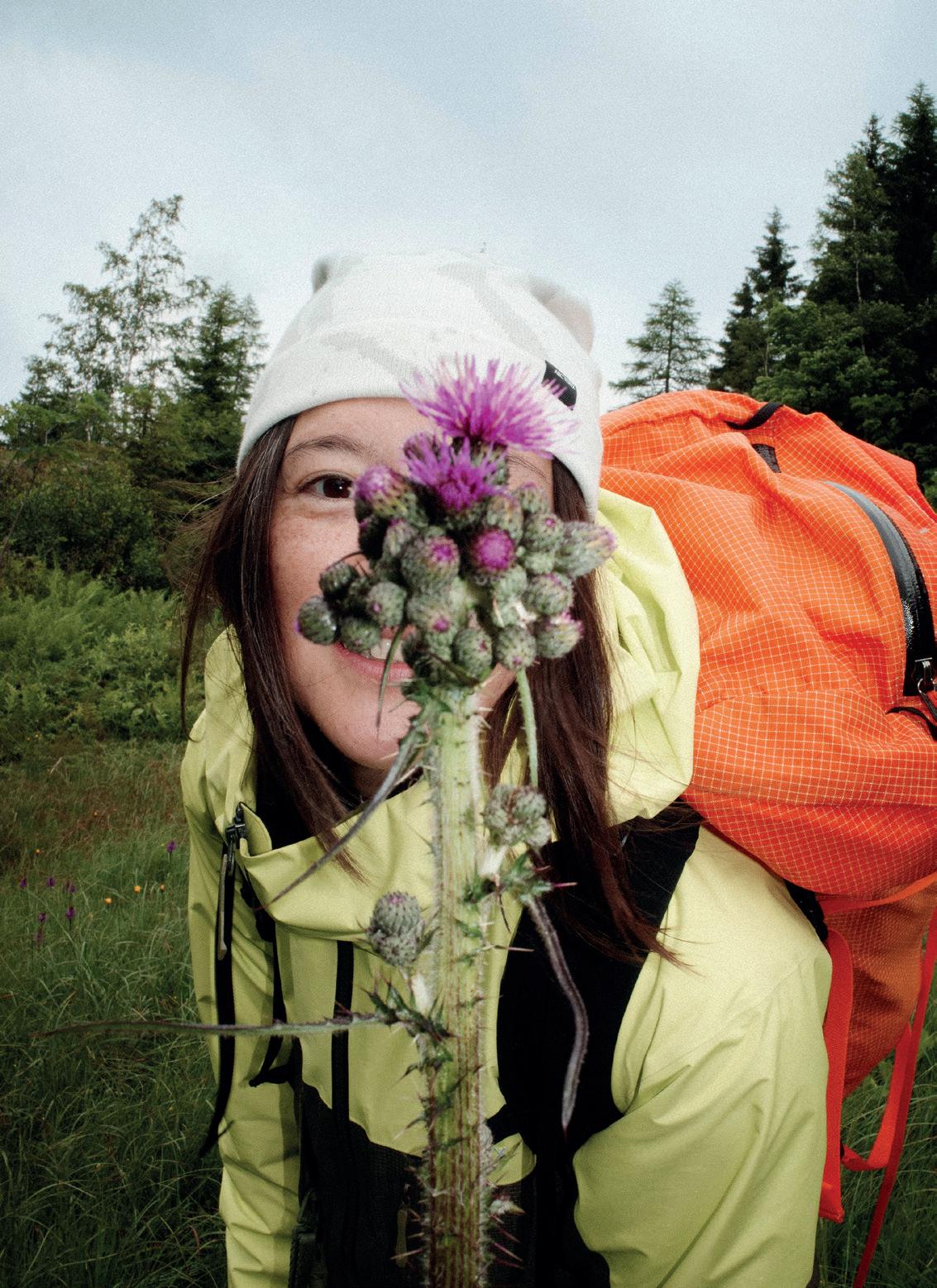

Different worlds that intersect at the foot, among and on the same mountains
The forty-three clinics distributed over the three days involve many Arc’teryx athletes and have exciting titles at times incredible: night in portaledge with Nina Caprez, trail running on the trails of the Tour du Mont Blanc with Stian Hagen, glaciology and permafrost, crevasse rescue, climbing session with Jonathan Siegriest, mountaineering for beginners up to real multi-pitch climbing, high altitude photography. But that's not all: for the creative lovers of upcycling and design, Nicole Mclaughlin flew from the States to hold the "Circular by Design" workshops with her art. This mix also happens in the Arc'teryx athletes’ team, where freeriders took their first steps on rock and trail runners experienced the thrill of moving, for once, with slow steps on a glacier. Once everyone has come back from their trails, climbing routes or boulders, we all meet at the village, where in addition to the upcycling

workshops, there are bouldering challenges for all tastes, lots of interesting talks and the possibility of exchanging ideas and thoughts with professionals and athletes with whom, in those days, there are no barriers and with whom you can, if you want, sit down and share the day's adventures while waiting for the films to be shown in the evening. Then, toasting those moments with the same cold beer, we sit on the lawn of the Arc'teryx The Scene live concert.
The first weekend of July
Languages merge, skills are enriched and stories intertwine. Far from competitions, preconceptions and barriers, the Alpine Academy in Chamonix is that moment of summer that you wait for the same way like when you were little and when it ends you feel a little lost. The nice thing though, is knowing that next year you can go back and nothing will have changed: same weekend (the first of July), same place, same desire to discover, new encounters and new people.
76
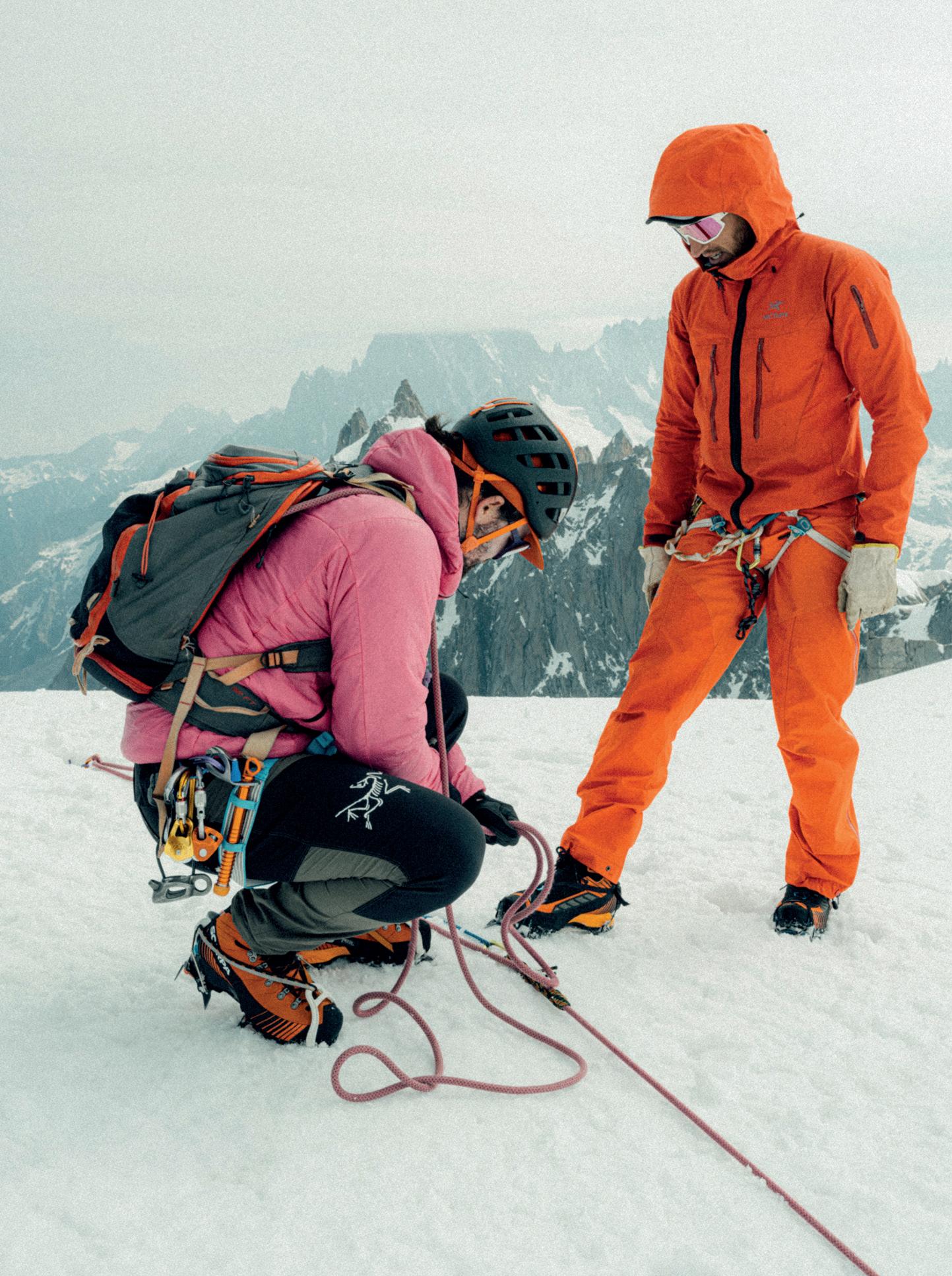
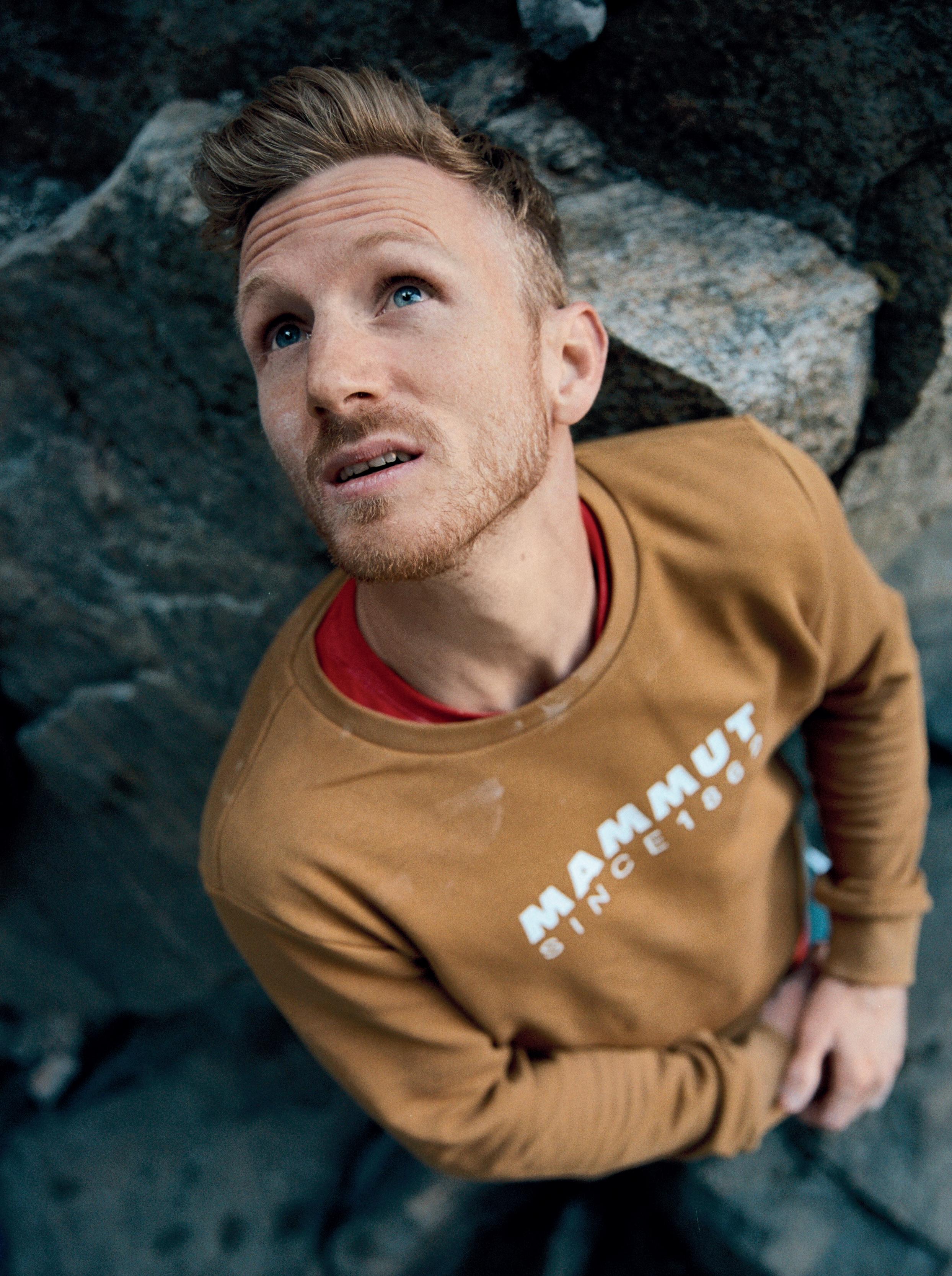
Inexhaustible Jakob Schubert
Determination, motivation and fun are the recipe for climbing (and winning) even after 20 years
BY LISA MISCONEL
PHOTOS MICHAEL PICCOLRUAZ, HANNES MAIR, SOPHIE ODELBERG
The 2023 Sport Climbing World Championship took place in the first two weeks of August in Bern, Switzerland. Its role as the first chance to qualify for the Olympics made this important event even more crucial for athletes around the world. Jakob Schubert, who was telling me some weeks ago how important Bern WC was for him, is now, once again, world champion in lead and combined, earning his one way ticket to Paris 2024. Writing about him, bringing back stories and feelings of the previous weeks not knowing what would have happened in Bern, makes the content of this piece a little extra special.
For every sport, there are names known to anyone, even to those who know nothing about the discipline. Names that come back so often and for so long that they are immediately associated with their specialty: Adam Ondra, Stefano Ghisolfi, Alexander Megos... and Jakob Schubert. Mammut Athlete, Austrian born and raised in Innsbruck, one of the mecca cities for outdoor sports in the Alps, Jakob has dominated the climbing scene for the past 20 years. In his first debut in the Youth World Cup in 2004, he placed 32nd. He then started climbing boulders and rankings – achieving world titles. 2011 was his record year: his seven consecutive World Cup victories engraved his name in the history of climbing. Shortly after ten years later we see him again on the podium at Villars 2023, showing his gold medal together with his all-time climbing mates Adam Ondra and Alexander
Megos. It seems that time has stopped and it definitely shows on that podium. But the truth is that in the meantime chalk has been applied billions of times, boulders have been assembled and disassembled, athletes emerged and disappeared. Climbing became Olympic for the first time in a more or less valid and appreciated way. Now, for the second time, the sport begins its journey towards a new Olympics where speed and combined are, by their very nature, two different and separate sports. And it’s for this new Olympic journey that someone like Jakob aimed to earn his place as early as Bern 2023…and so he did.
It's been ten years since that record-breaking 2011, and you're still on the podium. How do you do that? Obviously, I'm quite proud to still be competitive today after so many years. Experience definitely helps and especially in lead I'm one of the older athletes,
79

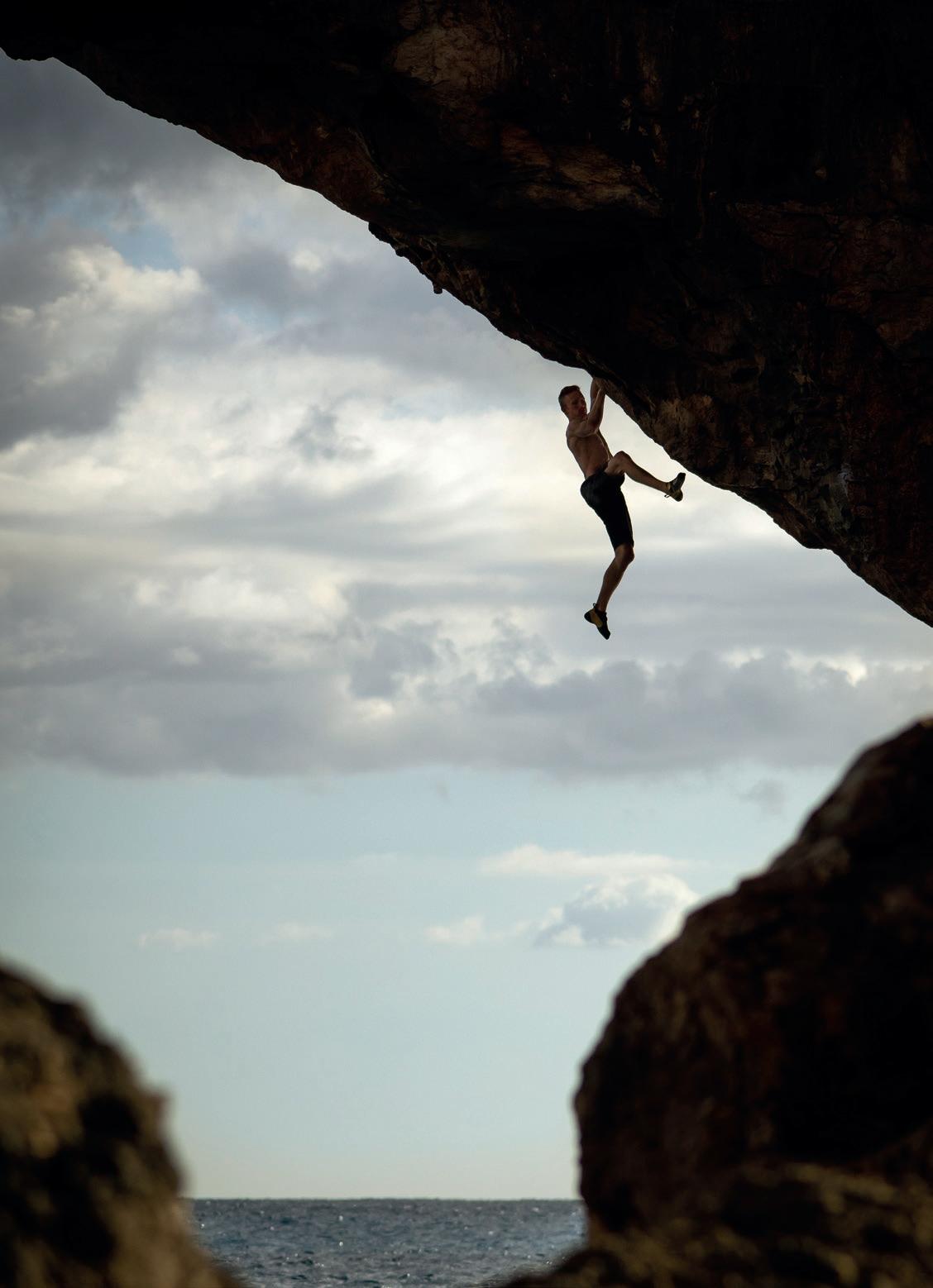
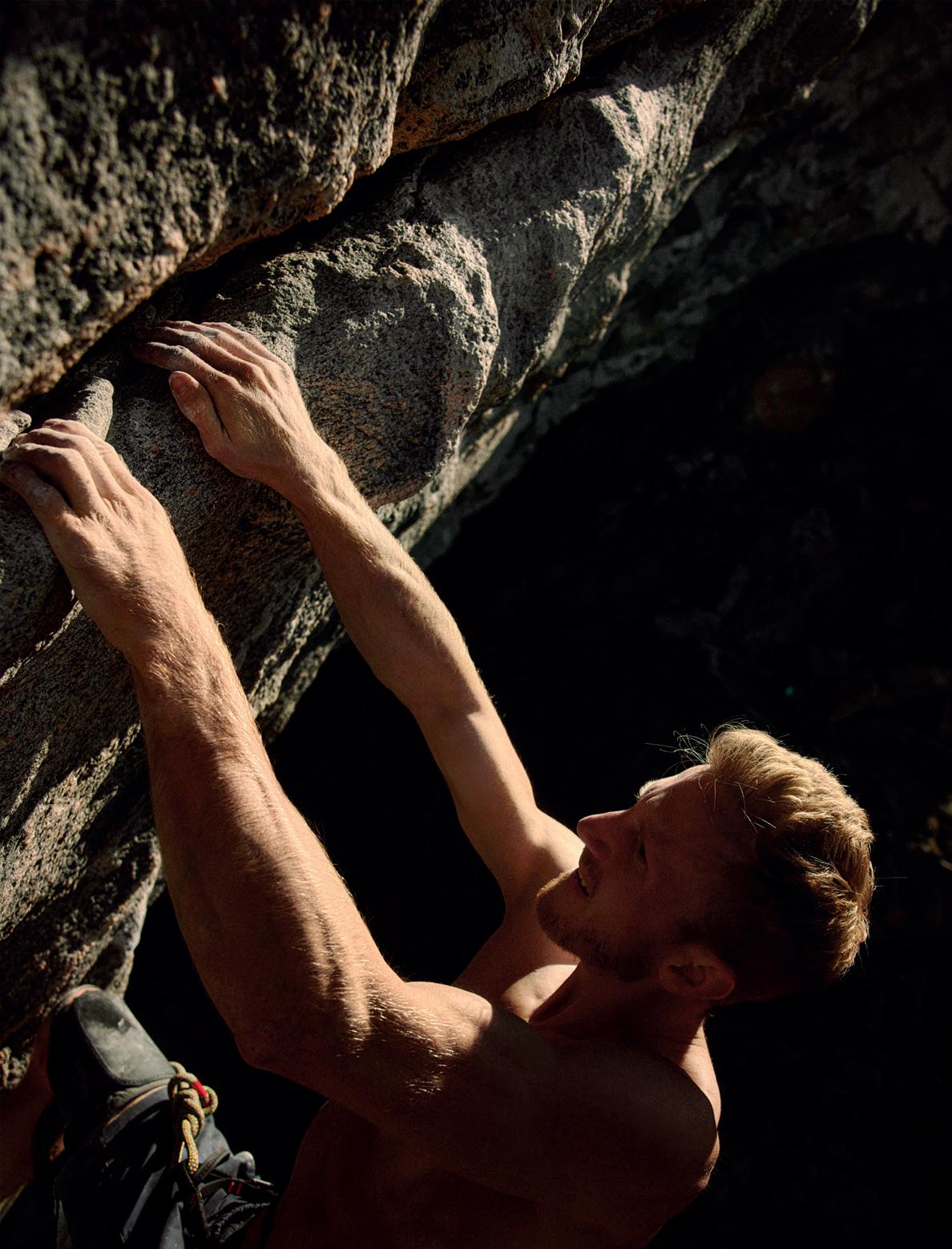
which I think is an advantage, because over the years, I've really had the opportunity to learn a lot. However, the most important thing for me, is that I enjoy climbing in exactly the same way I did when I started. Perhaps with friends who have changed over time, but I can certainly see myself climbing for a long time to come. I am a very outgoing guy and I love company. Climbing is a perfect sport in terms of how I understand competition. I have a crew around me in Innsbruck, which is great and the fact that the level is getting higher and higher stimulates me to push myself further and further. As long as I keep having fun like this, you will spot me in some kind of wall or crag!
How did you prepare for this competition season and what expectations do you have?
Compared to the past, in which I participated in every single competition for the entire duration of the season, I now prefer to focus on a few important events and those leading up to these. I like to spend the rest of my time preparing for and working on rock projects. This year the World Championship in Bern means everything to me and I really take it seriously: there are three places for the Olympics that you can fill by ranking in the top 3 in combined during this event and my goal is to get one. I have had the feeling of being in good shape since the beginning of the season. The level has never been so high: If in the past years I faced qualifying thinking that it was enough for me not to make serious mistakes, now I really have to give my all to stay in the race. In climbing, a mistake can always ruin the whole competition, this is why you can never have expectations of winning.
What are your projects concerning rocks?
After the winter I spent a lot of time on Elphane, a 9a boulder problem in Switzerland that I haven't managed to finish yet. In September, after the World Championships, I’m going to spend three weeks in Flatanger on Project Big – a project by Adam Ondra that I tried with him last December, but we haven't completed yet. Adam went back alone a few times without success and disconsolately confessed to me that he wouldn't get back together with me... That until I told him I would spend three
weeks there: I know he won't resist! Plus, it's "unfinished business" and I don't like leaving projects unfinished.
Gym, competitions, rock climbing but also deep-water solo! Your latest video “Alasha” just came out... After the Olympics it was something, I really wanted to try. Some friends had been to Mallorca and were telling me about days spent climbing on water and how cool it was! Plus, you feel like on vacation unlike in any other rock project where you are almost always in the cold to have maximum grip. After being on the island to check out the climbing spots during a vacation, I returned just after the Olympics after a very mentally and physically tiring season. It was perfect to rest there while remaining active thanks to a new challenge. I always like the idea of sharing projects that I find interesting with the public, that’s how “Alasha” was born.
Today you are an inspiration for many young and old climbers. Who inspires you? I wouldn't say I have one person in particular, but I've had many people I have been looking up to. These people are not necessarily older than me and at the moment young climbers inspire me a lot! If you want to be the best, you have to continually observe others and try to learn from their style and the things they are better at than you. Obviously, Adam has always been a reference too, but at the same time I was lucky enough to enter the world of climbing in Innsbruck, where I was surrounded by very strong athletes. My partner has always been David Lama, an incredible climber, as well as Kilian Fischhuber, Jorg Verhoeven, Anna Stöhr and Angela Eiter. Each of them has played a part in my career and life.
You have been with Mammut since 2014, what is it like being part of the Mammut team? I've been part of the team for a long time, almost from the very beginning. More recently, Adam and Alberto Ginés López, winner of the Olympics joined the team as well. Adam and I could talk about climbing for hours, days, months! We never run out of topics and ideas. Being part of the same team makes every idea easier and more achievable. Plus, it is great that we are a team with athletes from various disciplines.
81
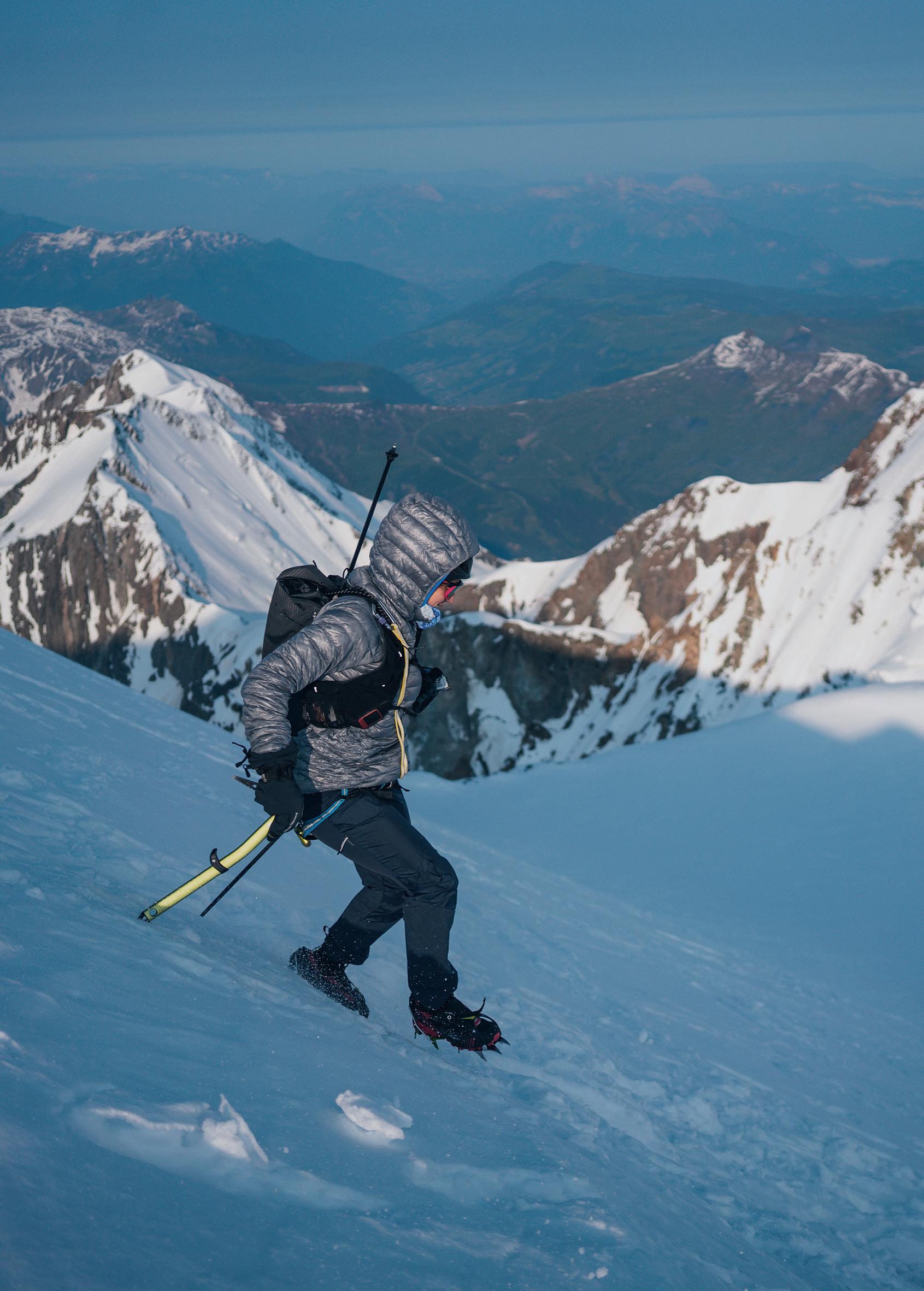
82
Climate change also impacts trail running, word of Hillary Gerardi
BY ILARIA CHIAVACCI PHOTOS SÉBASTIEN MONTAZ-ROSSET
To beat the Mont Blanc FKT Hillary Gerardi had to design an alternative route compared to the "classic" one but she also had to change her training routine for the Skyrunner World Series.
I reach out Hillary Gerardi on Google Meet on probably the hottest day in July, she's at home in Chamonix, but she's about to leave for Schlegeis 3000 Skyrace, the eighth stage of the Skyrunner World Series, the most technical trail running circuit in the world. The theme of temperatures and climate change will often recur in this interview because, in hindsight, it has a great impact on the lives of athletes, especially those who have to face natural environments and conditions that can be extreme. This is the case of Hillary Gerardi, Black Diamond athlete who this year broke the speed record on Mont Blanc but who, in order to do so, had to choose an alternative route to the classic one, the one on which Emelie Forsberg had set the previous female record in 2018. The FKT (Fastest Known Time) established by Hillary is 7 hours and 25 minutes: the athlete covered the north ridge,
which is much steeper than the classic route, but less dangerous from the point of view of seracs: climate change is also this, it requires athletes to reformulate their challenges and take extra precautions. Gerardi then managed to switch to the normal route via the Bosses ridge, where a crevasse had formed in recent years: "I am very happy, because I have shown that this alternative route, which requires more gear and seems to be longer, does not sacrifice the performance. One of the goals of the mission was precisely to highlight the impact of climate change on our mountains” Breaking a record and doing it on a massif like Mont Blanc, which is an iconic mountain for two countries, Italy and France, in addition to be Gerardi’s home mountain, is even more significant. “It was a project I had in mind for many years, but in the last two years the conditions had never been good because of the snow situation, which would not have allowed me to do it safely: it was a project that required a lot preparation, both in terms of equipment, but above all on a mental level. It was the first real solo project for me, not a race,
not the record that I broke together with someone else as happened with the ski crossing between Chamonix and Zermatt, where we broke the women's record. Before doing it I wasn't so convinced that I would be able to break the record, but I'm glad I believed in the project. I also had an extra motivation from my husband, who is a mountain guide and who was with clients that day right on the Bosses ridge, so I was able to meet him both when I went up and when I went down and receive a kiss of encouragement. I feel very lucky because I have already achieved many of the goals I wanted to achieve, maybe it's time to retire!"
“Let's say that everything that comes this year I will take it as a bonus.
I love taking part in the Skyrunner World Series, because I enjoy it, but at the moment there is not a race that makes me think: ok, this is my dream, as it was to participate in the Kima trophy. Participating in it and being able to break the record has been my goal for many years and I finally succeeded last year. In general, I try to choose my challenges with my heart
83

84
and, at the moment, I have not yet found the one that makes it beat like crazy. I will conclude the race series with the Matterhorn Ultraks and the Grigne Skymarathon, then maybe a few smaller races here and there, but I try not to do more than one a month: lately I take rest very seriously. After a race, it doesn't matter if it lasted 7 hours or 4, I take a few days off to do practically nothing, except for walking: in 2018 I was doing almost one race a week and then I realized that the following year I was very tired, both physically and mentally, and I couldn't perform well. Taking breaks is important, both between races and at the end of the season. In November, for example, I stop completely, I don't even train, I eat a lot and enjoy my holidays before I start training again."
As I was saying, the issue of extreme heat and climate change was central to this interview because, in these days of July, it's impossible not to talk about it, it's something so invasive in our lives that the brain keeps coming back to it. So it just occurred to me to ask Hillary something I've never thought about in the past few years, which is how climate change is impacting her discipline and training routine.
“Climate change is definitely having a major impact on our sport. In these days of July, record temperatures were reached in many parts of Europe, especially in Italy. Training is very difficult in these conditions. You don't mess around with heat, even people in excellent health conditions could suffer serious consequences from heatstroke. Luckily I live 800 meters above sea level and am surrounded by mountains, but I certainly had to change my training routine because, here too, temperatures of 35 or 36 degrees were reached during the day. On days like these, I go out very early in the morning or late in the afternoon or, being lucky enough to be in Chamonix, I take the lift and go to train at 3000 metres high, but there is another problem there: the melting of the per-
mafrost often causes the falling rocks and the general instability of the terrain, so my decision-making process is in all respects very impacted. There’s more: I mostly like running in alpine environments, but there are some races that take place in very hot climates: the first race of the Skyrunner World Series, for example, Calamorro Skyrace, takes place in Spain and the start is usually at three o'clock in the afternoon. Organizers at this historic moment need to take into consideration temperatures more than other weather events, which dominated past concerns, such as rain.” However, not only the training routine or the organization of the races is impacted, the equipment must also be chosen based on the increase in temperatures. "Especially for us women this heat is a nightmare, because we have too many layers on: trail running vest, bra, which generally has two layers, t-shirt. For us it is very difficult to find the right equipment, one that is light and breathable enough and that doesn't make us overheat too much. For example, you can wear a belt instead of a vest, but with that you can't carry more than too much water, so you have to calculate a lot of things: how long the race will last, how many aid stations there will be and so on. But there are many other things to calculate, such as the colors to wear: for example, black that attracts the sun is banned, as far as I am concerned I try to have suits that are as light as possible.”
Athletes who have to deal with nature are those who, before others, are sensitive to its needs and receptive to the changes underway, but not only: theirs is a privileged relationship with the elements.
“The thing that has always fascinated me about trail running is that it's something concerning extreme environments. Now let's think about th e heat, because it is so present in our lives these days that we can't think of anything else, but in the mountains there are always extra criteria to consider, such
as exposure to the sun at certain altitudes, for example: I never run without sunscreen, hat and something to protect my neck. For most of the year, however, the problems are given by the wind and the cold. Trail running, unlike road running, requires you to think deeply about the environmental conditions of the place where you choose to run: will there be snow? Will it be slippery? What will the terrain be like and what kind of shoes should I wear to have more grip? It's all much more complicated, but also more intense and for me this is the part that makes running in the mountains so interesting: I don't only have to think about internal factors, but also external ones. Surely this connects much more to the environment: if you plan to be in nature for many hours you have to prepare yourself beforehand, but also observe what is happening around you in order to be prepared for the times to come. Especially in the mountains, where the weather changes are sudden, you need to be able to adjust your plans very quickly. Disciplines such as trail running constantly lead to pushing yourself beyond your limits, but I also like to take moments to slow down for a moment and observe what is around me, enjoy nature and be more connected to it, I think this makes me also a better athlete. I don't know if it is said in Italian too but, in English, there is an expression that is often used by trail runners: the
85
Playground gives the idea of something that is there for us, for our enjoyment, but it's not like that: the mountains kindly host us and what I like about being in the mountains is that the fact that I feel so small and insignificant in front of their majesty.”
mountains are our playground, I've always found it inappropriate. Playground gives the idea of something that is there for us, for our enjoyment, but it's not like that: the mountains kindly host us and what I like about being in the mountains is that the fact that I feel so small and insignificant in front of their majesty.”
Hillary actually ended up in the mountains for love even before for sport: she moved to Chamonix thirteen years ago to follow her boyfriend at the time, now her husband, and thought she would only spend one winter there and then return to the States. But things went differently and now she and her husband are preparing the papers to request the citizenship: "It was a considered choice, which we renewed year after year every time we found ourselves having to collect all the documents to renew our visa. “Do we really want to con -
tinue living here?” And every time the answer was “yes”. If they don't accept our citizenship, I'll try with Italy: my paternal grandparents were both Italian, but they immigrated with their family when they were very young, my father doesn't know a word of Italian, but the roots are there.” Personally, I've always looked to the United States as the homeland of trail running, with its ultramarathons that cross deserts, woods and canyons, but Hillary sees it differently: "The fact is that living here gives you a lot in terms of technique, running in the United is another thing, the style is completely different, much less technical. The trails there are wider and more regular, with less elevation gain and therefore also faster, but not technical, which is a thing I really like. I think that's why today there are more and more runners from the States who dream of moving to Europe."

86
"The fact is that living here gives you a lot in terms of technique, running in the United is another thing, the style is completely different, much less technical. The trails there are wider and more regular, with less elevation gain and therefore also faster, but not technical, which is a thing I really like. I think that's why today there are more and more runners from the States who dream of moving to Europe."
7:27:39
32,6km
3,877m

ACCESS HERE TO THE TRACK OF THE HILARY PATH ON FATMAP BY STRAVA


87 DURATION
DISTANCE
ELEVATION
3,000M 4,000M 2,000M 0KM 5KM 10KM 15KM 20KM 25KM 30KM
Two wheels all you need to discover a land Valle Stura Piemonte on MTB
BY LISA MISCONEL PHOTOS DANIELE BOFFELLI
Moving in nature is possible in infinite ways and with more and more tools. A theme that has great relevance today is the one of the sustainability of living outdoors and in the mountains, avoiding structures with a strong environmental impact and replacing them with alternative realities. Some territories more than others present the characteristics favorable to this type of evolution: where the facilities are less widespread and mass tourism has not yet made its advent, where coexistence can exist between different types of mountain visitors and where, as always, there is the passion and the will to see things from another perspective. In Demonte’s Valle Stura, in the Province of Cuneo, something has been moving for years, and it has done so with the sole use of signs, GPS and... the two wheels!
Culture, territory and pristine trails can be found in the 60km of this valley set between
the Maritime Alps and the Cottian Alps on the border with France to the south and with the green valleys of Maira and Grana to the north. Here sports such as MTB have found favorable terrain for decades since the time of the famous Promenado Bike Marathon. It is precisely here that several projects have been born since 2015 in order to cycle in complete autonomy and with minimal environmental impact such as "MTB Valle Stura" within which the "Bike Park Tajarè" is located. The sharing of the territory and the exploitation of the dense network of local trails are the foundations on which these realities develop. In fact, the not excessive number of hikers allows the usability of the paths also to the category of cyclists and so also the military roads at high altitudes. There is no need for large artificial interventions to make accessible the trails that manage to maintain themselves even if only thanks to the continuous passage.
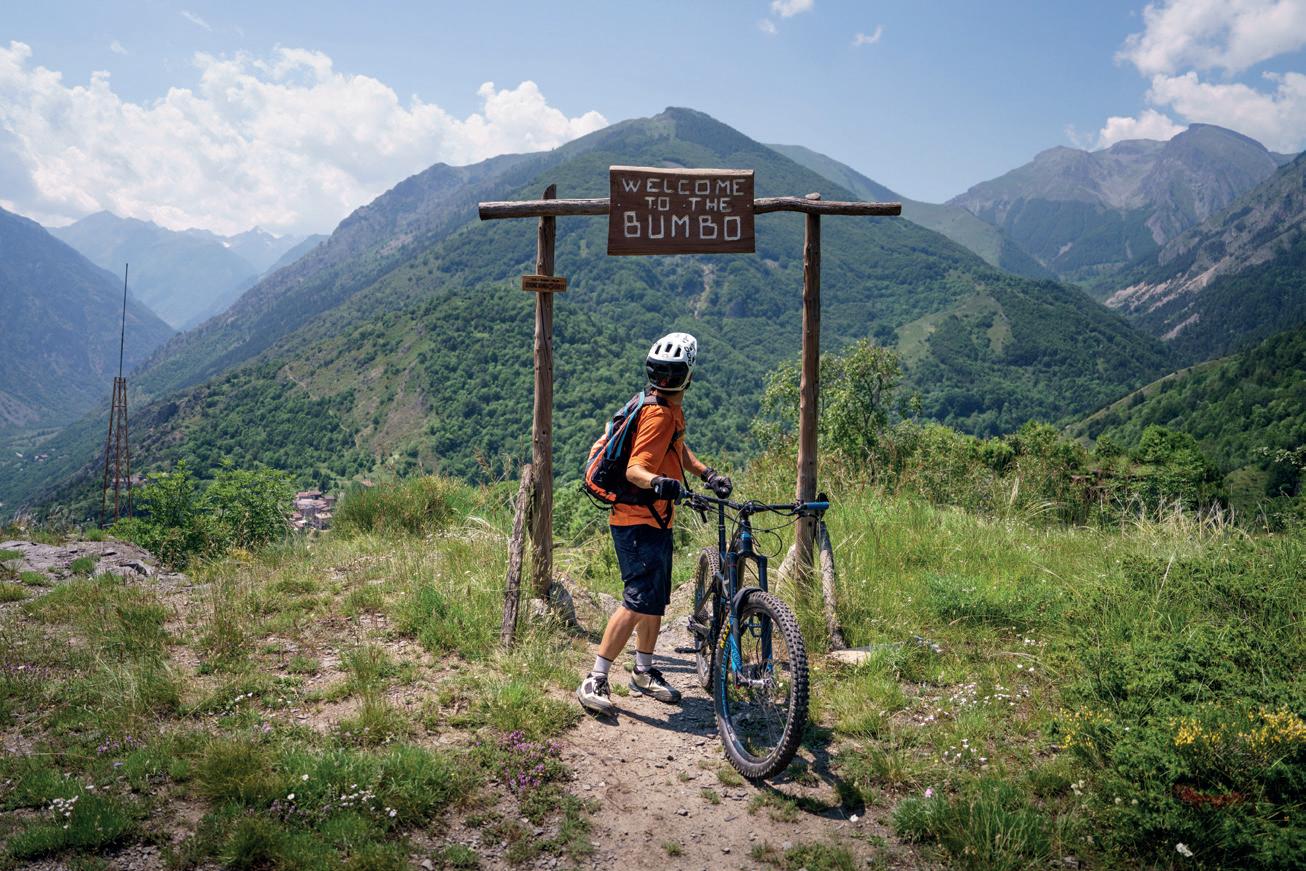
88

Anywhere but on two wheels
From the valley path passing through medieval forts and woods up to 2600 meters above sea level. Mule tracks and high altitude military roads built between 1700 and World War II give cyclists the opportunity to pedal uphill and have fun going downhill, savoring the landscape and getting closer to the local culture. The study of the routes is so sophisticated that 80% of the tours only work in the direction of travel suggested and specifically designed for usability uphill and maximum fun downhill. MTB Valle Stura has 41 itineraries with 1000km constantly monitored for conditions and practicability. Seven routes in particular are those linked to the Bike Park Tajarè which, through signs placed at each intersection, guide enthusiasts to discover the dense network of routes in an easy and effective way. The passage of bikes on the trails in the woods allows them to maintain themselves without ruining themselves and the increase in the attendance of these places also increases their safety. For those who are looking for adrenaline, the Vinadio Enduro Bike has
what's right for you: steep descents on technical terrain where it will be just you, mud and the bike.

MTB made simple
Often the difficulty in moving to a new place lies in finding the right itinerary and following it from start to finish without a hitch. To know its conditions and practicability to appreciate every meter of it. To overcome this variable, we often end up frequenting the busiest places and where the sense of authenticity and that wild scent of paths and landscapes is often lost amidst the buzz of traffic. In a valley that is still pure in its essence, tools such as GPS tracks, physical signs along the way, continuous online updates which, as well as cycling tour guides, are made available for cycling tourists and amateurs, cycling mountaineers and enduro lovers to experience an area in an authentic and sustainable way and find that sense of dispersion in nature that everyone is looking for.
90



Nadir Maguet The record man
Chronology of an undertaking on Grandes Jorasses
 BY DAVIDE FIORASO PHOTOS EVI GARBOLINO
BY DAVIDE FIORASO PHOTOS EVI GARBOLINO
Nadir “Mago” Maguet once again left everyone stunned, and this time he did it with a great feat on the normal route of Grandes Jorasses, the iconic group of granite peaks on the border line between Italy and France, in the northern part of the massif of Mont Blanc. Three hours and 19 minutes. This is the time taken by the athlete from the Aosta Valley to carry out the up & down of Punta Walker, the highest peak, marking a new Fastest Known Time which improves Alfredo Mammoliti's record by almost an hour.
Nadir is once again making headlines just 8 days after his resounding success at the July 4th Trail Skymarathon, in which he broke Mario Poletti's historic record which had lasted for 20 years.
Hi Nadir. With this premise we can truly say that you are coming from a grace period. I ended the ski mountaineering season at the end of April, with the Mezzalama Trophy, and from here I started managing the transition to the summer season, which is never so trivial, you carry the tiredness of winter with you and you have to resume the technical gesture. Like every year I started gradually, introducing a lot of cycling, so as to avoid the risk of inflammation, and then, gradually, increase with running. I take the summer season more flexibly, I go a lot on intuition, unlike the winter season, where you compete for the national team, there are World Cup dates to respect, there are the great classics (Pierramenta, Tour du Rutor…). Between May and June I took part in some competitions (Monte Zerbion Skyrace, Torgnon Pink Trail, Ultra K Trail, ed.) to regain the race pace before the most important events, such as Lavaredo 50K, the only one I had really scored on the calendar (2nd place at the end of a tight duel with Francesco Puppi, ed.). Obviously the progress of the preparation is never a certain fact. One plans as much as one wants, but one
must also have a little luck. This year went well because I arrived in Cortina in good physical condition. The following week I was still in doubt whether to participate in the 4th of July Trail because I wanted to see how I recovered from the previous race. I did a few days at home in peace, a few bike rides and after a running workout the sensations were excellent. When you're like this, you recover incredibly, so I decided to confirm my participation in Salvadori. In fact it was a race that I had in my sights for some years. I studied the route all week and in the end, that day, I really felt like God. I think I arrived in Corteno at the top of my condition.
Let's talk immediately about the feat on the Grandes Jorasses. Where did the idea of this record come from? The idea was born 6 years ago, but then I still had to find my true identity, I still had to find out what kind of athlete I was. Mammoliti's 1993 record intrigued me. I had asked Denis Trento, a mountain guide and former athlete of the national ski mountaineering team, to take me up the Normale to see if I was up to taking on such a challenge. After a few days he called me saying "let's go, but let's do the Traversata on the West and descend from the Normale". I was super excited, but having never done mountaineering routes, I didn't know what to expect. It was an incredible journey, long and eternal; a very hard day. I had a crazy crisis, probably due to the long stay at altitude. I remember little or nothing of the Normale, too tired or concentrated. It was from there that I decided to put the record project aside, in a very natural and spontaneous way. To beat records you have to be sure of your abilities; on certain projects you have to go decisively and convinced. You have to take your time and keep up with them, carve out the right space for them, because they require a lot of commitment also at a logistical and organizational level. The races are
there, the day arrives first and you find the dish ready. Here you have to keep up with it, plan and schedule. At the time I still had confused ideas and I wasn't yet mature enough to face this challenge.
A few days earlier you were at the Jardin de l'Ange, at the start of the Gran Trail Courmayeur. Have you had the opportunity to reconnoiter the route? What were the conditions like? Yes, on the morning of the GTC I had been with my partner (Hervé Vevey) on a reconnaissance tour to understand the conditions of the glacier, in particular the state of the crevasses at the base of Reposoir and the situation of the Whymper gully, another delicate section for the objective risk of falls. Imagine that from the Friday of the reconnaissance to the Monday of the record, a snow bridge had already collapsed. There and then I found myself displaced, but with the adrenaline rushing you don't ask yourself too many questions.
Nadir set off in running gear up to the Boccalatte refuge, overcoming the first 1000 meters of difference in altitude in just 40 minutes. Here he changed his clothes and put on mountaineering equipment, then continued together with Davide Cheraz, who accompanied him for about 300 meters in the most crevassed section. Then solo again, up the Whymper gully to the summit of Walker where, after 2 hours and 17 minutes, he embraced the mountain guide Marco Camandona before starting the descent. 3 hours and 19 minutes after the start he returned to Planpincieux, setting a new Fastest Known Time for this route, breaking Alfredo Mammoliti's chrono record of 4:03:26.
Let's retrace the steps. Can you tell us exactly about the route? How does it develop? The route starts from the 1598 meters of Planpencieux, the last fraction of Courmayeur in Val Ferret. I set off from the large parking
94

lot, lengthening Mammoliti's trail by a few minutes, who had started from the church. Like him, I made a couple of detours from Via Normale: the first is a gully near the Boccalatte refuge, which can be skied in winter. There was still a lot of snow so we tackled quickly. The other to take the Whymper couloir staying to the right of the Reposoir. At the top, however, I followed Normale faithfully, crossing the slopes of the hanging serac to fetch the rocks under the Walker. From the information I received, however, Mammoliti had taken a steep gully on the left, alongside the serac, a little faster. On reconnaissance it looked good to me but the expected dusting of snow on Saturday could have been a problem.
How much do you feel you risked? How much margin for error is there in a challenge like this? We had made a precise planning. Already the decision to change into mountaineering gear (with boots, crampons and ice axe) has reduced the risk. For the most crevassed part, Davide's support further increased the safety factor. On the descent, in the stretch of rocks on the Whymper, I had a fixed rope attached. To respect the ethics of the record, I had made sure that Mammoliti had done the same. I went fast downhill, taking 1h 02', but personally I don't feel I took any risks. In the more delicate stretches I went cautious and concentrated, taking care to put my feet right. I took the opportunity to push on the easier and more runnable stretches. Obviously there are objective risks that do not depend on me, such as falling rocks, the detachment of seracs and the collapse of bridges over crevasses. This is a risk to take into account, but sometimes you don't even have to think about it.
When you got to the top, how did you feel? What did it mean to find Marco Camandona? I thought I'd arrive much more tired and physically strained, but instead I was very lucid.
I managed the climb well, according to my plans. Marco was waiting for me 100 meters below Punta Walker. I made fun of him because I detached him before the summit, he who is the man of the 8000m. Sharing the arrival at the summit was nice, by itself it would not have been the same. I have known Marco since my time at boarding school in Aosta, it was he who launched me into the world of ski mountaineering and he has always been a mentor to me, as well as a friend. And he still is now. For everything I know I can count on him, a person I trust blindly. If I'm the athlete I am today, it's also thanks to him.
When did you have the perception of the record? Before reaching the summit, I checked my watch and saw that I was well below Mammoliti's times. I hadn't been able to find a lot of information about his record, but I had reference intermediates. I reached the top in 2h 17', he did it in 2h 48'. On the descent I knew I could count on perfect conditions, down below the snow hadn't completely frozen and I could go fast.
Irony of fate. Singular that the previous record dates back to 1993, your year of birth. In your opinion, why has it been untouched all these years? Many records were made in the 90s (Marino Giacometti, Fabio Meraldi, Bruno Brunod, ed.). Then everything fell silent. With the advent of the races, probably no one has had the desire and the interest to try their hand at these feats. They had lost attraction. With the pandemic, these performances have made a comeback, gaining the interest of media and sponsors. At the time Matteo Pellin, historic Courmayeur mountain guide and great ski mountaineering athlete, had expressed an interest in trying this record, but an injury had made him put the idea aside. And he never took it back. It has been there for 30 years also because planning something like this is not easy. It takes inspira-
tion and motivation. Now let's see if talking about it will entice someone.
Eclectic athlete, with an innate talent for outdoor sports. Able to demonstrate great skills even on those terrains that require mountaineering knowledge and skills as well as performance and speed. In fact, his “fast & light” feats are many. In September 2022 he had set a new ascent/descent record on the Grossglockner (3798m) via the Stüdlgrat route, a few months earlier he had set the best known time on Piz Bernina (4049m) on the Via Biancograt. Exactly ten days later he had taken another record which belonged to Austrian Philipp Brugger, establishing the new FKT on the Hintergrat of the Ortles. Finally, just not to deny him any merit, the astonishing 2 hours and 02 minutes to climb and descend Gran Paradiso (4061m) in July 2020.
Bernina, Ortles, Grossglockner. With Grandes Jorasses you have completed an extraordinary poker. It's a bet it didn't end there. The rumor has already started circulating, so there's no point in hiding. I want to start this big project which is the Matterhorn. I had already put the flea in my ear last year, at the end of my FKT Project, in a video made for La Sportiva. At the end there was a scene in which my grandfather, sitting behind the house with binoculars, looked towards the Matterhorn. That was a clear enough message for those who knew how to grasp. It has always been a secret dream, a closed drawer that I have never opened. From this year I decided to daydream. The idea is to put your nose into it and figure out if the record is approachable or not. If I could play it safe on the precedents, the Matterhorn is a question mark. But here I feel I have an extra motivation: it is a project that comes from the heart. Living at its feet, the thing that would weigh the most on me, once my sports career was over, would be the regret of not having tried.
96
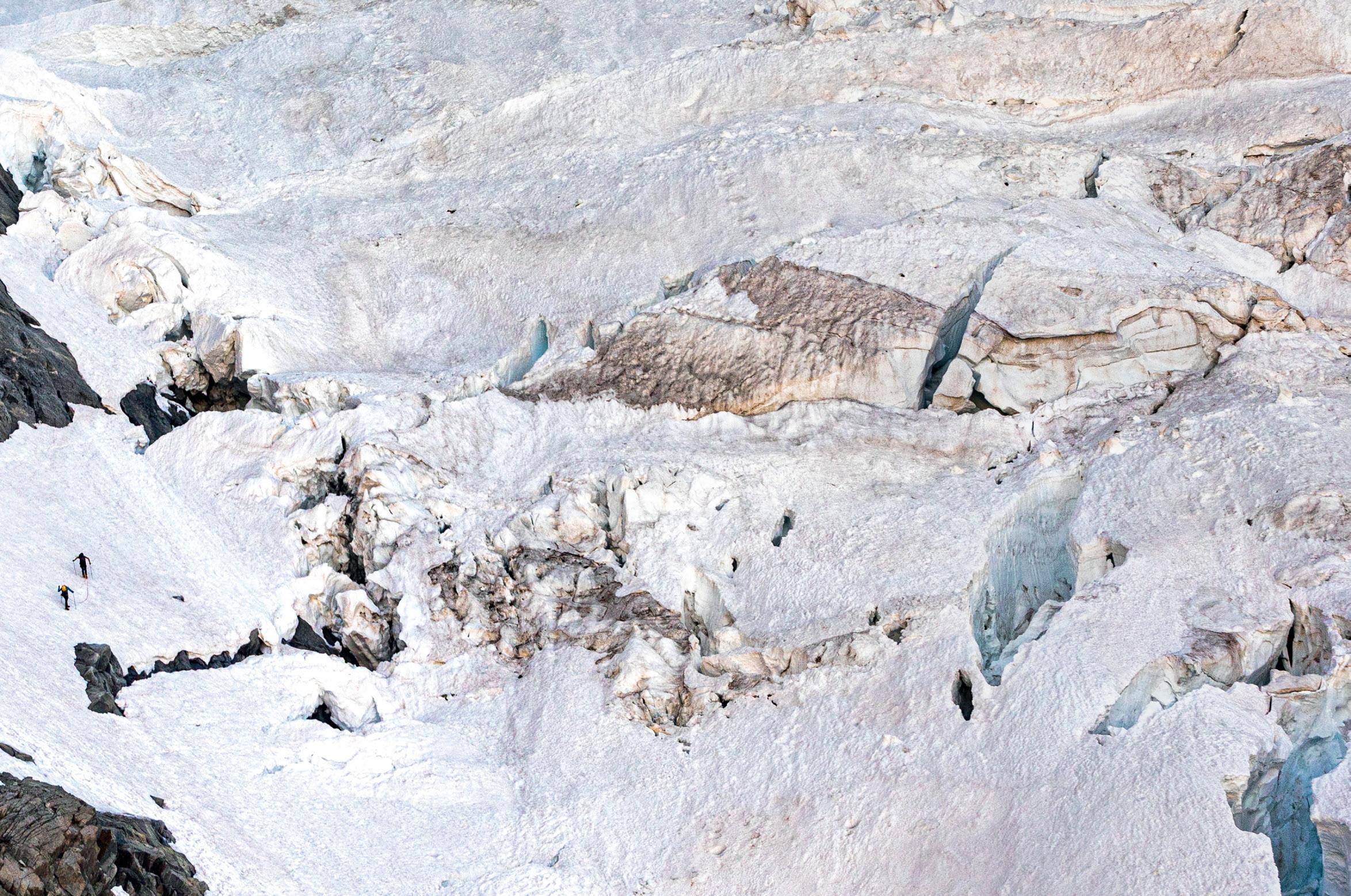

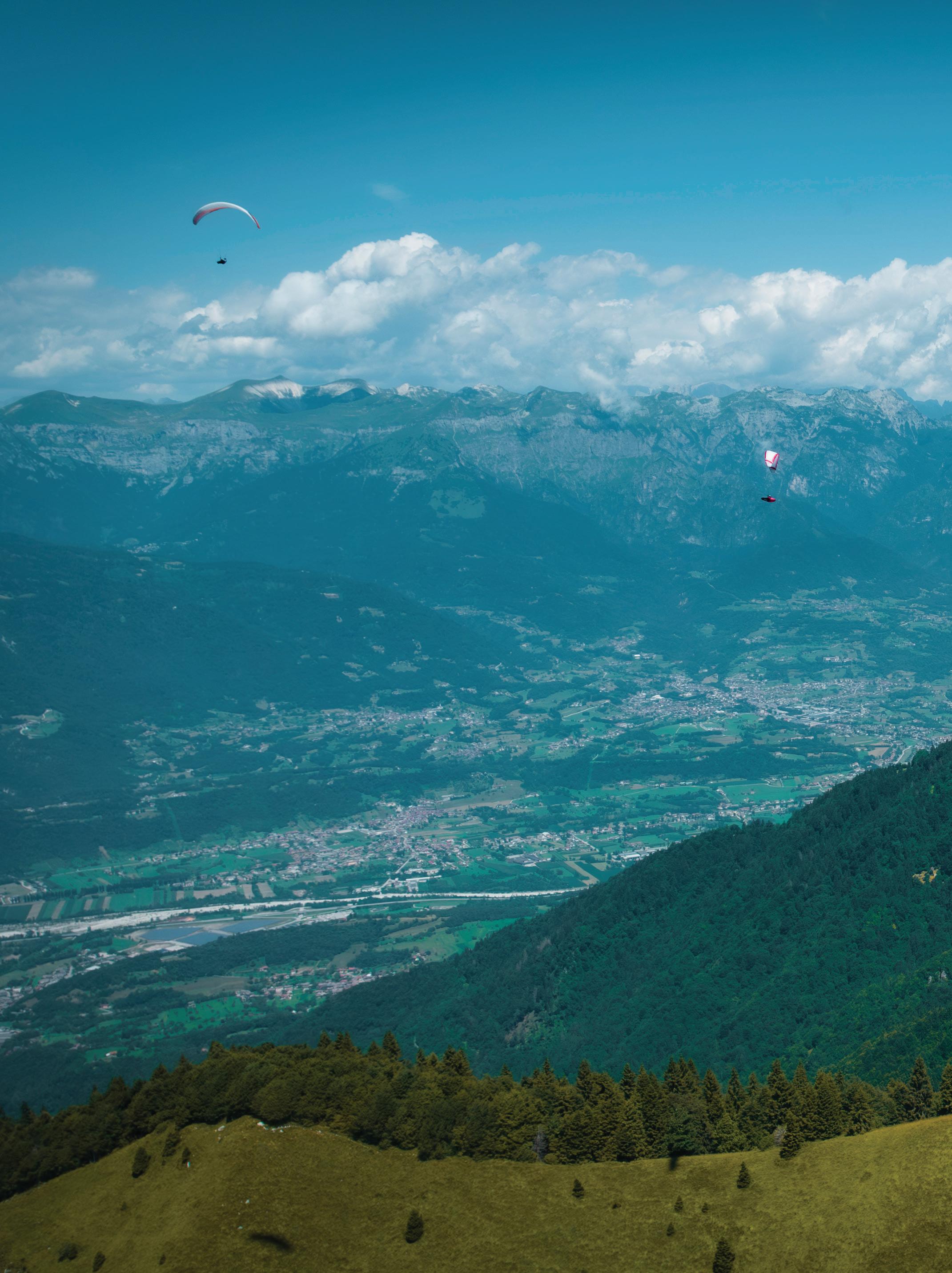
PreAlpi Tour Hike&Fly race
A dream with heads in the clouds
BY MARTA MANZONI, LISA MISCONEL PHOTOS BY ALEX D’EMILIA
“It is enough to have experienced even once the three-dimensional dimension of the air to understand that everything is different. There is something that goes far beyond the athletic gesture. Perhaps this is not even a sport but a discipline. A discipline of the soul and mind, even before the body” can be read in the preface of book I Signori del Vento, written by Maurizio Bottegal, long-time paragliding pilot, owner of Monte Avena paragliding school, free flight instructor examiner, with 13 appearances in the national team. At least in part, it is precisely this philosophy that inspires hike&fly: a sport with zero environmental impact, which is based on the combination of hiking and paragliding, and that celebrates total union with the natural world. In fact, hike&fly involves spending a lot of time alone, in the woods and in the mountains, at high altitude. Many athletes of this discipline do not come from free flight but from mountaineering and trail running. Experience matters a lot in paragliding: there are those who manage to fly in conditions that are prohibitive
for other pilots. It's a particular and intriguing sport to watch, and it's catching on. Hike&fly involves knowing how to manage many kilometers alone, and sustaining considerable mental fatigue: it is not an activity to be taken lightly, and it requires good preparation. “When we started paragliding in Italy hike&fly already existed: we went on foot to the top of Monte Avena and we flew down, even if they were only glides of about ten minutes. The equipment of those years, even if different from that of today, was still light. At the beginning the paraglider was used by mountaineers to descend quickly from the mountain and maybe climb two peaks instead of one. In Italy, paragliding as it is understood today, was born a little later, around 1987, when its performances increased" says Maurizio Bottegal. The development of hike&fly is linked to the innovation of sails and technologies, which have reduced the weight of the backpack, allowing you to cover many kilometers and hundreds of meters in altitude. There are many variables involved in this discipline, and not all of them
99
The hike&fly competition organized by Para&Delta Club Feltre returns even bigger in its second edition, thanks also to the support of Aku.
"From up here, the earth is beautiful, without borders or boundaries”
(JURIJ ALEKSEEVIC GAGARIN)
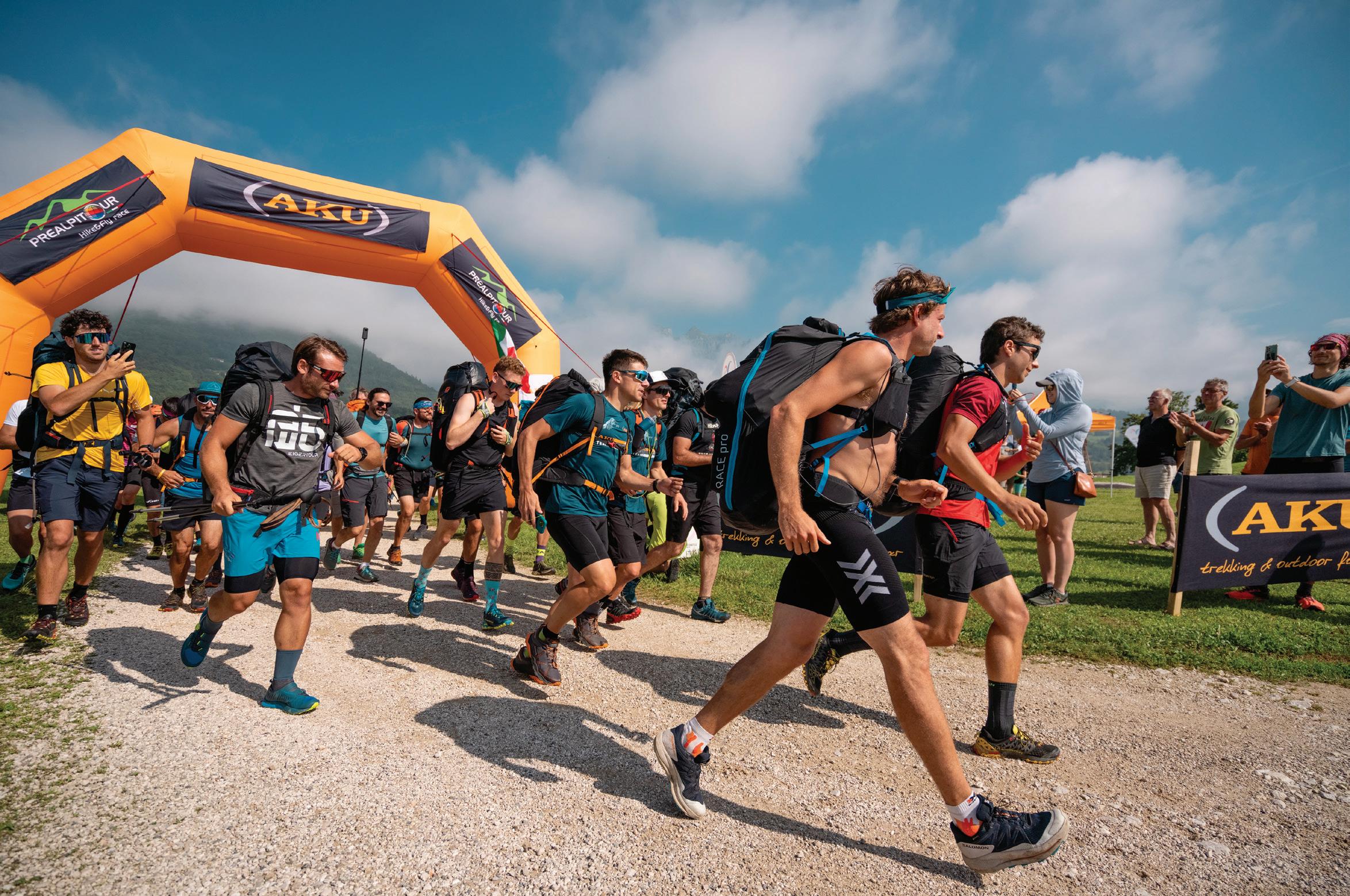

can be controlled: a lot depends on the weather, and lately it's difficult to have reliable forecasts, due to climate change. “In 35 years of flying I have never seen this energy: extreme, unexpected weather phenomena that arrive suddenly, form quickly and leave quickly, with violence and strong intensity. We are witnessing the tropicalization of our areas, as a consequence of global warming caused by men. Being always in the air, we notice these changes” continues Maurizio
Bottegal.
Schiz & polenta
Born in 2021, with the intention of enhancing the mountains and the territory, giving space to pilots with a fair amount of experience but not necessarily professionals, who wish to approach the world of multi-day hike & fly races, PreAlpiTour has already conquered the hearts of many fans. Its second edition took place from 20 to 23 July 2023, again thanks to the organization by Para&Delta Club Feltre located in Boscherai, in the municipality of Pedavena (Belluno), and with the support of Aku. "The story of the race was born over a good plate of schiz (typical cheese of the area, ed.) and a glass of wine, between Luca Palma and me. We thought of an event that would bring riders inside the mountain as it is, with its people, its traditions, its flavors, discovering alpine huts" explains Marco De Cet, creator and director of the race. The field of competition are mountainous areas close to each other, but quite different: Belluno and Trentine Dolomites, Lagorai, Primiero valley, Asiago Plateau, Pasubio, Venetian Prealps. Pristine environments and spectacular landscapes, which are constantly changing: from up there, the pilots have a privileged view, which reaches as far as the sea of the Venice lagoon. "We have been working for many years to promote paragliding in our area, a wonderful place to fly internationally renowned: here, in 2017, we also hosted the paragliding world championships" says Andrea Saioni, President of Para&Delta Club Feltre and member of the staff that organizes PreAlpiTour. About fifty participants and ten nations involved, including Chile, Argentina, the Czech Republic, Spain, Iran, Austria, Romania, for a total of 210km of race. “From the outset, we wanted the competition to pass through the refuges and alpine pastures of our area, and for paragliding to become a way to get to know our typical products, appreciate and enhance the area, recognized as one of the best places in the world to fly. Many foreigners have also registered for
the competition this year. However, we want PreAlpiTour to remain a springboard for those who approach this activity, people who practice hike&fly in the same way and compete as equals. The idea is not to have too many champions: if the race became only for professionals it would lose its value” says Luca Palma, councilor of Para&Delta Club Feltre and pilot for thirty years, who for the race provides the his restaurant “Genziana" in Val di Lamen, the gateway to the National Park of the Belluno Dolomites.
Aku, official sponsor of PreAlpiTour
This year the competition has grown considerably compared to the first edition, thanks also to the support of Aku, a renowned Venetian brand born in a shoemaker's workshop in Montebelluna and official sponsor of PreAlpiTour. “Hike&fly is a sport close to Aku's values: it is eco friendly, and it is practiced relying on one's own legs and abilities. It is the maximum expression of the outdoors. It sounds like a solitary sport, but in reality, teamwork is essential. The mental aspect is just as important as the physical one: you have to plan and study, you don't improvise” says Teddy Soppelsa, Aku’s Project Manager. “In addition to being the main sponsor of the event, Aku has created a team of five athletes, who share a great passion for the mountains and for paragliding. We didn't go looking for already established professionals, but people with a sporting background, who can be promises for the future, with the intention of supporting young hike&fly athletes who, like Aku, live adventures with a free spirit but consciously, enthusiastic about every experience in contact with nature. Our athletes leaving for PreAlpiTour are: Julieta Rivosecchi, Giulio Testolin, Simon Gruber, Mirko G.Nenzi. Daniele Paolazzi is also part of the Aku team” continues Teddy.
Night before take off
The moment of the briefing is always, in addition to representing the real beginning of the competition, also the only real moment of meeting between all the participants. Everyone is there: Aaron Durogati, Heli Schrempf third in the first edition, Melina Vinci a Turin flyer with great potential, there is the Aku team with athletes from the most diversified backgrounds and even Tamara Lunger is here as an external observer because of her renewed interest in the world of hike&fly. Melina is at her second experience on the tour: very motivated with the memory of the
101

strong sense of community left two years ago when she and other athletes like Giulio Testolin shared the hours of rest ashore. “It will be necessary to make the right choices, carefully evaluate how to move in the technical passages. I can't wait to leave, it's my first four-day race and I like the idea of having to plan every little detail necessary in this kind of competition. It's nice to see that a brand is interested in this sport, a union between different worlds and ways of experiencing the mountains." These are the thoughts of former Olympian and Aku team athlete Mirko Nenzi at his first experience over several days. In the Aku team, also Argentine Julieta Rivosecchi flyer for five years and living in Trento in the past three years. This will be a special Prealpi for her: her supporters have just arrived from Argentina and despite not having experience in the mountains they are very prepared for the logistical organization. However, every choice will be in her hands and the advice of the other flyers and her team will be crucial. Teammate and friend is Simon Gruber, in his second experience at PreAlpiTour “I feel fit! In my life I have looked for fun in everything and so it will be in this race. After the first experience two years ago I prepared myself and I have good feelings for the next few days. Events like this allow us to stay in contact with other flyers and experience real adventures.”
Austrian Helmut Schrempf emotionally recounts how important this type of event is for keeping in contact with the community, describing it as "emotional and a hard work", also underlining the technical nature of the route which makes it as interesting as it is demanding and not to be underestimated.
Silence. Bird-people are about to take off*
The athletes have four days during which to reach the seven pre-established turn points on foot or in flight, located in alpine or high altitude huts: mandatory transition points to be done in sequence, at each of which the pilots must sign a scoreboard, take a photo and send it to the organization in order to validate the passage of the "buoy" and reach the next turn point, how to do that is up to them. “Organizing such a race involves a considerable effort, including bureaucracy for permits and registrations, study of the route, contacting the right huts, following up on communication. It took a year of work: we are all volunteers, moved by a great passion for paragliding. We are very satisfied: the race went well, and there were many accesses to
the live tracking portal, with which the pilots could be followed live. Several athletes slept outdoor under the storm at night: there are many dynamics that make this event unique. The spirit is that of an adventure: rediscovering the traditions of the mountain, tasting the cake, the honey made from the malga. An experience made of flavours, emotions and sport” says Marco De Cet.
The value of the team
The challenge for the athletes is to tackle the route taking into consideration weather conditions, orography and their physical shape. Each pilot is followed by one or more supporters: being able to count on a team on the ground, which offers information on the weather, on tactics, which prepares clothes changes and food, and perhaps precedes on the ground by saying which route to take, is essential. Thanks also to the supporter, the athletes' backpack for the race weighs less than ten kilos. The pilot, together with supporters, has to choose the best flight strategies and the most congenial paths to finish the race within the established time: for these reasons, the organizational and psychological components, as well as the study of the territory, are fundamental. The days of competition begin at 7 and end at 21, when the pilots have to stop for safety reasons. Sunday the deadline for arrival is at 3pm. The pilots camp out or sleep in a tent or in a camper, depending on where they are at 9pm. In this way they experience nature in a different way, interpreting the environment they encounter. The communication was very accurate, thanks also to the Mountain Film Crew, who made the videos and photos of the event, and to the live tracking, a real time tracking system, which made it possible to see where the pilot was. Furthermore, thanks to the Italian Free Flight Federation, a live broadcast was held every evening, with the organizers and the pilots, who connected to tell their impressions live.
A race accessible to non-professional athletes
Prealpi Tour is inspired by the famous X-Alps, but the rules and the route make it accessible even to pilots with some experience, but who are not professionals: a breeding ground for the Italian hike&fly movement, and for Italian pilots to grow. In fact, we saw the difference between professionals like Aaron Durogati, who finished first in the race, and passionate athletes, who
103

took an extra day. “I am very satisfied: everything went straight and I was able to complete it in two days. The race was very well organized, and the route passed through some really spectacular landscapes: I've never seen 70 percent of the places I've been. The track interested me, and so I decided to participate, with the aim of winning: quite a challenge. The conditions were also interesting: the second day was challenging with thunderstorms, I had to bivouac under a stone at high altitude, and then fly with very strong winds. All these elements made the Prealpi Tour very stimulating”, says Aaron Durogati. Great satisfaction also for the runner-up, Titta Scalet, who declared on the Pafagai cross: “I didn't expect it, my goal was to finish in the top five. Aaron is on another level, I finished first among the amateurs.” A few hours after, in third position, comes Simon Gruber, a freestyle snowboard professional and Aku team athlete, landed at the finish line at Para&Delta Club Feltre: “I am happy and satisfied, I aimed to finish in the top ten. Prealpi Tour really gave me so many emotions: I discovered that I have to listen to myself better, trust myself more. It's my second Prealpi Tour and I've improved a lot, both physically and technically. I definitely want to do it again."
Simon spent several years in the Italian national team, competing in the world cup with good results. He has been living in Ortisei for some years where his passion for paragliding and hike&fly was born: “The hardest moment was the last climb on Monte Avena, my legs hurt, it was really tough! I liked the unpredictability of the adventure, you never know what to expect in this race, it always forces you to find a new strategy. Interpreting the weather was the most difficult aspect: normally, in these conditions you don't go flying. The peculiarity of Prealpi Tour is that it allows you to get to really beautiful and wild places like Lagorai, where I walked alone all the time, in peace. To do it, however, you need a little experience and knowing how to fly in more technical conditions, it's not a competition for everyone. The track seems short, but it isn't and it's very technical: 210km and an average of about three thousand meters of elevation gain per day. I used Flyrock all day today, they fly!” continued Simon. “Aku team wore Flyrock shoes for Prealpi Tour, suitable for this sport and dynamic activities. They have a setup similar to trail running shoes, but with a sturdier structure and greater durability. It is quick to lace up, has a Vibram Mega Grip sole, high cushioning, traction, grip, and lateral protection, for a good grip.” Excellent result also for Mirko G.Nenzi, in his first Prealpi Tour, also an athlete of the Aku team, who arrived in
ninth position: “It went better than I expected, but I made some inexperienced mistakes at the end. I know these areas well and I think it's an important aspect for the race, to go without fail. On the third day we didn't know how to interpret the weather well. Many aspects are fundamental for this race: training on foot, experience in flight, knowledge of the area. Ln addition to understand where to take off from, meteorology and having a good support.” Elite athlete in ice speed skating for 15 years, a discipline in which he competed in numerous international competitions and two Olympics, Mirko has been flying since he was 14: his passion comes from his father. “This race allows you to see places you would never fly: places full of adrenaline, with a positive energy. The ability to explore inspires you to give more. It's a demanding race: my skating competitions lasted three minutes: being in the game for 14 hours, and starting again the next day, and always being focused, is really difficult. I've learned that I can push my body further: often the limits we set ourselves are only mental. I know I still have a lot to learn, there is certainly room for improvement” continued Mirko.
Aku Sprint hike&fly
If PreAlpiTour was born as a nursery for pilots who aspire to participate in races with greater mileage, a more accessible race will soon be added which will take place in the autumn: it’s Aku Sprint hike&fly. Considered a training ground for those who want to access PreAlpiTour, Aku hike&fly Sprint is a trophy of five races, each of which will touch a peak between Val Belluna and the Venetian Prealps, and will start with the first stage on September 23 2023: you will start on feet and arrive paragliding, then you descend quickly, for a competition with an additional technical component of precision. Each competition will last only one day, but will have all the features of hike&fly.
A therapy of the soul*
“A heartfelt, indispensable will to be free, to have complete control of one's time and choices”: these are the words written in the headquarters of Para&Delta Club Feltre, in memory of Adriano Guarnieri, pioneer of paragliding in Valbelluna. And yes, there is no doubt: PreAlpiTour is synonymous with freedom. A special competition, a truly unique adventure.
*Quote from the book I Signori del Vento by Maurizio Bottegal
105
Just another reportage of Lavaredo Ultra Trail
BY FILIPPO CAON PHOTOS PETER MECIAR
It's the third report I've written about LUT, and potentially the third you'll read. As far as atmosphere, situations and people are concerned, we can refer to the previous articles. In fact, the city is like last years, and the UTMB World Series doesn't seem to have brought about major changes, although the chatter in the locker room, during the shower, at the ice rink on Saturday evening, blames all the organizational shortcomings of the race on that.
106
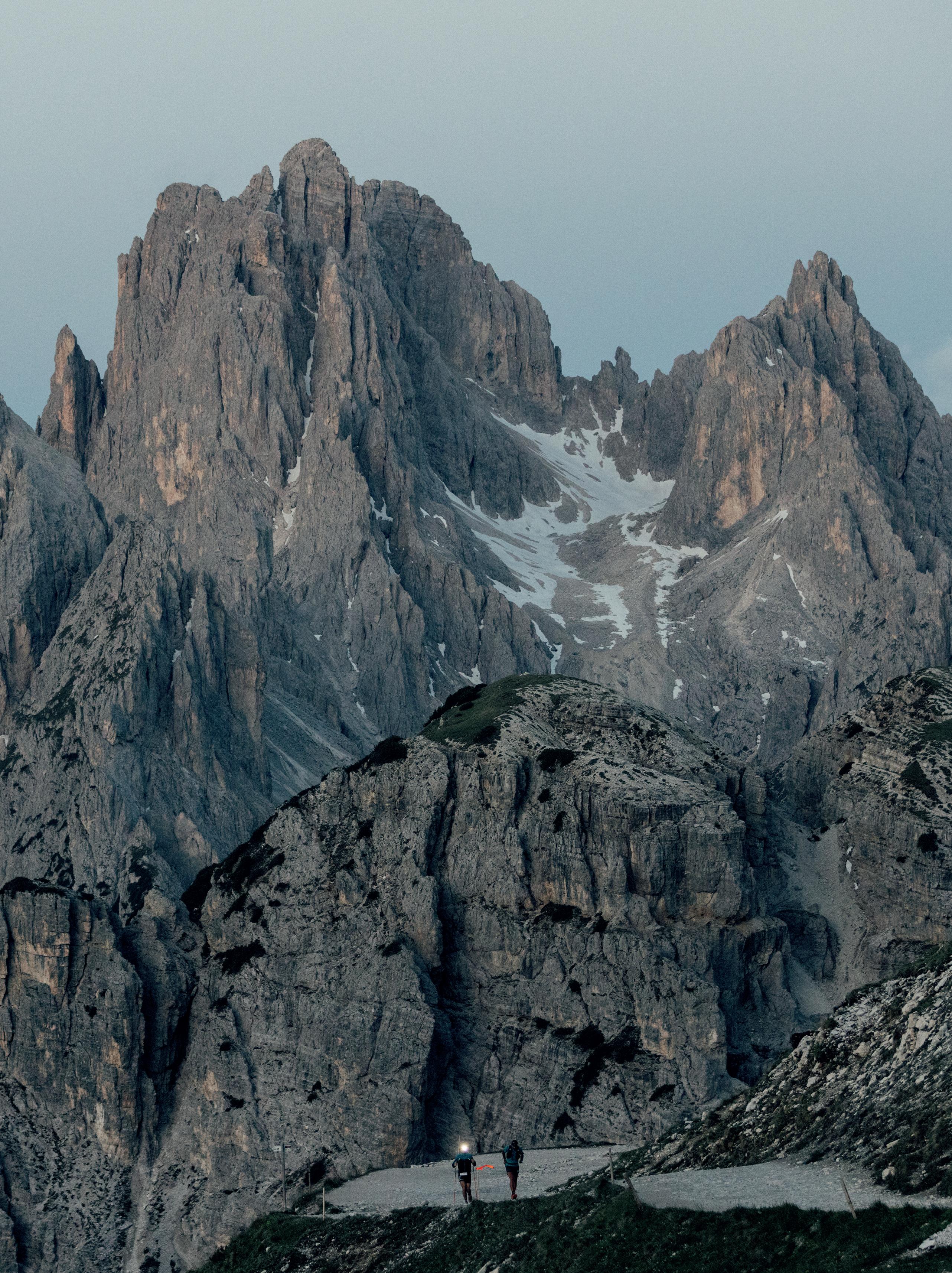

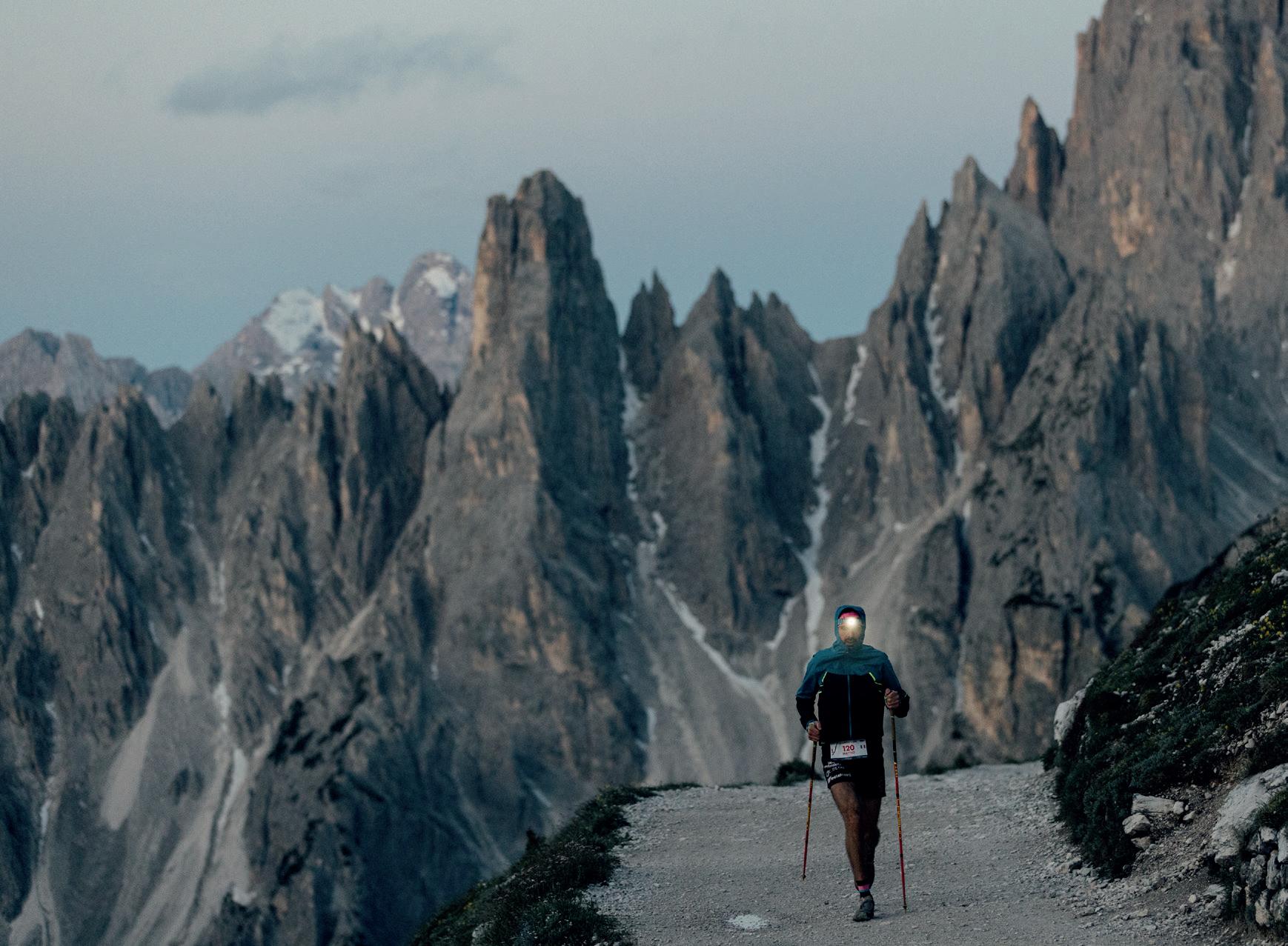
108
Take seven or eight naked men, half with their legs still covered in mud, the other half with wet heads and skin reddened by the steam and boiling water from the showers, take seven or eight of these men, put them in a locker room and give them any excuse to complain, rest assured that their speeches will always focus on the same topic: the finisher prize. The finisher prize of Lavaredo Ultra Trail taints the Italian trail running scene well beyond the weekend in Cortina, so much so that it is quite common to find, the rest of the year, people dressed in civilian clothes with a phosphorescent jacket or a sleeveless down jacket chest in large letters, like a military insignia, the most coveted rank: “finisher”. This year, as a prize, they are assigning a yellow waterproof jacket with taped seams and hood, regular size, regularly sold in the shop for 200 euros. In the world of finisher prizes and material awards, in the world where you sign up for the races for the goodie bag and not for the experience, in that world that jacket isn't bad at all. Nonetheless: "The one from a few years ago was thicker, this is a bag in comparison." "I It's all the fault of French guys."
Damn, they’re right. It's all the fault of French guys and the bloody “Ultra-Trail du Mont-Bleu”, as James calls it, because everything is fucking blue. But in Cortina, there is not even a shadow of French people, and if you look closely, the few organizational deficiencies are all Italian. Among these, the scarcity of refreshments in the first half of UD, pardon, of LUT 80, because in the new world "by UTMB" everything is for everyone, and everything must have the emblem of the most famous races, to be sold at the cost of calling likewise. Perhaps this is the great novelty of the UTMB World Series, giving each participant the feeling of running UTMB-the-real one, even when participating in a 50km race on the hills of Salzburg. However, I am convinced that the average amateur generally knows very little about his sport. He knows very little about commercial dynamics, knows very little about sponsors, knows very little about companies, knows very little about athletes. I suspect none of the people in that room know the winner of their race. Lavaredo is still largely a Venetian race, mainly attended by Venetians. The parterre is international, and many


109
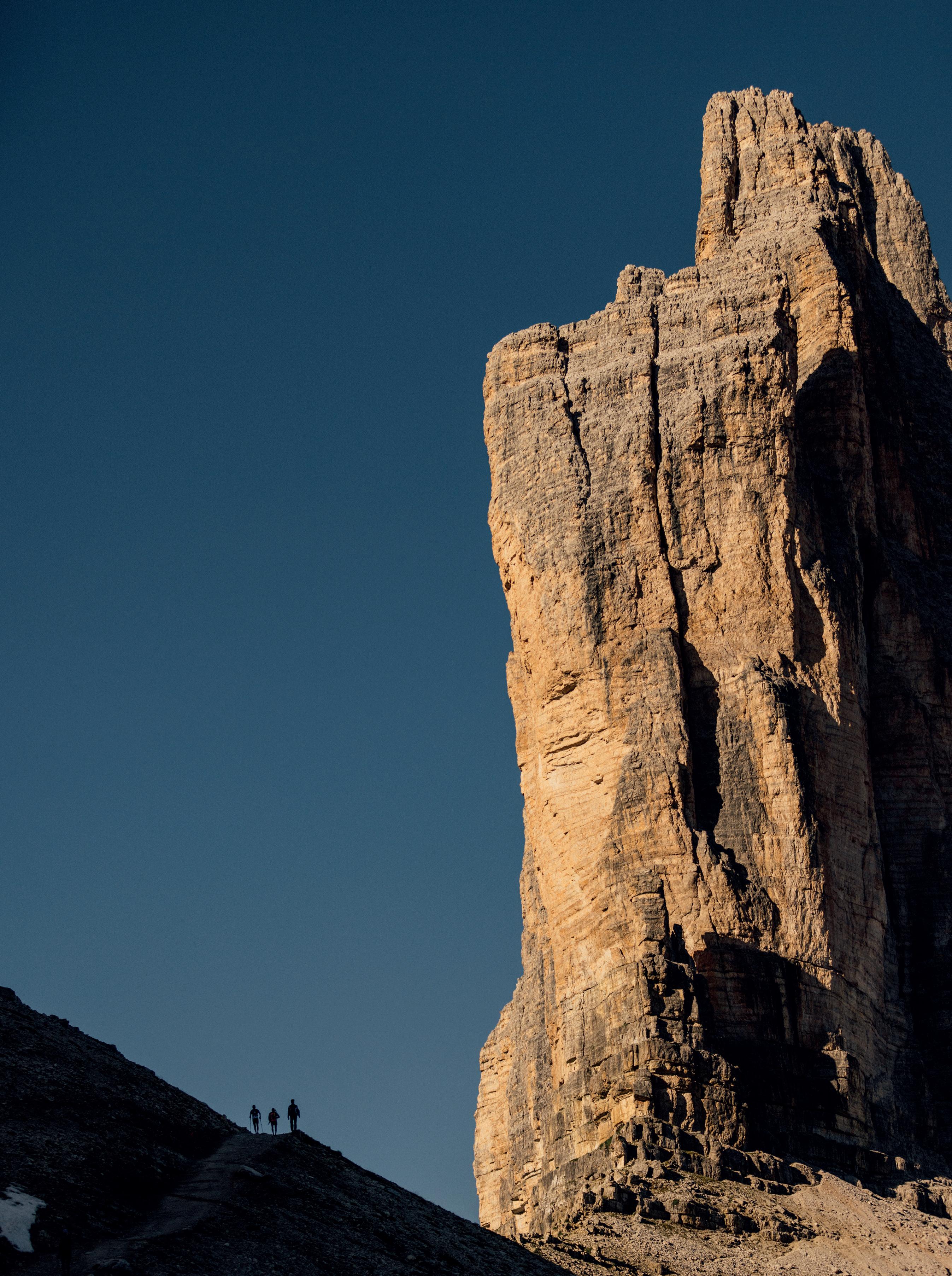
languages and dialects are spoken in the city, but the dominant one is undoubtedly still the Vicenza dialect. And this year, when the level is slightly lower, even more. The fact that the trail world championships have diverted many international athletes to Innsbruck can be seen above all by the absence of the American name that has always been present in Cortina for a decade: Miller, Hawks, Tollefson, Costales, Krupicka, none this year. Correction: Krupicka is there, but he won’t race. He is present for La Sportiva, otherwise I see very little of him, apart from Wednesday afternoons, outside the hotel.
The presence of La Sportiva is all-encompassing and the city is yellow and black, with a limited presence of UTMB pantone blue in the finish area. If in Chamonix companies compete to grab cafes, events, hotels and bistros, in which to set up their headquarters, and send teams of uniformed athletes to invade the city, in Cortina they almost disappear. For four days Delladio family closes up stores, takes employees, athletes and stuff and moves here, to their new Eszterháza, which for one week a year loses its typical vintage Roman flavor and returns to seeming a normal mountain village. From time to time a scandalized Roman noble strolls along Corso Italia, mostly those who have made the wrong week to come on vacation, only to find themselves in Cortina invaded by self-styled runners with funny feet and rotten nails.
In reality, the big American name exists, but it is not destined to remain in the annals of the race: she has dinner at the opposite table, together with Michele Graglia, at the Il Ponte pizzeria, at the end of the street, he orders a mixed salad. Kelly Wolf puts me in awe: she's half my height but she's all nerves, and if she were to get pissed for some reason I woul-
dn't want to be around. She is the star athlete of La Spo and the number one favorite of the queen race, but when she arrives at Cimabanche, around five in the morning, two mornings later, she isn’t feeling good. She looks for a few minutes in her drop bag, looking for something she can't seem to find, or more likely she doesn't even know what she's looking for. She asks a volunteer for a soup, he hands her the plate, she stares at it for a few seconds, then throws it away. Cimabanche is the right place to see similar scenes: just after the night, halfway through the race. During the night, LUT crosses some of the wettest places on the planet: Misurina, Lake Antorno, the Landro lakes and finally Cimabanche. At Auronzo, around three in the morning, the wind blows at 50 kilometers per hour, but the first runners get down the hill in short sleeves, dripping with sweat. They arrived at Cimabanche, before dawn, while I, Ale Locatelli, Marci Marcadella and Andrea Guglielmetti are sitting like four old men wrapped in duvets watching their passages, Robert Hajnal asks his wife for ice spray to spray himself, he says he's hot, then he puts some ice cubes into the elastic band on his stomach. There are about 3 degrees.
Another who one came to Cortina because of the French is Francesco Puppi. He ran the world championship two weeks earlier and he is here more for the experience than anything else, and for a running stone for Chamonix. He is alone in Cortina, he doesn't have a reserved room and sleeps in the van, like all the other riders. He spends Thursday asking everyone he knows to assist him in the race, in the end I accept: after all, I have nothing else to do and at least I will have something to write in the article. LUT50 by UTMB, which we will call from now on by the name it has always had, i.e. CortinaTrail, simply "Cortina" for friends - so Cortina, I
was saying, is perhaps the most aesthetically beautiful race of the circuit. It takes place throughout the day, it’s runable, it crosses the most beautiful places of the longest races, and it is the right race to be able to enjoy the rest of the week drinking beers and still arriving at the weekend with a bit of composure. Over the years it has seen athletes such as Zach Miller passing by, he won it in 2018 in 4 hours and 20 minutes. This year the favorites are Francesco Puppi, who has yet to recover from the world championship, and Nadir Maguet, who comes from a two-day guide course who knows where. The weather at the start sucks and it seems like one of the most meteorologically boring weather in Corina so far.
On my side, the only point where I'm allowed to assist Francesco is Col Gallina, halfway through the race: usually I only go up there on Saturday morning, and actually on Friday the atmosphere is rather dull because of the weather and of the government. We wait under the rain for the first ones to arrive, it starts to rain and the temperature drops rapidly. Nadir and Francesco run the Travenanzes together, with another pace compared to the third one and compared to anyone who has ever run this race before, they’re chatting, they’re having fun. They are outsiders, Golden Trail Series runners in a context of ultramarathon runners and walkers, then Nadir starts to compete and, coming down from Col dei Bos, he is one minute away from Francesco. When he passes Col Gallina he seems to be sitting on the sofa while Francesco, a minute later, seems to have one foot in the grave. He is transfigured, he runs looking around and doesn't see me, I yell at him to look ahead and wave my arms and water bottles upwards. His eyes are bloodshot and he doesn't understand much. Ale looks at me and with his irreducible aplomb he says: «he's getting the best
111
over him.» In fact, he seems to jump at any moment. When he finally sees me he approaches me, grabbing the water bottles that I hand him and three gels and says «and where should I put all this stuff?» At Giau, a climb and a half descent later, he loses another three minutes from Nadir, and that makes four. We get in the car and rush to Cortina: the tracking doesn't work and we give up on him, then suddenly the signal comes back: Fra has won the race.
We arrive in Cortina five minutes after his arrival. I pick him up on a side street of the public square, in the middle of traffic: he's alone and has purple lips and white skin, his legs are covered in mud and he's shaking, he can barely speak. I accompany him to the showers but we find the gym closed. It's still drizzling and he's going into hypothermia. I phone the emergency number written on his bib and after a while a lady arrives, out of breath, to open the 1970s building where there are showers and bag deposits. It seems like a school, maybe it is, the changing rooms have long dark wooden benches.

The lights are out, and everything has turned grey. The place is still empty and every noise echoes up the corridors. Slowly other athletes begin to arrive and the somewhat canonical silence of before disappears. I take a shower too, the first hot one in three days, then we go into Francesco's van and eat stale bread with almond cream and honey. We drink hot tea and just sit there and talk only peripherally about the race. We can say that LUT ends on Friday evening, even before the start of the race. Corso Italia full of people and the Sport Bar: there are those who ran on Thursday, those who have to leave after a few hours, and the last arrivals of the 50 kilometres. It is as if all this sport, for a moment, converges in the corner of that bar. Everyone is there, even Caleb Schiff, the owner of Pizzicletta, the ultrarunner pizzeria in Flagstaff, Arizona. We drink beers and meet people who see each other once a year. Then the sun sets and Corso Italia, Morricone, Estasi dell’oro light up, and it all really begins, again.

112



Francesco Ratti An infinite ridge
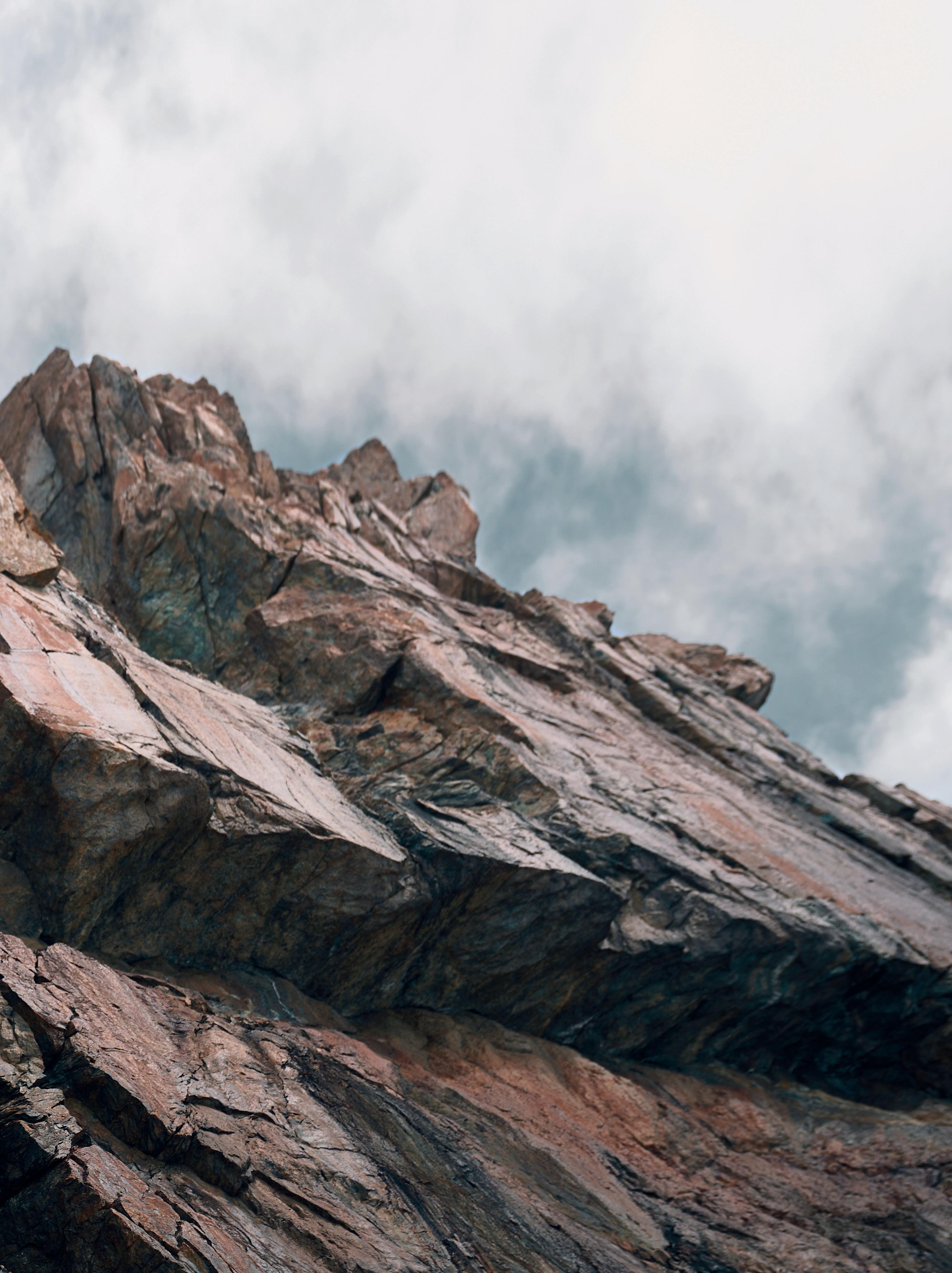 BY CHIARA GUGLIELMINA
BY CHIARA GUGLIELMINA
An infinite ridge.
That evening at dinner we didn't talk much about mountaineering, we seemed unaware that the most fascinating mountain in the Alps was there to watch us, beyond the thin glass of the windows. We ate bread and cheese with our heads bowed, almost as if we wanted to put it on the plate. Like when a beautiful woman walks into a packed room: it seems indecorous to stare at her, and it's easier to lower your chin. A little out of respect, but more out of fear.
The appointment was for half past eight in a restaurant in Valtournenche whose name I don't remember. Francesco was late. When he arrived he got out of the car with his wife and shook my hand, his grip was solid, firm. His skin felt like dry bark, and his swollen knuckles made his fingers look like stumpy bamboo sticks. I involuntarily looked up just above his head, a rock triangle with a severed tip was looking at us. All around a dark sky and a few stars illuminated the snow hanging on the possible slopes. His wife's handshake was kinder, but she smelled of the mountains. During dinner we talked about mountain pastures and mountain peaks, tourism, climate and the environment. Serious values firmly defended, but still no mountaineering. We ordered coffee and I still didn't know what we were going to do the next day.
I took courage: "What time tomorrow morning?"
“7:30 at the ticket office.”
Scarce information.
“What do I bring?”
“Helmet, harness, skins, daisy chain, two bezels, a descender and a couple of lanyards, if you have them.”
"I've got everything."
“Maybe we can start with Breithorn, we go up with skins from the Plateau. Then we’ll decide what to do."
"All right." I replied without asking any more questions.
We drank a local Genepì, greeted a large table near the bar counter and left the place. At that moment nobody had their backs to him, the south face of the Matterhorn, together with that of the Grandes Murailles, was now a very high white wall in front of our faces. A deathly silence, it seemed to be in the Himalayas on those nights when the moon is bigger and the sky is closer. In the darkness I noticed the shape of an infinite ridge, which ran in the dark without interruption until it disappeared to my left, behind the dark larches. I knew all about Francesco and François' feat in 2020: they were the first to chain the Furggen ridge, Matterhorn, Grandes and Petites Murailles in the middle of winter.
I knew of the three attempts of the previous years, of the -23°C at the start from Colle del Teodulo, I even knew what they were referring to when they spoke of the "lion's den". I knew everything and yet I knew nothing. I looked motionless at that line in the night and wondered how the same scene must have looked, in reversed perspective. I imagined the two mountaineers wrapped in the shadows, tucked up in their sleeping bags, returning my distant gaze.
116
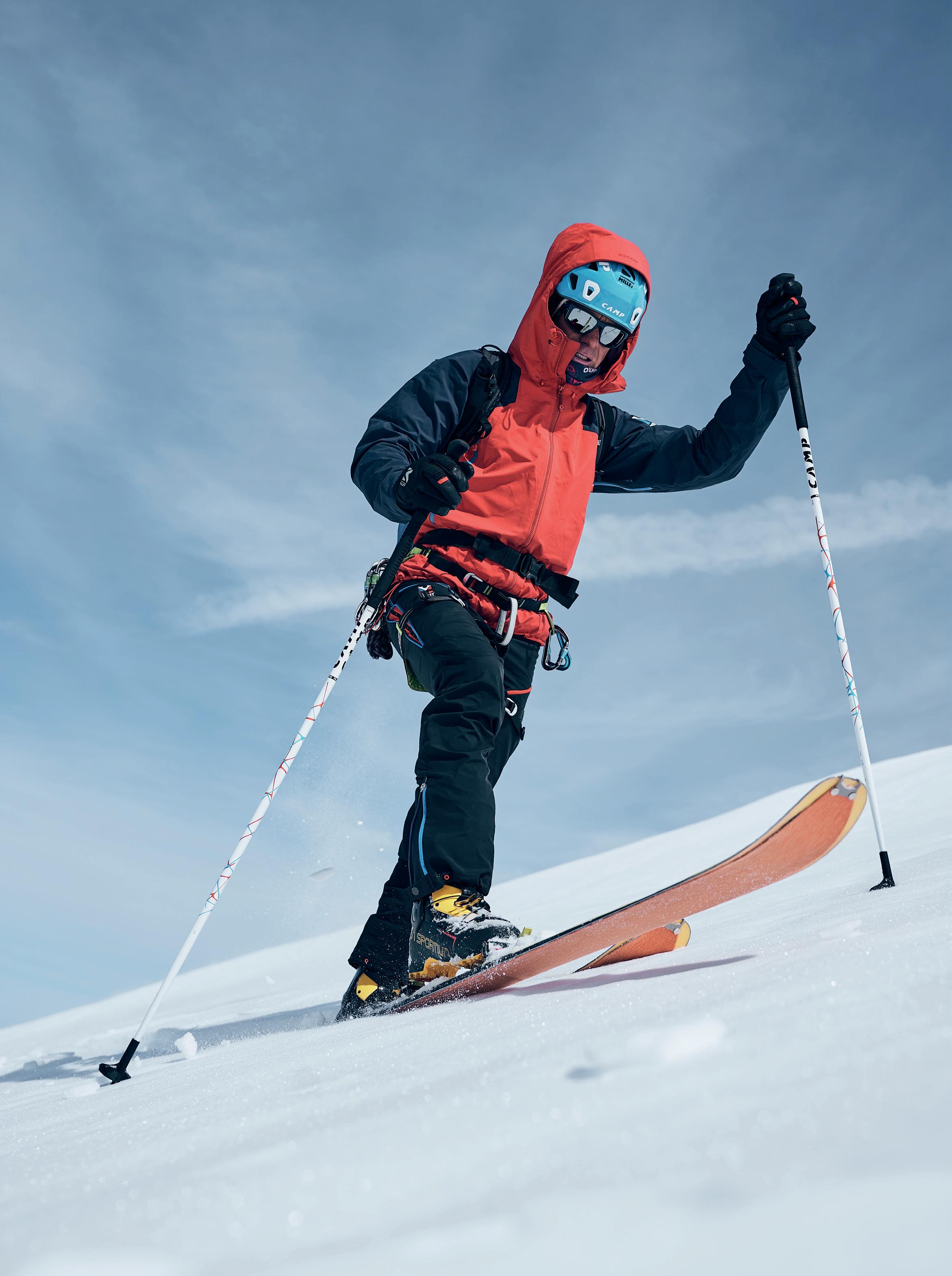
What did he mean by "then we’ll decide what to do” ? What did Francesco have in mind? That night I fell asleep with that thought.
The alarm clock rang at half past six. Even from the breakfast table the mountain wall enveloped you, curved over you. As if the peak didn't want to stop moving, growing. A cup of yogurt and cereal and a black coffee before starting the day. The question from the night before, as I tried to locate Carrel Hut between Testa del Leone and Pic Tyndall, was more insistent. I didn't mind the idea of skiing on the Breithorn, but I wanted to touch the Matterhorn rock. At the ticket office I was looking for a red jacket, I knewFrancesco, part of the Guide Alpine del Cervino team, was wearing Millet. He was perfectly at ease in the shoes of those pioneers who climbed Annapurna in 1950 with a backpack similar to his. Who opened the horizons of mountaineering with that same brand. We greeted each other like two who have shared the time of a bourguignonne and went up on the cable car that leads to Plateau Rosà. Beautiful weather and few words, the day had begun.
The ascent to the West Breithorn is a high altitude ski mountaineering route without particular difficulties. The summit, seen from the Klein Matterhorn, is a snow dome resting on a serac suspended overhanging the Swiss side. That day the heat dried out our throats and made our steps heavy, but considering the weight of the backpacks we kept up a good pace. I wanted to know what it was like to walk alone on that fine line, balanced between Italy and Switzerland. Up there, exposed.
I started with a digression: "So you're not originally from Cervinia?"
“No, I’m from Lecco.”
“And why did you come right here?”
“In 2015 I decided to turn my passion into a job and few places offer what the Matterhorn does.”
A clearly visible track crossed the flat slope that connects Klein Matterhorn to the base of the climb. After a couple of inversions, when the slope becomes important, there comes Matterhorn. Now I could see it in full, bigger, taller. Half of a pyramid with two faces and three edges, the south face, the east, the Furggen ridge, which separates them in the middle, and again the De Amicis ridge and the Hörnli ridge.
In front of me Francesco, he too seemed different up there. Lighter. I stopped to take a better look at him: a slender figure, with a hooded head and chin sunk into the collar of his red jacket, climbing quickly.
With the humility of someone who, in front of a great work, proceeds with a bowed head.
I pictured him on that rocky ridge, a tiny distant silhouette. And I realized at that moment that the bodies of women and men who climb mountains, seen from below, are nothing more than invisible dot microscopes. Suspended in another dimension. Beautiful bodies without matter, as if they didn't exist.
“What was it like connecting them all?” I asked him before reaching the ridge towards the top.
“My life is all here, for me these are my home mountains. It was quite tough, but it was an important milestone.”
I soon understood that Francesco Ratti is a silent man. A true mountaineer who goes to the mountains for the simplest of reasons: because he loves to do it. Without pride or competition, if not with himself. Someone who hasn't succumbed to that bastard temptation that induces him to speak before doing. Francesco does and, if anything, later, he tells. More likely, though, he'll take you on a nice tour in the mountains, he understood that it can be more useful for everyone. And since he spoke little, I'll tell you what he did, precisely, in the winter of 2020. From 20 to 23 January, together with his friend François Cazzanelli,
118
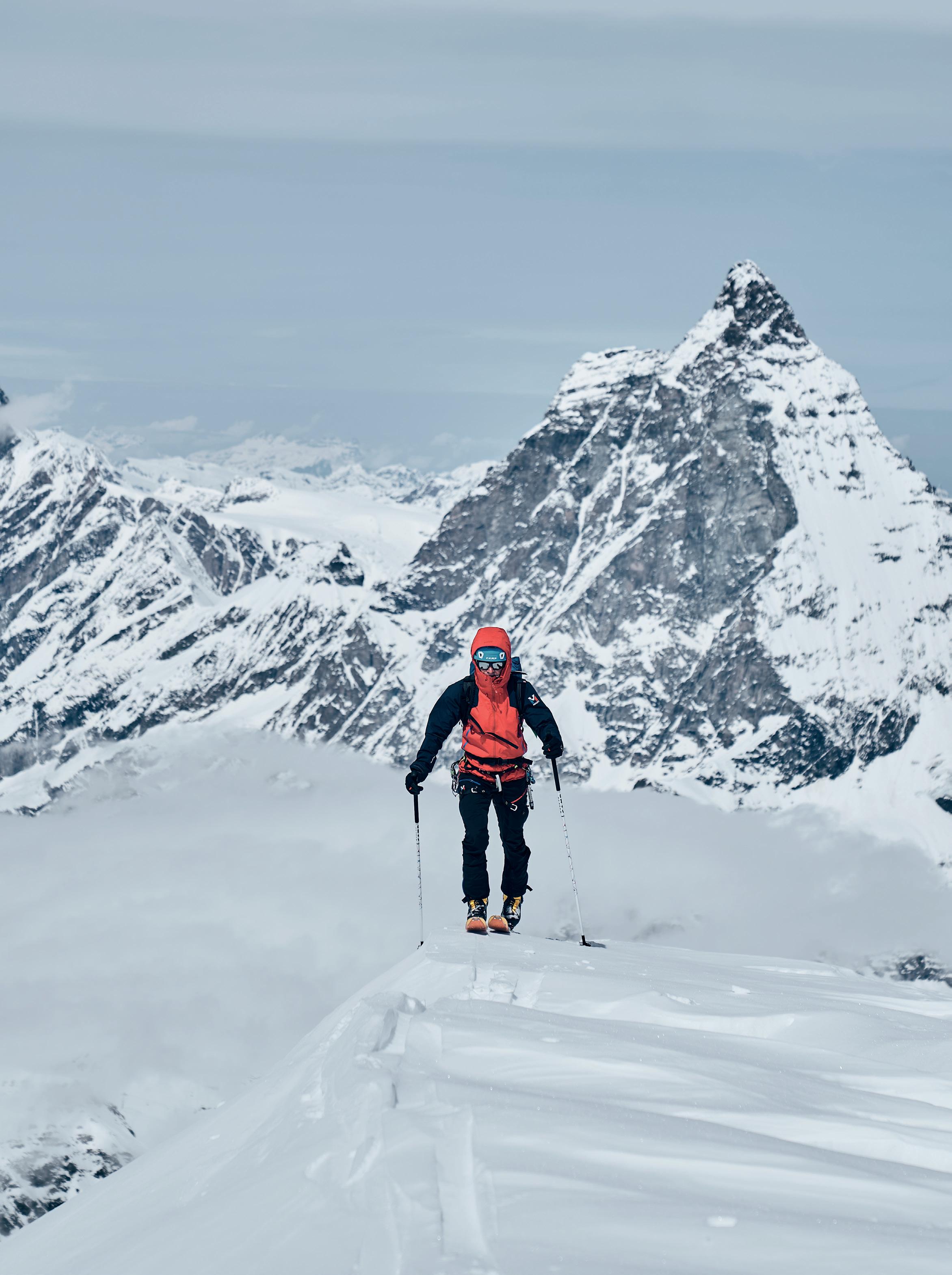
on the coldest days of the year, he walked the Himalayan proportions ridge that unites the 20 peaks overlooking Valtournenche. 51 kilometers of overhangs, extreme heights and dizzying passages. 4800 meters of elevation gain. An infinite ridge.
Meanwhile, up there, the rest of us, were on the top of the white dome. The heat had given way to freezing gusts of wind. We didn't stay on the top for more than a few minutes. I leaned over to look down on the Swiss side at the deep cracks in the glacier. Francesco told me to be careful and showed me the way home.
“Do you see her back there? Behind Lyskamm? There, there is Capanna Margherita.”
I saw it. I could see almost all of them, from up there, the 4000 meters high of Monte Rosa. It wasn't even midday and we were skiing on Breithorn, a few dozen meters above that suspended serac, we were tiny invisible dots. On the way back, sheltered from the wind, it was warm again and the water bottle had already been empty for a while.
“Other guys are climbing from Cervinia, other guides, would you like to climb Klein Matterhorn with us? We’ll follow a simple route." he asked as we skinned our skis.
“Look, I'm not a mountaineer.” I replied.
"It's really simple, trust me." he retorted.
Shortly after we were tethered to the same rope, legs spread wide on an open dihedral and hands on a red, broken and beautiful rock. We were climbing Klein Matterhorn on Via dei Professori, a 240-meter high altitude climb with difficulties never beyond grade V.
“What do you think about the future of mountaineering? Given the serious repercussions that climate change is having on the mountain.” I asked when I reached the first stop.
“
I think it will be essential to find alternative ways to carry on our profession as mountaineers and mountain guides. Exploring new terrains, new heights, perhaps with different activities. Adaptation, as it has always been in human history, will be the key.”
I remember it as a busy day. And climbing I understood what they meant, the books, when they spoke of "rotten rock". Some holds were excellent, apart from the fact that they remained in your hand. Walls of vertical blades gleamed in the sun and every movement, every sound, was natural and light.
Many people want to know why mountaineers choose to be mountaineers. I don't know much about it, but I can tell you that climbing with Francesco, immersed in that unstable world, I felt more steady than ever.
It feels light to be nobody, even in the time of a mountain climb.
120
Many people want to know why mountaineers choose to be mountaineers. I don't know much about it, but I can tell you that climbing with Francesco, immersed in that unstable world, I felt more steady than ever. It feels light to be nobody, even in the time of a mountain climb.

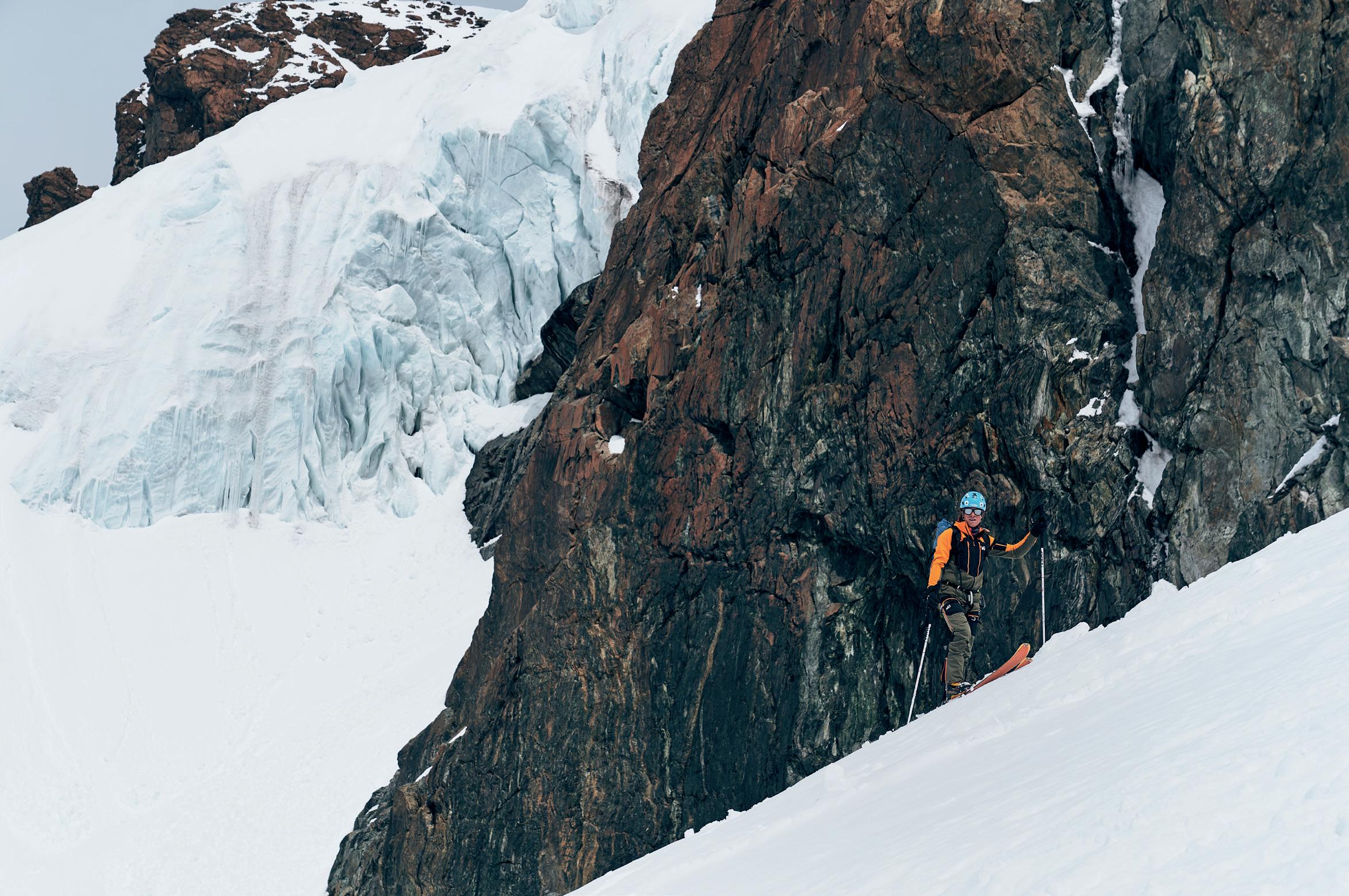
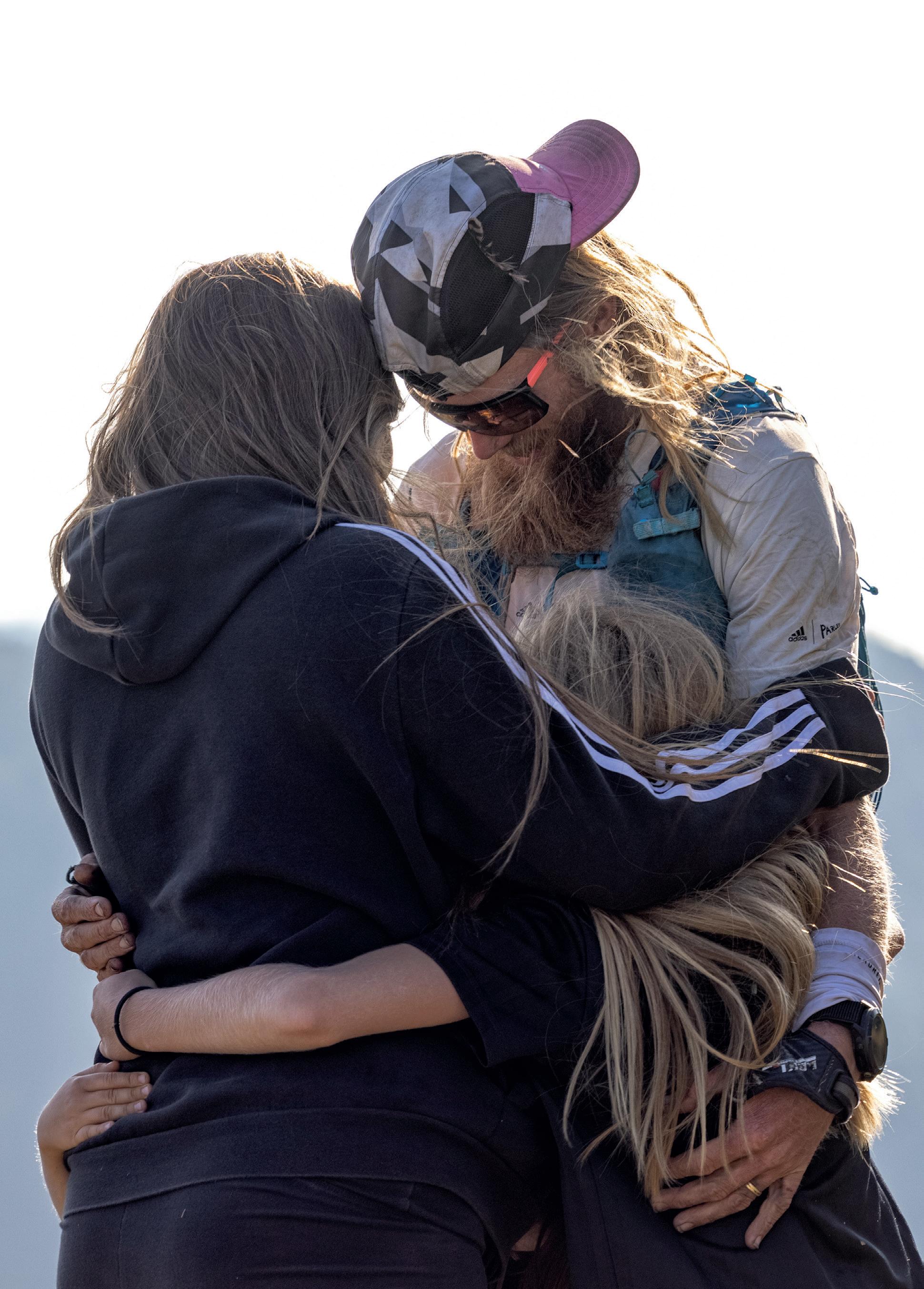
122
Mirage: Timothy Olson’s FKT on Pacific Crest Trail
LADZINSKI
BY FILIPPO CAON PHOTOS ANGELA PAYNE
Pacific Crest Trail is one of the three American long distance trails included in what, in the scene, is called the Triple Crown of Hiking, which includes, in addition to PCT, also Appalachian Trail and Continental Divide Trail. All three trails cross the country vertically, from north to south or from south to north, depending on the direction of travel, and crossing very different climates and environments. If Appalachian Trail runs north to south through 14 of the western states of the United States and Continental Divide bisects the country at its center, on the natural divide that divides Houston Bay on the Atlantic from the Pacific Reservoir, Pacific Crest Trail runs, almost necessarily from south to north, the westernmost mountain ranges, those of California, Oregon and the state of Washington, from the border with Mexico to that with Canada, crossing Mojave desert, the mountains of Los Angeles, Sierra Nevada, and Cascade Range, for 4265 kilometers and on an altitude between 40 and 4000 meters high. The history of the Trail is 55 years old, it was in fact opened in 1968 on the will of the United States Congress, and since then it has become one of the most famous and repeated long routes in
the world. In spring 2021, Timothy Olson, ultrarunner known in the running scene for his calm and humble attitude, even before his two victories at Western States in 2012 and 2013, set off for the attempt to register the FKT of the trail, previously held by Karel Sabbe in 52d 8h and 52', accompanied by his coach Jason Koop, a reference in the American ultra running scene, by a crew of two filmmakers, by his wife, seven months pregnant, and their two children.
Pacific Crest Trail occupies a special place among the American FKTs: until recently it was in fact one of the première routes, i.e. the most important FKTs in terms of tradition, history and difficulty. Only recently, however, has it been removed from this list, due to the fires that increasingly affect California, and therefore the route, during the normal travel period of the trail. During his attempt, precisely because of the fires that affected the Sierra in the summer of 2021, Timothy was forced to go off course several times, constantly staying in touch with the fastestknowntime.com regional managers to make sure that any changes did not invalidated his attempt. From his FKT,
123
INTERVIEW TO THE FILM DIRECTOR KEITH
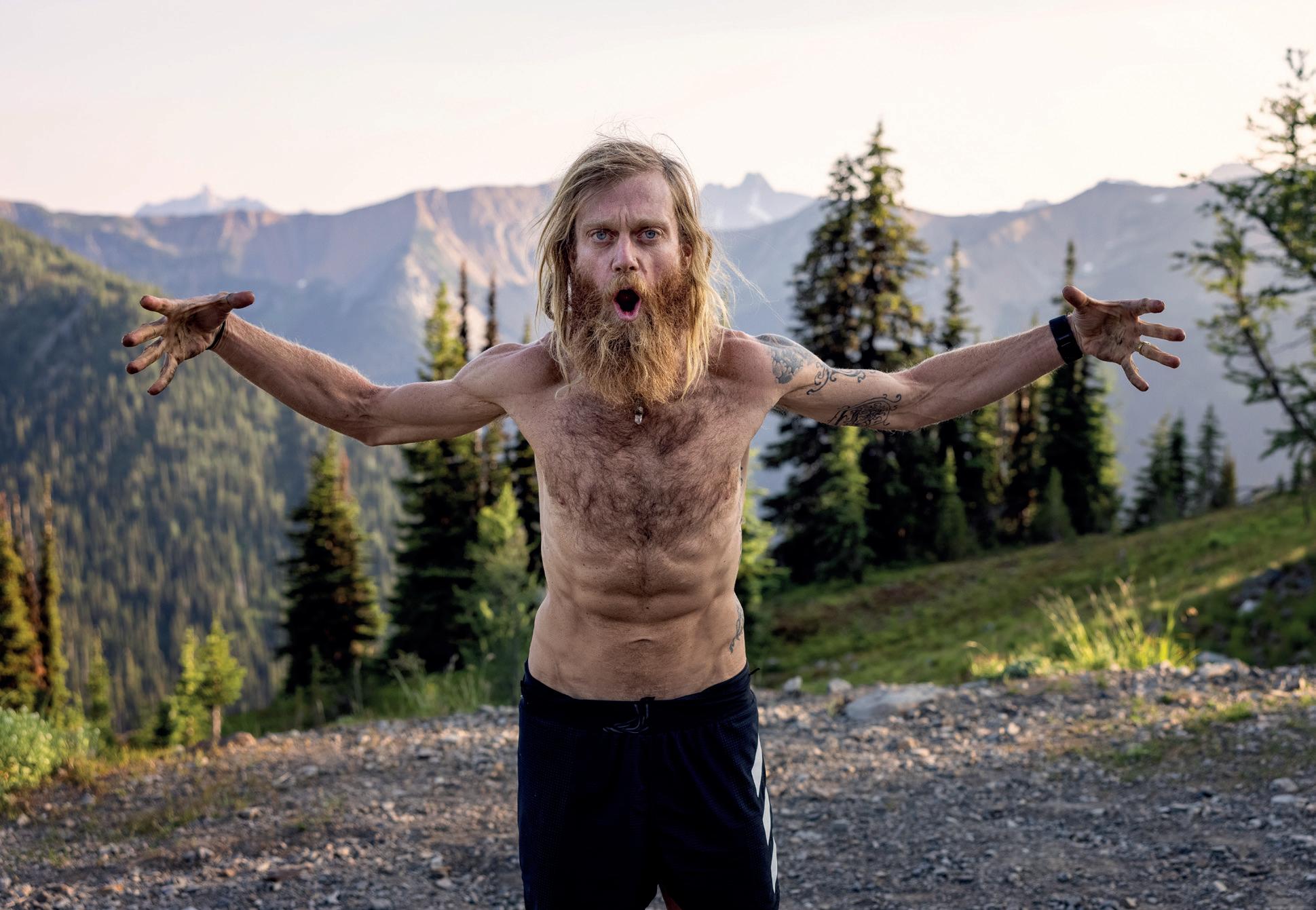
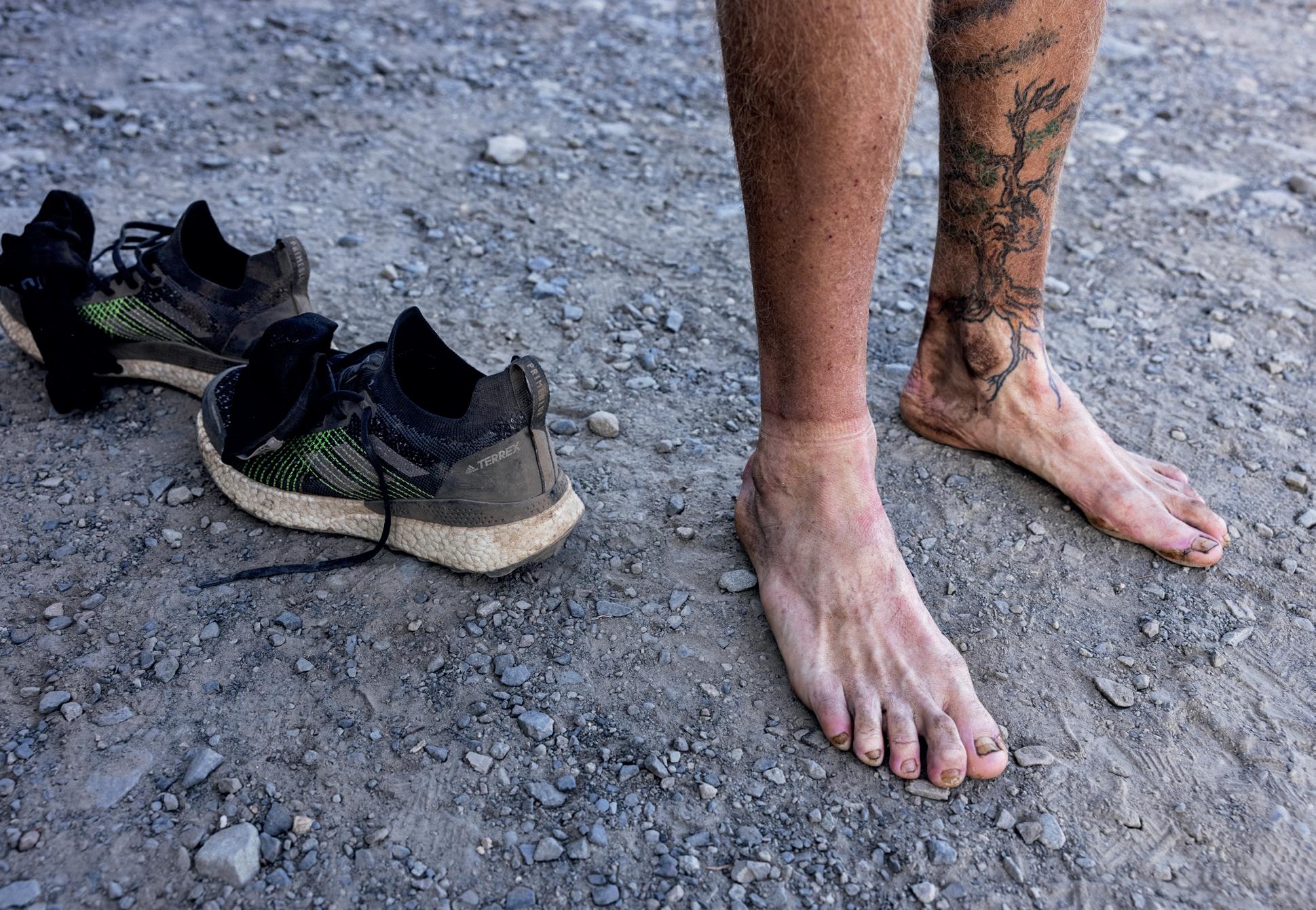
124
this spring, the documentary Mirage was released with a première in the United States which, in about an hour of edited time, tells the story of his journey. We previewed it and had a chat with the director, this is what came out. Enjoy.
One thing I like about the movie is that it is very long: about ten years ago, or even more, it was quite common to see films longer than an hour. Unbreakable lasts an hour and a half. I'm happy to have seen such a long movie also because the subject required this duration, from a narrative point of view. I'm glad you liked it, it's nothing compared to what Tim did, but the movie, from a directorial point of view, was quite difficult to make. I met Tim in 2017, during a shoe shooting, I was a photographer. We became friends pretty early on, we both lived in Boulder, saw each other regularly, sometimes went to the mountains together and became friends. So we started working more together, mainly thanks to Adidas, until in 2021, we were in Bishop, California, he told me he wanted to try the PCT record and asked me to do something to tell about it.
What was your first thought, when you realized you had to film the movie, due to the logistical difficulties to face and the organization of the work? We knew right away that it would be a logistical nightmare. PCT travels along naturalistic trails largely inaccessible by car and in any case also very distant to reach, furthermore he would have been a constantly moving target and we would have had to chase him, locate him, know how to reach him and so on. Mostly we worked at the aid stations that his crew organized as he went along and we organized ourselves from time to time. Honestly, I did not shoot that much, I hired a cinematographer and an assistant, Chris and Stephen, bought a van and followed Tim's family along the route for the duration of the attempt. As a director, I would periodically fly to the route to follow up on work, to help my crew. But before we started, we knew we were
going to face something constantly changing. Chris and Stephen were very good from that point of view, both in following him and integrating into what Tim's crew was doing, and assisting him.
Could you help him too, then? While trying? Yes, the guys filming also did some assistance, Christa was pregnant and she couldn't do some things. Mainly they brought him water and food when they met him on the way to pick him up and stuff like that. How many hours did they sleep a night? Not many, they finished at 10 in the evening and left at 5 in the morning.
I think Tim is a very positive figure for the sport, I don't know his story in detail of course but he's had some dark moments in his life, and in some respects that can also be seen in the movie. How did you relate to this thing to shoot the film? That's right, no, that's a good question. We decided in pre-production that the movie would be about their family. It is quite normal in the world of ultrarunning to see similar attempts, but normally the athlete chooses a quite different crew. They were very good but of course bringing the children with them involves some problems at an organizational level, without considering that Christa was pregnant. So as a director I decided that that would be the more interesting story: of course, Tim trying the record is a good story in itself, but combining these two things would have been more interesting. I also wanted to tell how strong Christa is as a person, in being able to manage and carry on such a situation, and on the other hand also Tim, who still ran around continuing worrying about his family. For him, perhaps it was also a motivating factor: getting to the camper every evening represented a bit of a finish line, precisely because his family was there.
A nice thing about this sport is the possibility to share these experiences with other people. It is quite common to see people
125

126
who have lost someone, or maybe they have lost everything, leave for PCT. It's as if for someone it becomes a turning point, or a plan B in life: drop everything, pick up your things and go. Was it like this for Tim? And if so, how did you tell this thing? Also because athletes usually make this kind of record towards the end of their sporting career, if not just after they stop competing. It's true, many people achieve certain results from a sporting or personal point of view by doing them as a sort of purification. Tim and Christa wanted what they were about to do to be something that was more about them as a family and the experience of tackling it than the record itself from a sporting point of view. I repeat, this, in my opinion, was a positive thing from a motivational point of view. For them it was a purification process. As for Tim's sporting career, I can't speak for him, but I think he has tried it now because he knows he has reached the physical and mental capacity to deal with something like this.
Mhmm, maybe that’s true, maybe he’s not here and you can't talk about it. But you know, we both tell stories, and as much as I'd like to ask Tim the same questions, I find your opinion at least as fascinating as his, precisely because you're the one who told the story. Speaking of which, do you think PCT was an obsession for Tim? Yes. When he moved to Ashland, Oregon, he joined the local ultrarunner community, and he's very big and important there. Around that time he took a trip with Christa at PCT, and he fell in love with it even before he started winning races, so we're talking fifteen, sixteen years ago. One day he was running on a trail and he met Scott Jurek, so he slowly began to build the idea that one day he might try FKT. He met Scott on the course and they ran together for a bit, until Tim said to Scott: “I would like to try to race for the FKT one day”. So Scott gave him some advice and finally he did, starting to think about it years and years before winning even a single race. I think there is something magical about
things like that. When Alex Honnold free soloed El Capitan, he'd been thinking about it for years, we even talked about it with him in 2009. Tim had known for years that one day he would try it, and when you see that happen it's very beautiful.
Do you see any relationship between free soloing and running such a long trail? Of course. You know, free soloing is very dangerous, running is not. But the main relationship is probably mental, knowing you have to continue because there are no other choices. What Alex did is of course very dangerous, but even there, being tired is not a possibility, when you have 800 meters of empty space under you. And so when you run an FKT like PCT, where you run 80 kilometers a day for days, being tired is not an option, there are no alibis. It all comes down to your ability to be focused on what you are doing. People who have the ability to do that thing, to stay present and focused, achieve great things.
How was the film tour? It was good, thank you. People at the festivals appreciated it, I'm very happy but above all I'm happy that Tim was able to tell his story through the movie and reach many people around the world.
What if our readers wanted to see it? We are discussing the deals and looking at various possibilities, in any case in the coming months it will be available online for people to see.
Thanks, maybe I’ll see you in Boulder. Sure, we'll have coffee together.
What's your favorite spot in Boulder for coffee? Oh my, there are so many. Honestly? My home, because I have an excellent machine for making cappuccino.
Thanks again.
127
 WORDS & PHOTOS BY DANIELE MOLINERIS
WORDS & PHOTOS BY DANIELE MOLINERIS
Eli Egger The Primadonna
who changed the history of RedBull X-Alps
The promise
"If ever one day you would need a supporter, you know that you can count on me."
It was early July 2019, Eli and I were driving to Monte Carlo, we were both part of Aaron Durogati's team and we were about to finish our first X-Alps supporting an athlete. I didn't know if she would ever try to face such a race, she didn't know either, but I had decided that if she did I wouldn't miss it. We then did another race together two years later, always in the same team and we became friends or something similar. In September of last year Eli called me and asked me if my promise was still valid, because it was official: she had been selected to participate in the 2023 edition of X-Alps.
Rules
For those unfamiliar with it, the Red Bull X-Alps is a hike and fly race and some people say it is the toughest race on the planet. I don't know if it's the hardest, but it sure isn't for everyone. You have to be good at paragliding, very trained to walk in the mountains and in order to participate you have to pass a selection. This year there were 32 participants, including 4 women. The rules are quite simple, you can only walk or fly, you have to pass certain turn points, some on the ground with a signboard to sign, others are GPS points to touch in flight. At night you need to rest at least seven hours without being able to move. And then, as in all races, the first to arrive wins. It starts from Au-
stria and crosses the Alps from the north touching Germany, Switzerland and France, goes around Mont Blanc and returns from the south to Italy and then back to Austria. It's a ride that makes you tired just thinking about it. It's heavy for us, who can get around by car, it's heavy for the athletes who can only count on their own energy. Luckily the weather was good this year and there was a lot of flying, but this didn't prevent Eli from at least 2000 meters of elevation gain a day. Each athlete must always carry his and her own glider, harness, helmet and other mandatory tools. The support team will carry the rest.
Team Aut4
There were four of us helping Eli, Nadine has been main supporter, the one in charge of officially communicating with the race direction, the one that made their participation the first all-female participation and the one that walked practically every single meter in altitude. Then there was Verena who is a physiotherapist, Benschi in charge of managing the food and I who had to take care of telling this adventure with my photos. In addition, from his home in the Pyrenees, Julien kept checking weather, routes and airspaces under control and communicated them in real time to Eli, while she was flying. And then each of us took turns driving and looked for places for the night, went shopping or walking.
129
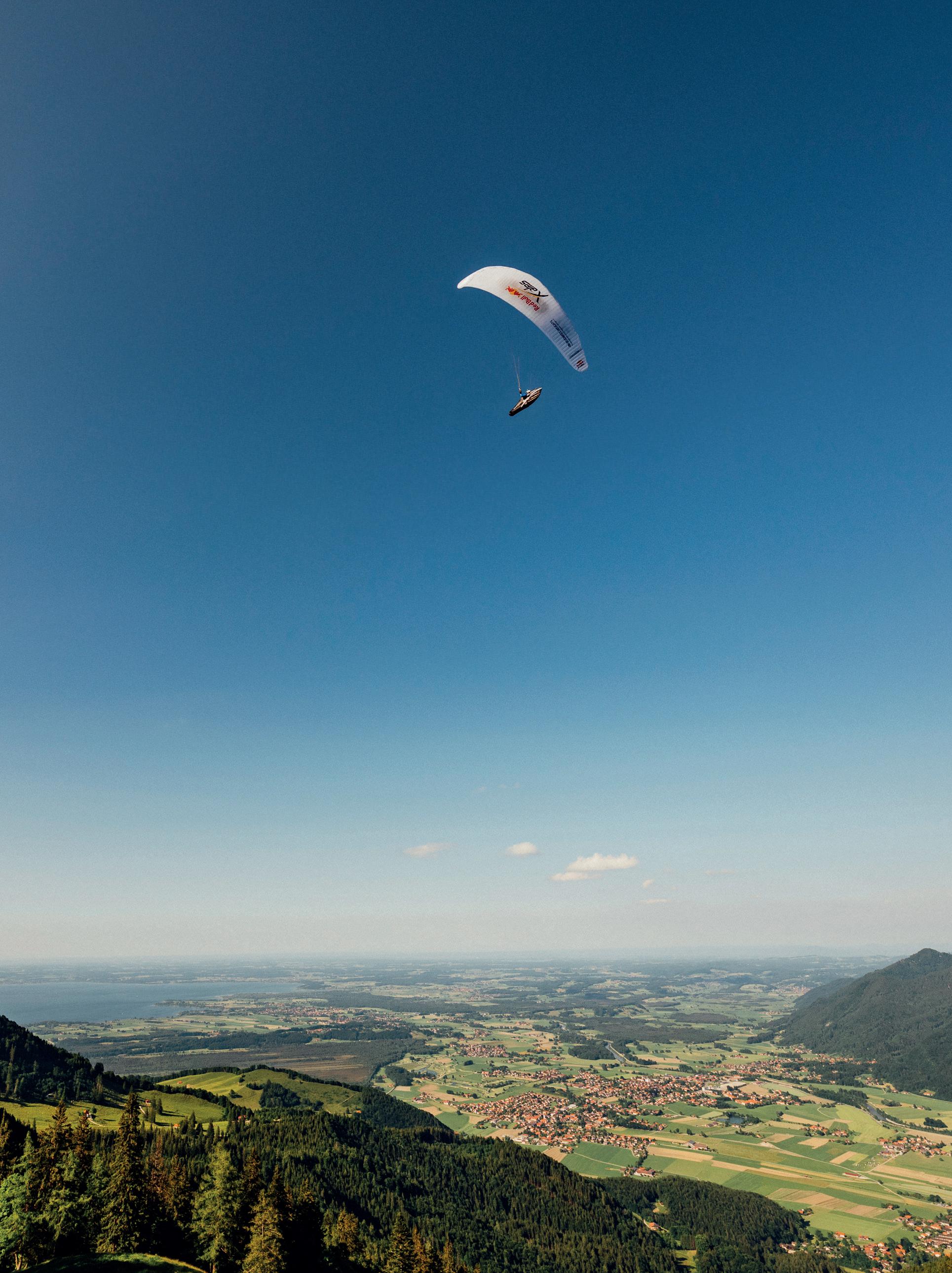
Ballast
Eli is light, the lightest of pilots, but to fly that type of paraglider well you need to be heavy, otherwise you run the risk of being carried around by the glider. So in addition to food, gear and our equipment we needed the ballast to take off: a real burden. Eli flew with a 7kg vest and a 9kg water bag attached to her harness. This made life difficult for us, who had to carry them in our backpacks, and for her too because it didn't allow her to land anywhere, it is unthinkable to walk to the next take off with the additional weight. The ballast complicated our lives, but we were ready.
General tests
Over the Easter weekend we met in the Cavalese area to do some tests, to get to know each other and to understand the roles and spaces that each of us will occupy with our own equipment. Apart from Eli, I had never seen anyone before and from my point of view the language was the most difficult obstacle because, even with all good intentions, it is difficult to be in a group of Austrians not used to speaking English to each other and I often found out of their
speeches, but it was something I expected, after all it's normal. I had also wondered why I was there with that group of people and I understood it as the days went by. I was the only one in the team to have taken part in other X-Alps and I didn't imagine how much that type of experience would come in handy for managing the most difficult moments. Because those come, it's inevitable, and we weren't friends. But we were good at gritting our teeth and overcoming even moments of tension, looking ahead: the goal was the same for everyone.
The goal
France, our goal was to get to France. Considering the past editions, with the weather problems and some new rules we would have been happy to get to see Mont Blanc. There are athletes who are very strong on land, who don't need that extra weight and who can go a long way in bad weather, Eli was trained but not to that level and she knew it. And then you fly over the mountains, the real ones, and the conditions are never simple, you have to be expert pilots in that type of competition, you have to be ready

131
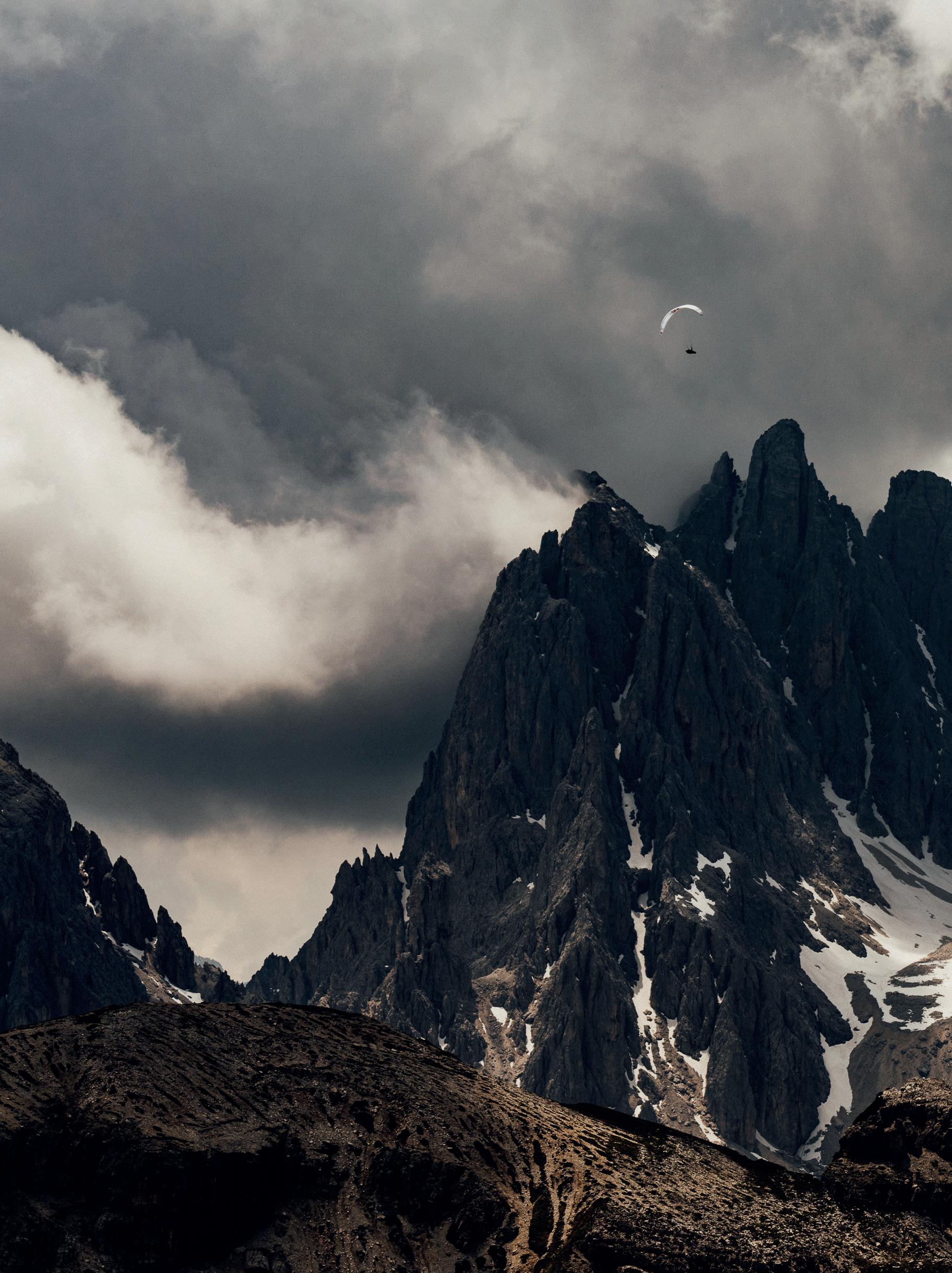
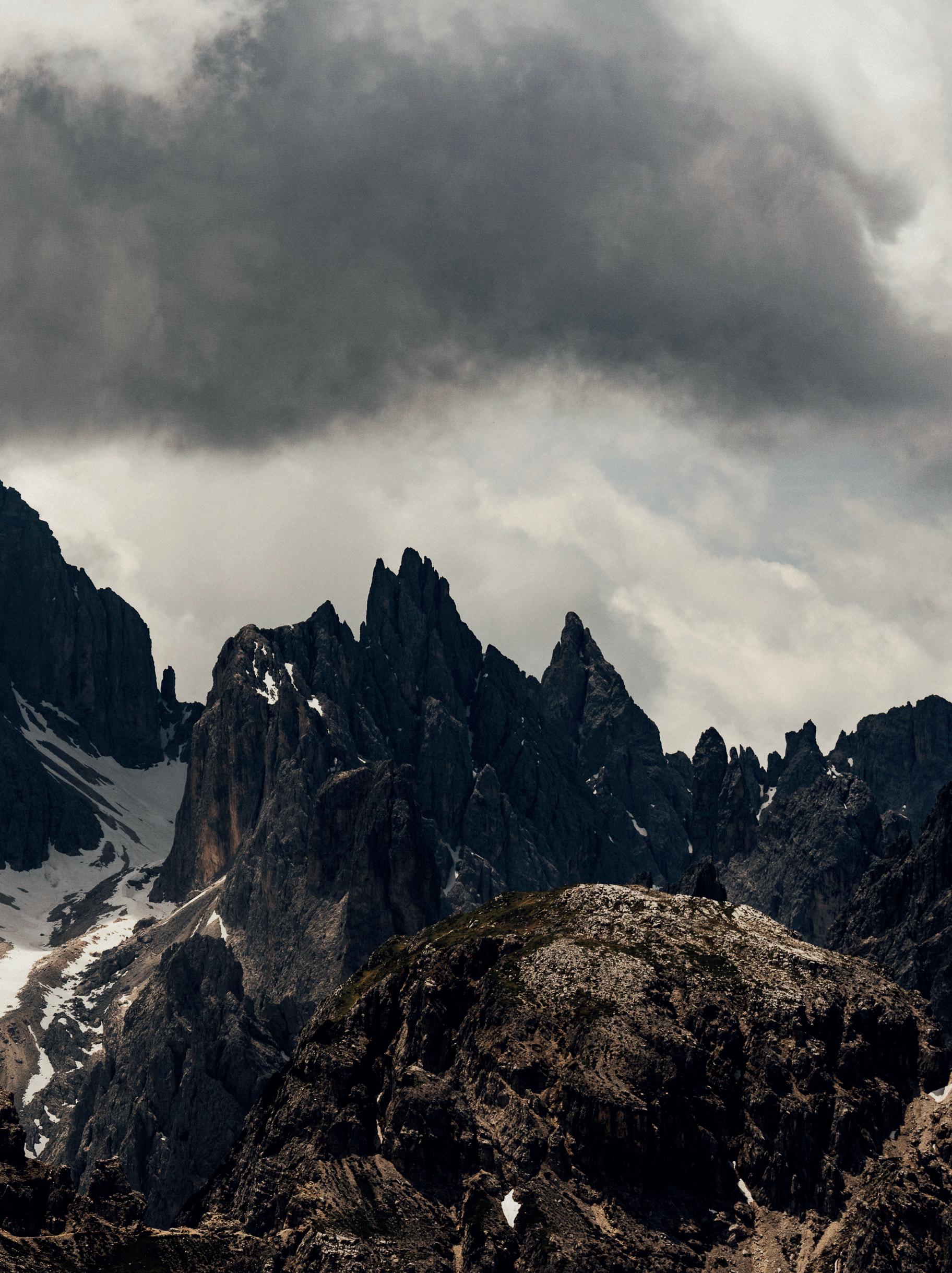
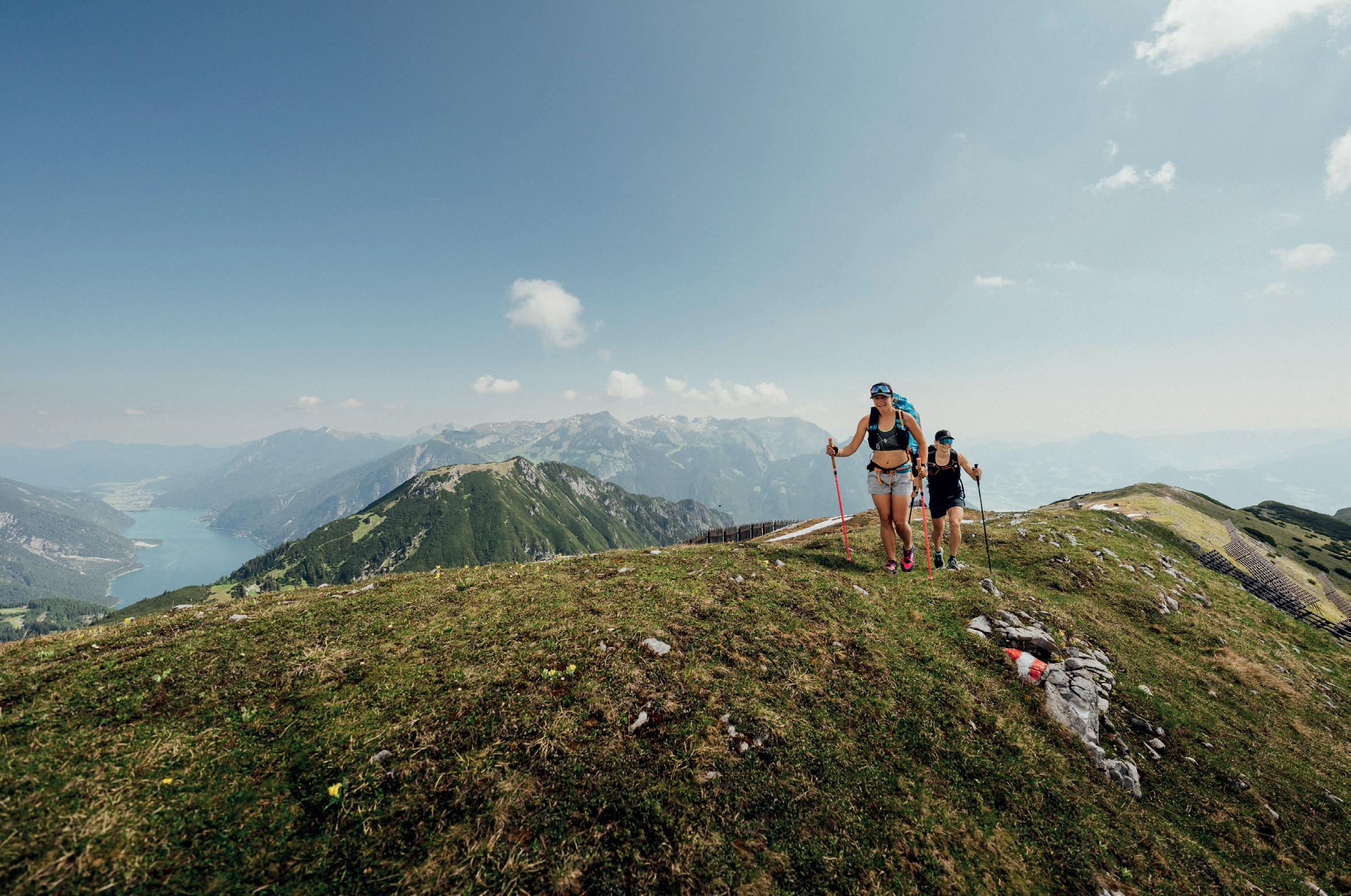

to take off in extreme situations and Eli, even if she can fly very well, was an X -Alps rookie. Her only option was to try to avoid bad weather and fly as much as possible. Luckily the conditions were good and, despite a stumble on the first day that put us in penultimate place, Eli started to climb one position at a time. In the end, she will be the athlete who has flown the most in this edition. With Julien in her ears to advise her where to go, when to cross a valley or where to find a good take off, we found ourselves in Chamonix much earlier than expected. And then there was nothing left to do but go ahead with a little more lightness, because from then on it was all for the better.
Stories
Races like this are fully experienced by all team members: there is the athlete and there are us supporters, everyone experiences a piece of it and lives it with their own point of view and expectations. We had misunderstandings, complicated decisions and everyone was prepared in a different way. I already knew what was waiting for me, I know Eli and I know that her personality makes her seem tough in stressful situations, it's something I knew I would have to handle. I knew that tiredness, I knew that we would sleep little and be uncomfortable, that I would edit my photos at night in the tent, that we would wash when there was the possibility and that we would work hard. We climbed vertical meters with crazy backpacks and drove for hours, sometimes it turned to be useless. Flying from one valley to another takes much less time than doing it in a van, and it's easy to be late. I personally struggled a lot because I tried to reach as many take offs as possible to be able to shoot them, and I felt alone because of the language. There was nothing easy, but it's a kind of difficulty that is good for me, that being constantly under pressure is one thing I miss once it's all over. As always, I feel like I'm missing out
on so many moments of the race because I can only tell my point of view, which will be different from everyone else's, and I can tell it only with my voice, which is the only one I know, and to know that Eli wanted me for her first time gave meaning and value to my work. Because the value of photos, beyond the economic one, is that they are important to someone, that they are not just beautiful, that they are good.
Primadonna
And so after Chamonix came the Aosta Valley, then Domodossola, Valtellina and the Dolomites. Right in those places where we had our Easter training but that we knew we would never reach. Instead, after 10 days, 5 hours, 18 minutes and 38 seconds of racing, Elisabeth Egger, Austrian, born in 1995, arrived in Zell am See, at the end of this adventure, at the end of the race. No girl had ever made it, none of the other girls made it to the end. In the 20-year history of Red Bull X-Alps Eli is the first and only woman to have completed it. And it doesn't matter if the rules have changed and the weather was particularly good. In the history of this race her name will appear and in Eli's history ours will appear, who accompanied her in her greatest and most difficult adventure. Maybe without us or with someone else she would have made it anyway, but that would be another story. I personally found myself again having to manage so many emotions that always make returning home a little complicated because everything gets slower, with its own routine. With my work as a photographer I usually tell stories without being a part of them, but there are stories in which I can immerse myself completely, in which I give everything and become a part of it. Stories worth living. Even if I'm not in those photographs, I am those photographs. Forever.
Promise kept.
135
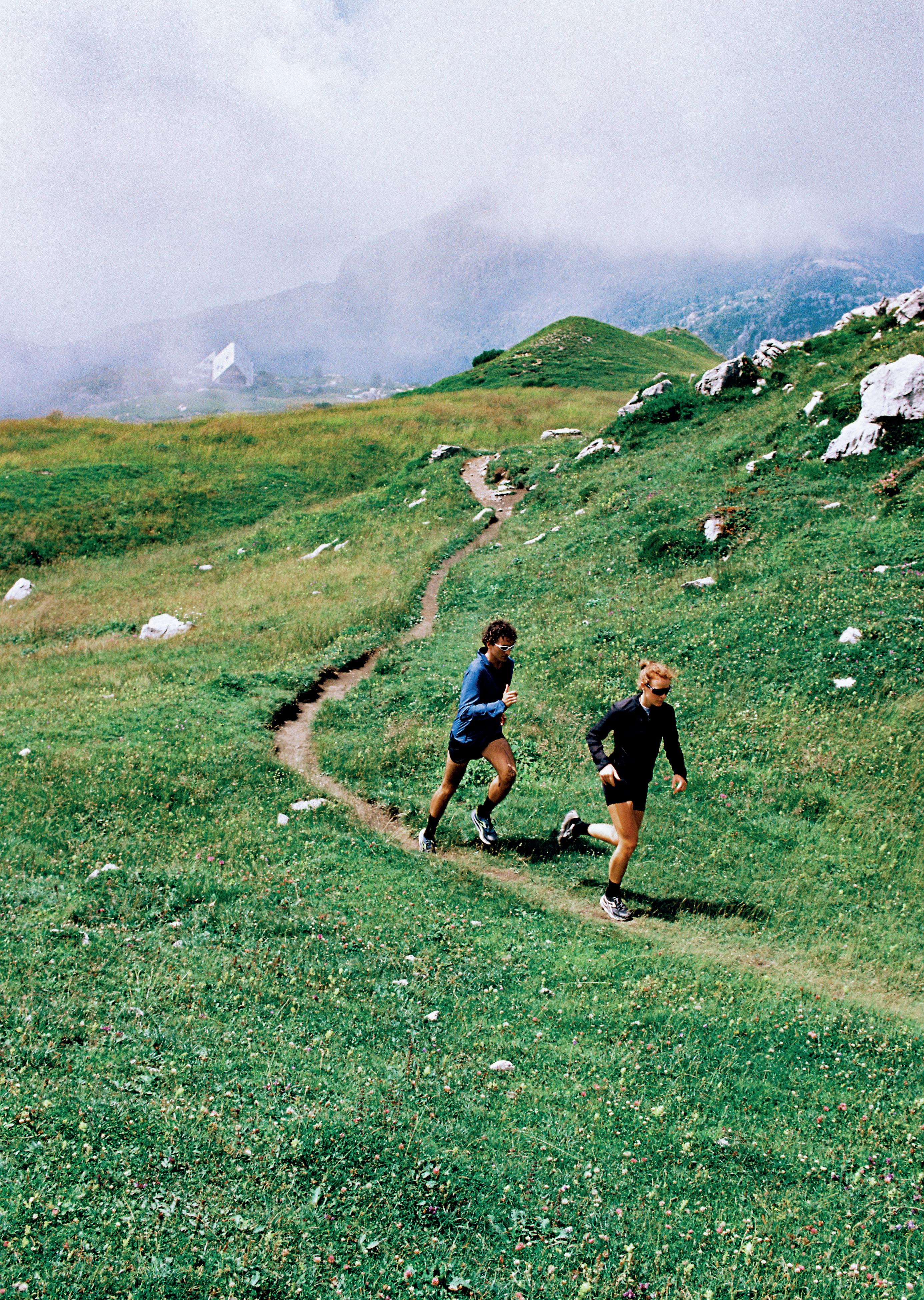
136
Diadora on the trail
Diadora Sestriere-XT: a trail running story
BY FRANCESCA JOANNAS PHOTOS ERIC SCAGGIANTE CREATIVE DIRECTION MENTAL ATHLETIC POWERED BY RUNAWAY
Shortness of breath. Lungs struggling for air. Heart pounding in the ears. Hands on knees: the trail is much steeper than I thought. It crosses green meadows as rocky mountains surround us. Grasshoppers jump nervously in the grass. Cows watch us go by, lazy. Hardworking bees go from flower to flower. Everything is extremely alive. And yet, until you stop and look closely, everything appears still.
137
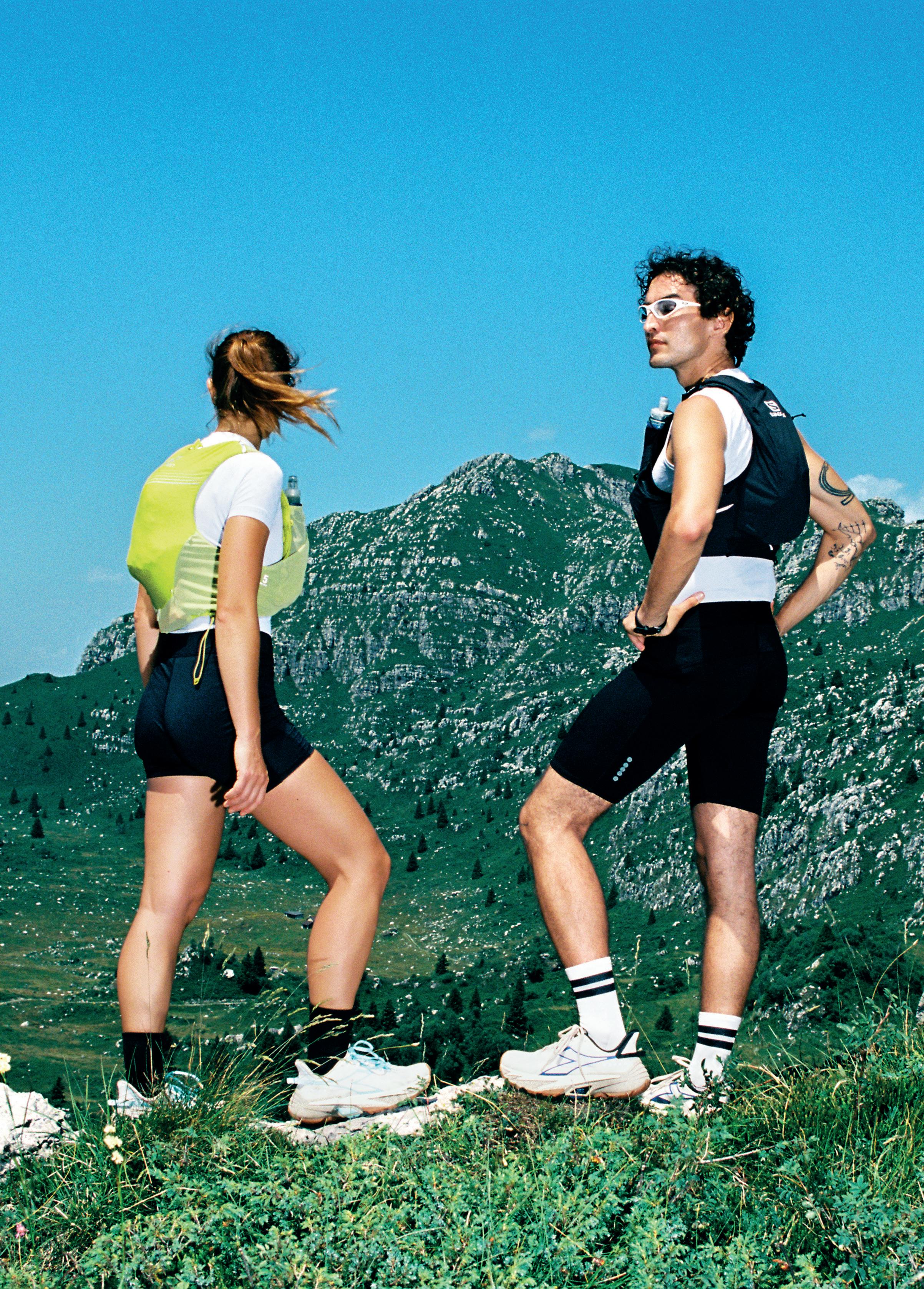
138
Mountains in summer are among the sweetest things you can experience. A moment of tenderness between the winter that has just passed and the one to come. They make you feel alive. Able to run for miles and miles. Stealing time from a hectic life for something that is an end in itself. Far from places that reject us and from systems that neglect us. In a word, by existing, and in the most sincere possible way. I am convinced that one cannot lie while running. You can only blame yourself. You can only be proud of yourself. You can only trust yourself and your equipment.
Shoes should become an extension of the body. They should be designed to support you everywhere, so that all you have to think about is moving, light and fast. After all, running makes you experience the places you go through. And only where you've been on foot you have really been there. Running takes you to a sort of parallel dimension, a time space in which you flow through a complex
set of emotions: fatigue, peace, pain, euphoria. The thing is, sometimes your feet are light, sometimes very heavy. The game is to learn to read the trail like a book, using the shoes as glasses. That’s why they must be chosen carefully.
Have you ever heard the sound of an ibex running? It seems rolling rocks. A distant landslide. But gently, with control. A quiet gallop, with confidence. All a matter of evolution and awareness. Natural evolution has provided the ibex with a peculiar hoof. Stiff on the outside, for greater grip and balance on rocky surfaces, softer inside, constituting a sort of brake. A tool you can rely on without a doubt, even in situations at the limit of the force of gravity. And having the right tools changes the perception one has of emptiness and danger. As well as running on wild and steep terrain. For us, however, it becomes a matter of technological evolution. Biomimetics is the term used to collectively define technolo -
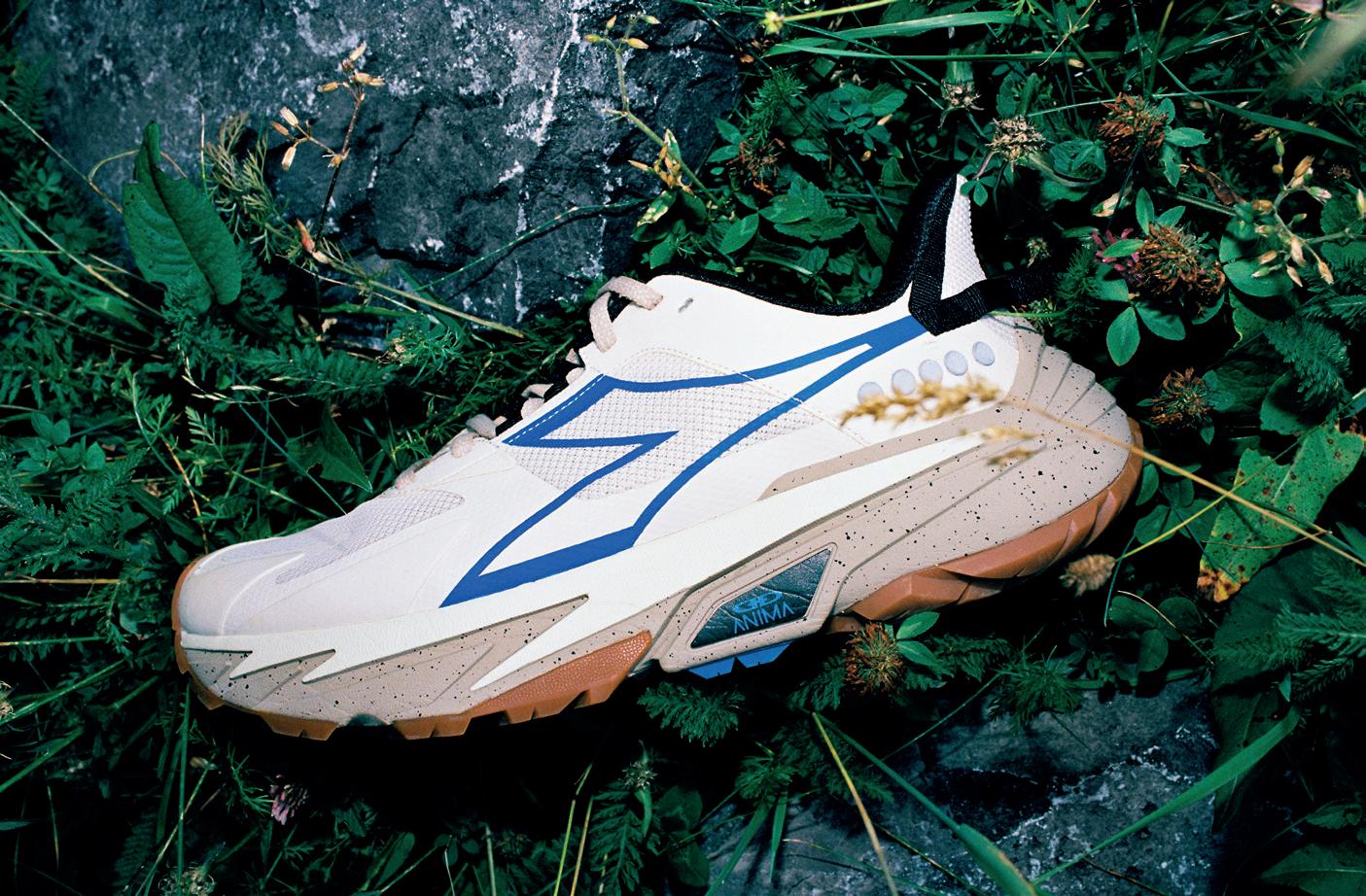
139

140

141

142
gies inspired by solutions similar to those adopted by plants and animals in nature. In biomimetics, the biological and biomechanical processes of nature and living beings become a source of inspiration for the improvement of human activities and technologies. In a nutshell: technological evolution that learns from natural evolution.
With Sestriere-XT, its first trail running shoe, Diadora has put this evolution at the service of trail runners. A model to run on like an ibex, the first with XT technology. It is inspired by the shape of an animal hoof. Looking at the sole, we see two types of rubber with a double density: one soft in the centre, one hard on the outside, which imitate and enhance the V shape of the hoof in the design. The external rubber works well on grass and mud, while the internal one is particularly performing on rock. The goal is to ensure stability and grip on any terrain, in any condition: grass, wet rock, mud, gravel. So
that the runner only has to adjust the pace. The heart of the shoe is in DD Anima, the same as Atomo V7000. A guarantee of lightnweight, reactivity and cushioning with a resistant and elastic pebax shank. Overall, Sestriere-XT focuses on how to protect the foot and on grip, facilitating the transition between the impact phase and the push phase. As for the insole, it is in Dnattiva, a breathable high density foam. Dnactive minimizes the sensation of heat and has antibacterial components that help eliminate odors, as well as being light and cushioning.
Diadora's goal was to draw inspiration from nature to create a shoe that acted as an intermediary. When you put it on, it becomes a tool to better manage any trail and any difficulty during everyday training. A tool you can trust. Because when you trust, you surrender. And if you let yourself go, everything seems easier, the steepest trail, the most slippery rock, the roughest environment.

143

144
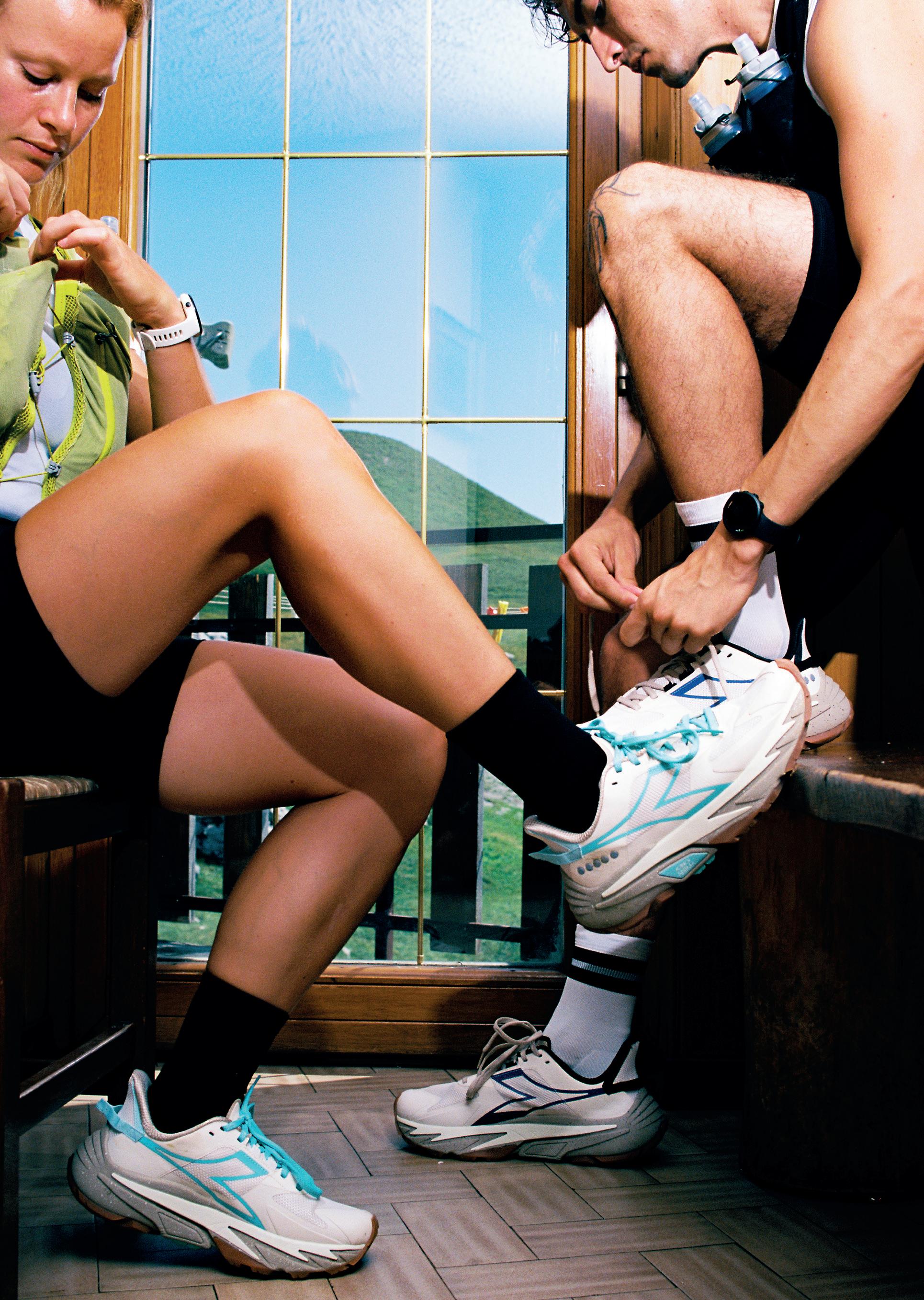
145
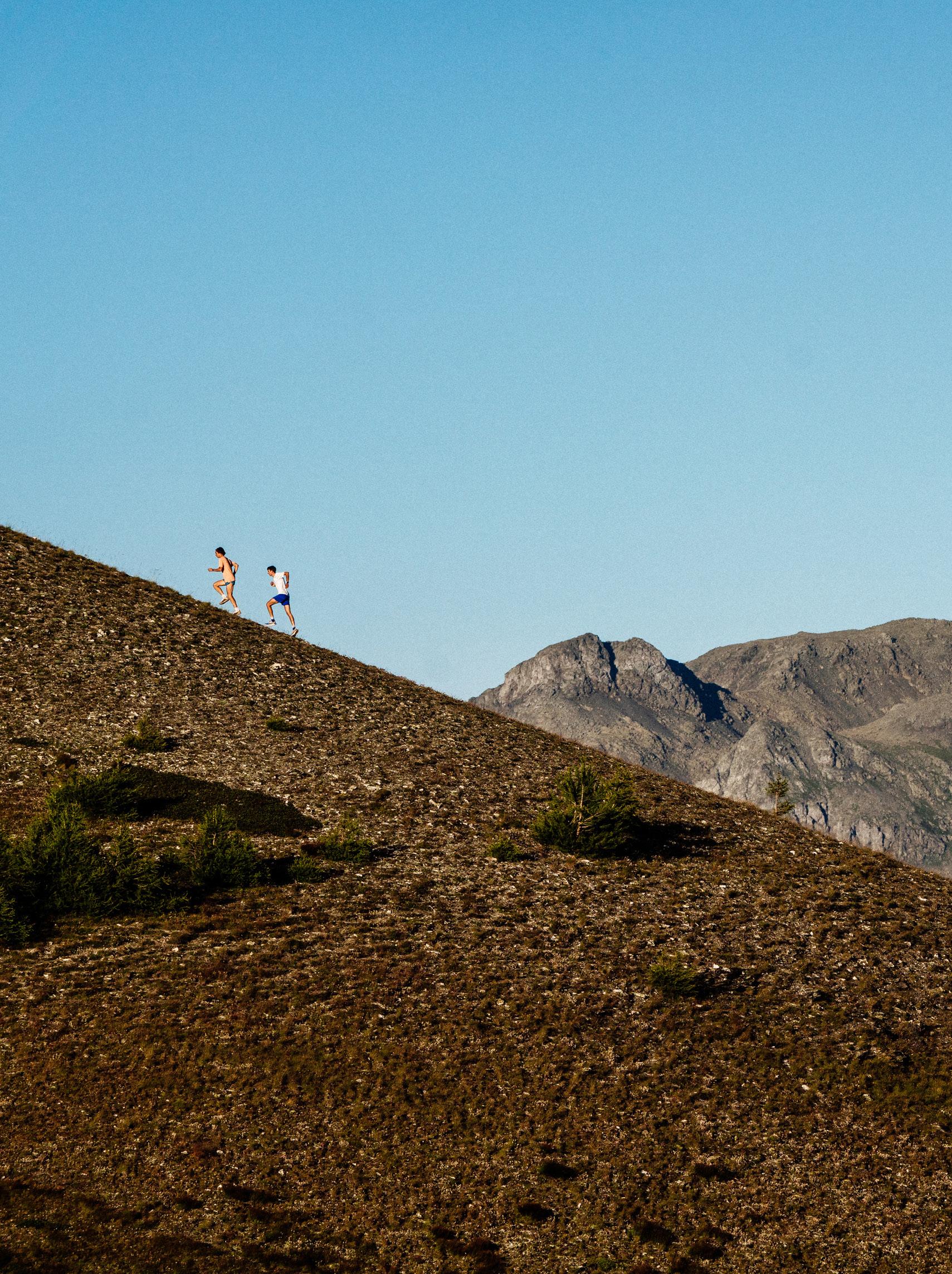
The High Life
 BY FRANCESCO PUPPI PHOTOS DENIS PICCOLO
RUNNERS FRANCESCO PUPPI & HENRI AYMONOD LOCATION SESTRIERE ITALY
BY FRANCESCO PUPPI PHOTOS DENIS PICCOLO
RUNNERS FRANCESCO PUPPI & HENRI AYMONOD LOCATION SESTRIERE ITALY
Athletes today write less and less about their trainings, and in general about their process, mainly because no one has a blog anymore, which has been the main means of growth of the sport. And in magazines, articles like this are increasingly rare, although, I am convinced, they count as much as a week of training.
It's a Thursday of August, I'm in my new house above Trento, isolated from everything and everyone. The cat and I, a cup of coffee, lots of trail and a guitar with worn strings. The week before Denis had asked me to go up to Sestriere to write an article on Francesco and Henri and their high altitude retreat. The altitude would have helped me, but I was too busy and so I had been forced to give up. I read old articles by Anton Krupicka about his training sessions in the summers of 2006 and 2007: kilometers covered alone, above the timberline, where the air is thin and my legs burn. Athletes today write less and less about their trainings, and in general about their process, mainly because no one has a blog anymore, which has been the main means of growth of the sport. And in magazines, articles like this are increasingly rare, although, I am convinced, they count as much as a week of training. I think about these things and
shortly after I receive a message from Francesco asking me to read his piece before handing it over to the magazine. It was what I needed. Now I'm going out for a run. – Filippo Caon
After almost an hour of climbing, a few meters from the summit of Bric Ghinivert, in the upper Val Troncea, I feel my energy running out. The icy wind at 3.000 meters above sea level takes my breath away, makes me dizzy and my legs feel like rocks. I gasp, trying to inhale as much oxygen as possible and scramble between the granite boulders with my hands, following a rough track. I look up and Aymo nods to me shouting something at me, looking out from one of the arms of the summit cross. A couple of minutes later, past an exposed ledge on the south face, I join him and crouch in a crack sheltered from the wind. A pair of bearded vultures
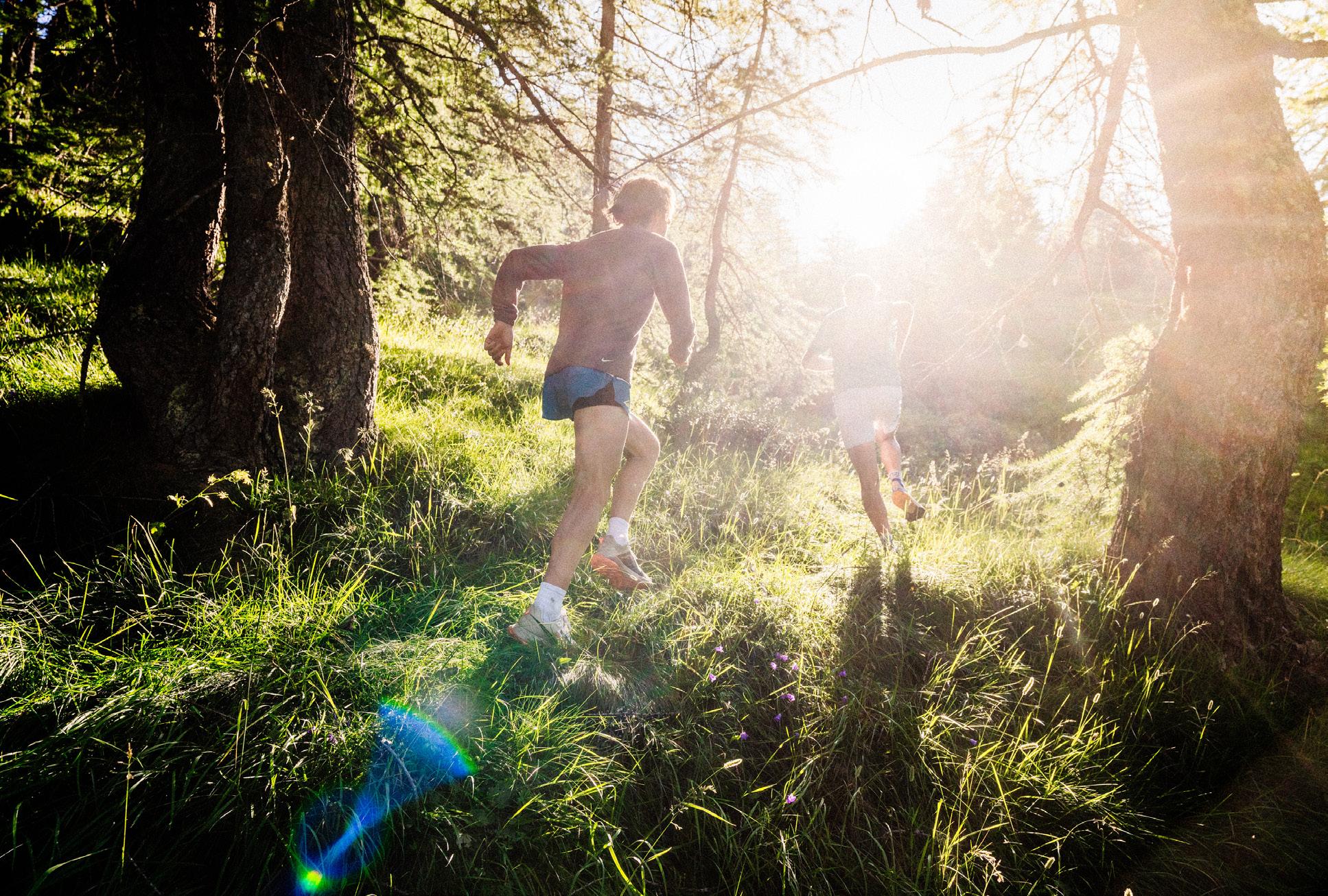
148

149
soar on an updraft, sailing without a single beat of their wings. I take off my vest, take some photos, take out a couple of waffles and a flask of water to refresh ourselves.

“Feeling good, Aymo? I was a little tired, you must have given me two minutes in the last 15' of the climb." “Yes bro, today I was fine, we climbed fast. The other day I still hadn't recovered from the race and the journey. You know, when you have many things on your mind.” "Yes I know." I spontaneously reach out to him and wrap my arm around his neck. We are silent for a couple of minutes. "Come on, let's go down. But take it easy, I'm tired.”

Around the beginning of July, just
enough time to recover from the 50km of Lavaredo, I called Henri "Aymo" Aymonod and hinted the idea of spending three weeks training at high altitude. Even more than the positive physiological adaptations of the altitude, the hemoglobin, the red blood cells, we were perhaps looking for solitude, for a slower, more human passage of time, almost an escape from the routine of our lives at lower altitudes, a search for stimuli and answers that we could only find by sharing the intensity of a physical effort such as running. Between Sankt Moritz, Livigno and Sestriere, the classic locations chosen by athletes for altitude training, we opted for the last one, the one we feel closest to, at
the same time probably the most forgotten, harsh and training. At 2035 meters high there is calm, trails, thin air and the few equipment we need. There is another reason – perhaps sentimental – why we chose to come to Sestriere: we met here about ten years ago, when we were still young and unaware of everything, and we ran to save our lives. So we filled Aymo's van with carbohydrates, loaded up the bikes and finally got on to this extreme corner of Piedmont.
Sestriere is a surreal place, transfigured by the building abuses of the economic boom first, and then by the 2006 Turin Olympics. The monoculture of alpine skiing has transformed many places like Sestriere into carou-
150
sels in winter, and into ghostly places in summer, with bulldozers, stopped ski lifts, empty buildings. To make the mountains attractive, it is not necessary to disseminate them with expensive and high impact infrastructures: nature has already equipped them with everything they need. Something that many Alpine resorts still don't seem to have understood. These are topics I talk about with Aymo, who experiences these dynamics every day at his home in the Aosta Valley. Leaving aside the town, the environment around Sestriere is enchanting and perfect for training according to our style, which could be summed up in three words, which I used as the title for my podcast: any
surface available. At the 2400 meters of Col Basset you can run on 40km of dirt road on the Assietta road, where Bordin built his successes in Seoul 1988 and Boston 1990: it is the Magnolia Road of the Alps. A little further down, the Bordin trail echoes in the kilometers traveled and consumed by world-renowned marathon and middle-distance runners. On the Albergian you can climb 1500 meters in just over 5km. Valle Argentera offers perfect single tracks, dizzying peaks and views from Yosemite Valley.
Our style is also to introduce variability and unpredictability into training, and with Aymo it can only be like this: he is talent and madness, I am more method and hard work.
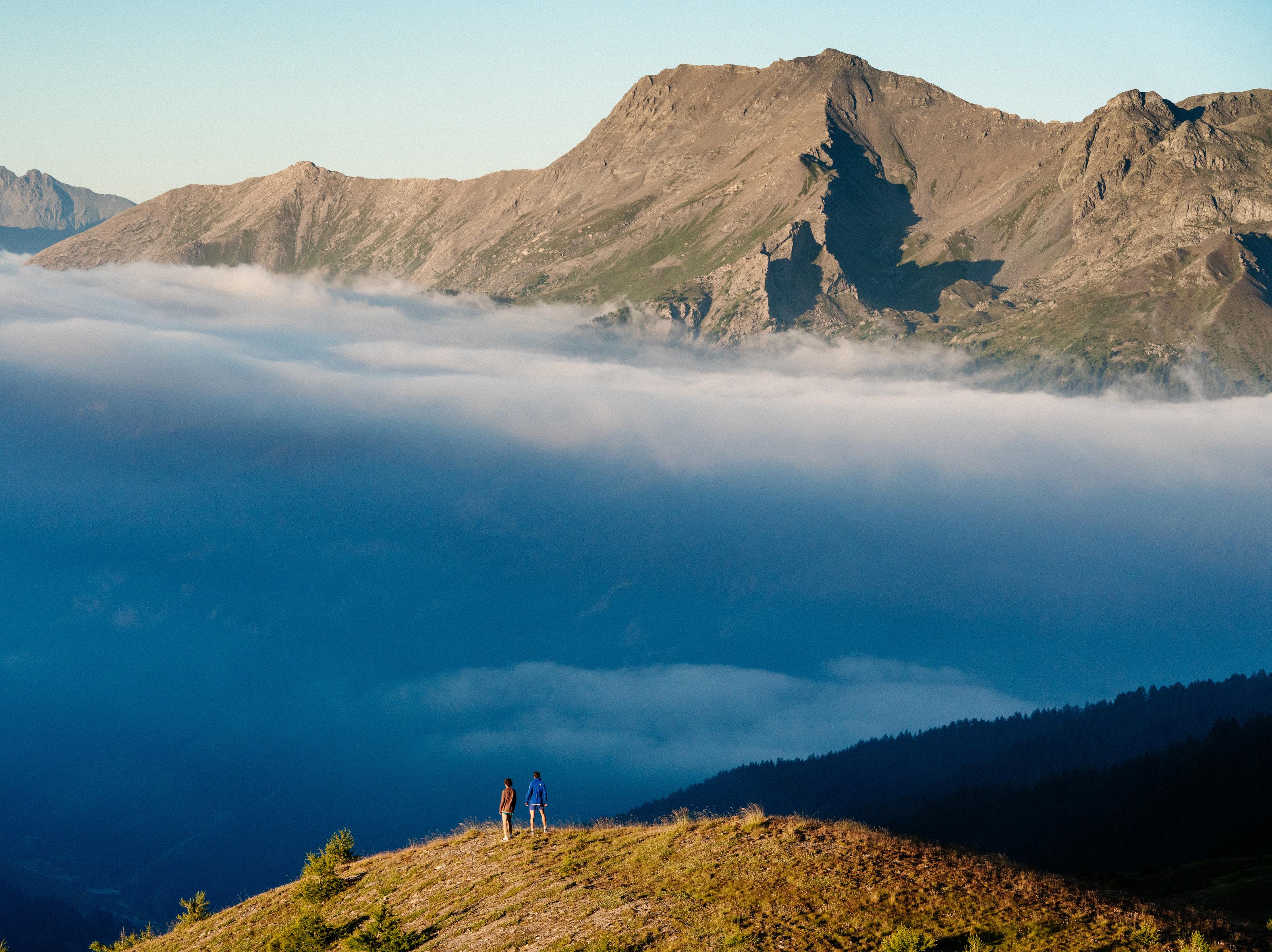
151
Our style is also to introduce variability and unpredictability into training, and with Aymo it can only be like this: he is talent and madness, I am more method and hard work.

152
We are related and at the same time complementary. When you're out and about with him for an easy run, it can happen at any moment that he makes a rush, a lunge, just because inspired by the traverse line we're running on, or to imitate a rush by his idol Mathieu Van Der Poel. At the same time, I would probably pay more attention to conserving energy for the next day's work, or catching up on the previous day's mileage. Aymo goes very fast uphill, he is not an explosive athlete but he has a terrifying progression, he proceeds almost in leaps, at a low cadence, exploiting all the stiffness of his long levers. On the contrary, I have a much cheaper gesture, I don't feel really strong in anything, but I can make use of my running skills on the plains and on those terrains that escape the altimetric profiles of the routes. Aymo is a TNF athlete, born and raised in the shadow of Grivola, between Villeneuve and Val di Rhemes, at ease on mountaineering skis, able to climb Mont Blanc, to finish se-
veral Mezzalama, he studies agriculture at the Institut Agricole Regional and has a degree in motor sciences in Turin. I am a Nike athlete, imbued with track and field culture from Prefontaine onwards, I come from the mid-mountain environment of the lakes of the Pre Alps, I am perhaps more at ease on the roads of the New York marathon than on a technical skyrace, I have never climbed a 4000, I think with the mind of a physicist.
In twenty days at high altitude there is time to share many things in addition to running. With Aymo we end up talking about the real estate market as much as about training theory, the differences between Sram, Campagnolo and Shimano groupsets, forestry, photography, psychology, the outdoors and electronic music. The moments that from my point of view make the difference are above all the silences, the pauses, the nanoseconds in which nothing happens but which have meaning in themselves, and
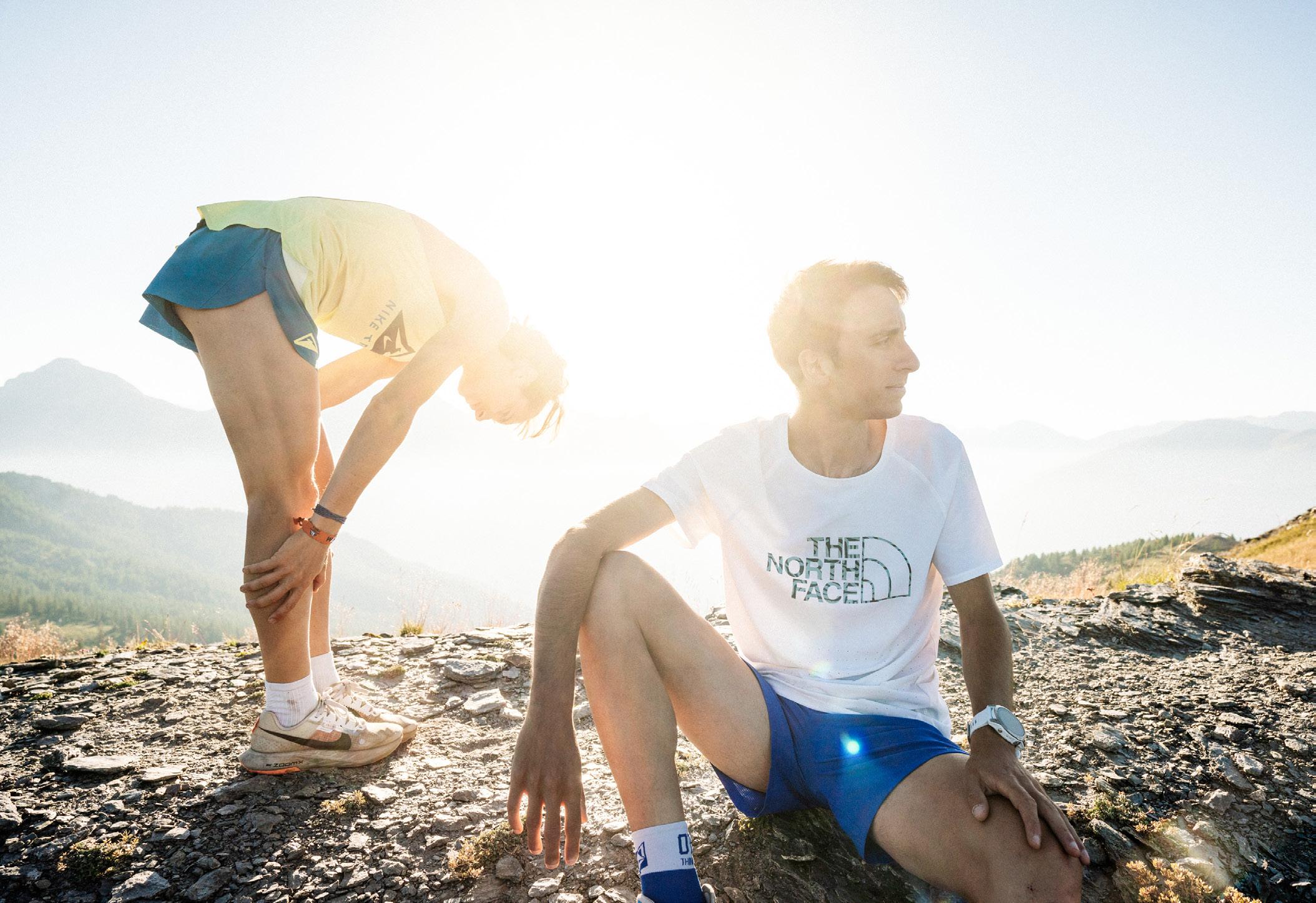
if you are never embarrassed, if you don't feel the need to fill them with words or gestures of circumstance, you understand that you are in the right place and with the right person. "Bro, today I'm stoned." “Aymo, training is just like that. 80% of the time you don't feel good, you feel sluggish, your legs feel empty. You have to get used to the mileage, running when tired, saving when it counts and pushing when it counts.” "Yes, but this afternoon I guess I'm resting." From the top of my 12 weekly trainings, I sometimes wish I had his ability to listen and know how to say no.
Our training camp program is ambitious. After the initial adaptation to the altitude, the plan calls for two weeks of at least 180km and several very demanding jobs in sequence. My next competitive appointments are Sierre-Zinal and OCC, between mid and late August, but the way I am made and the way I interpret this sport are not the only reason why I
153
am here. I don't need a motivational lever given by a goal, I like running and training for the sake of it, I don't necessarily see any final goal in all of this. It certainly takes a good dose of courage, or perhaps self harm, to end up on the altar of the useless. Aymo is not used to these volumes while I have a much greater experience, both in terms of training and racing. I look at him and I see a curious, intelligent and ambitious guy, still immature in some respects, but aware of his own means and very self confident. Torn between two worlds: being somehow tied to his certainties and the desire to discover and make new experiences. The overflowing talent that I so -
mehow envy him, the need to shape it and to give it solidity and continuity. The eyes that still light up with enthusiasm for things, the passion for people. His competitiveness contrasted with the desire to experience the more adventurous and free side of the trail, over longer distances, FKT and personal projects. Running together, planning and sharing a training program, is a way to raise the bar and, if you're good enough, to absorb by osmosis many little things that could make you a better athlete. It's a horizontal learning process, which happens unintentionally, especially during the gaps I tried to describe earlier.

154
It has a lot to do with the opportunities that exist, that are created and that they are given, but I have the feeling that in the USA, many times, a race is just a simple excuse to get together all together to run in a forest, and that trail running, more than a sport, is an expression of a way of being and basically, of being in the world.
We ended up talking about US, Aymo has just returned from Broken Arrow, on Lake Tahoe, where he ran a vertical race and a skyrace with good results, even if – he tells me – he had his mind elsewhere. We discuss national parks, roads, deserts, alpine skiing, environmental impact. We reflect on the fact that in Europe there is a lack of structured training groups, teams such as the Oregon Track Club or NAZ Élite, but also simply athletes who live, train together and behave as a team, as the Coconino Cowboys could have been up until a few years ago, or as it happens in communities like Flagstaff, Boulder or Mammoth Lakes. It happens on a smaller scale

in Chamonix, the epicenter of the global trail running scene, but not yet in what I would call a community. There are many differences between European and American trail running, and one of them is the way athletes perceive themselves within the sport they practice. It has a lot to do with the opportunities that exist, that are created and that they are given, but I have the feeling that in the USA, many times, a race is just a simple excuse to get together all together to run in a forest, and that trail running, more than a sport, is an expression of a way of being and basically, of being in the world.
I find a lot of all this in the person that is Henri, a guy able to fill many of the things he does with meaning and to transmit enthusiasm. I'd like to make occasions like this happen more often, perhaps to the point of setting up a training group, of people with the same desire as us to go to explore this passion. I don't know if Sestriere could be the right place to do it, but I know for sure that what we shared this summer, in the thin air, in the dust, on the trails, the ridges and the pastures on the border between Val Chisone and Valle di Susa, it will be important for both of us.

155
RIVA DEL GARDA RIVA DEL GARDA RIVA DEL GARDA RIVA DEL GARDA RIVA DEL GARDA RIVA DEL GARDA RIVA DEL GARDA RIVA DEL GARDA ROVERETO SALÒ SALÒ SALÒ SALÒ SAN CANDIDO SAN CANDIDO SAN CANDIDO SAN CANDIDO SAN CANDIDO SAN CANDIDO SAN CANDIDO SAN CANDIDO SAN DOMENICO SAN GIOVANNI DI FASSA SAN GIOVANNI DI FASSA SAN GIOVANNI DI FASSA SAN VIGILIO DI FAREBBE SAN VIGILIO DI MAREBBE SAN VIGILIO DI MAREBBE SAN VIGILIO DI MAREBBE SAN VIGILIO DI MAREBBE SAN VIGILIO DI MAREBBE SAN VIGILIO DI MAREBBE SAN VIGILIO DI MAREBBE SAN VIGILIO DI MAREBBE SANTA CATERINA SANTA CATERINA SANTA CATERINA SAUZE


SIUSI SIUSI SIUSI SIUSI ALLO SCILIAR SIUSI ALLO SCILIAR SOLDA
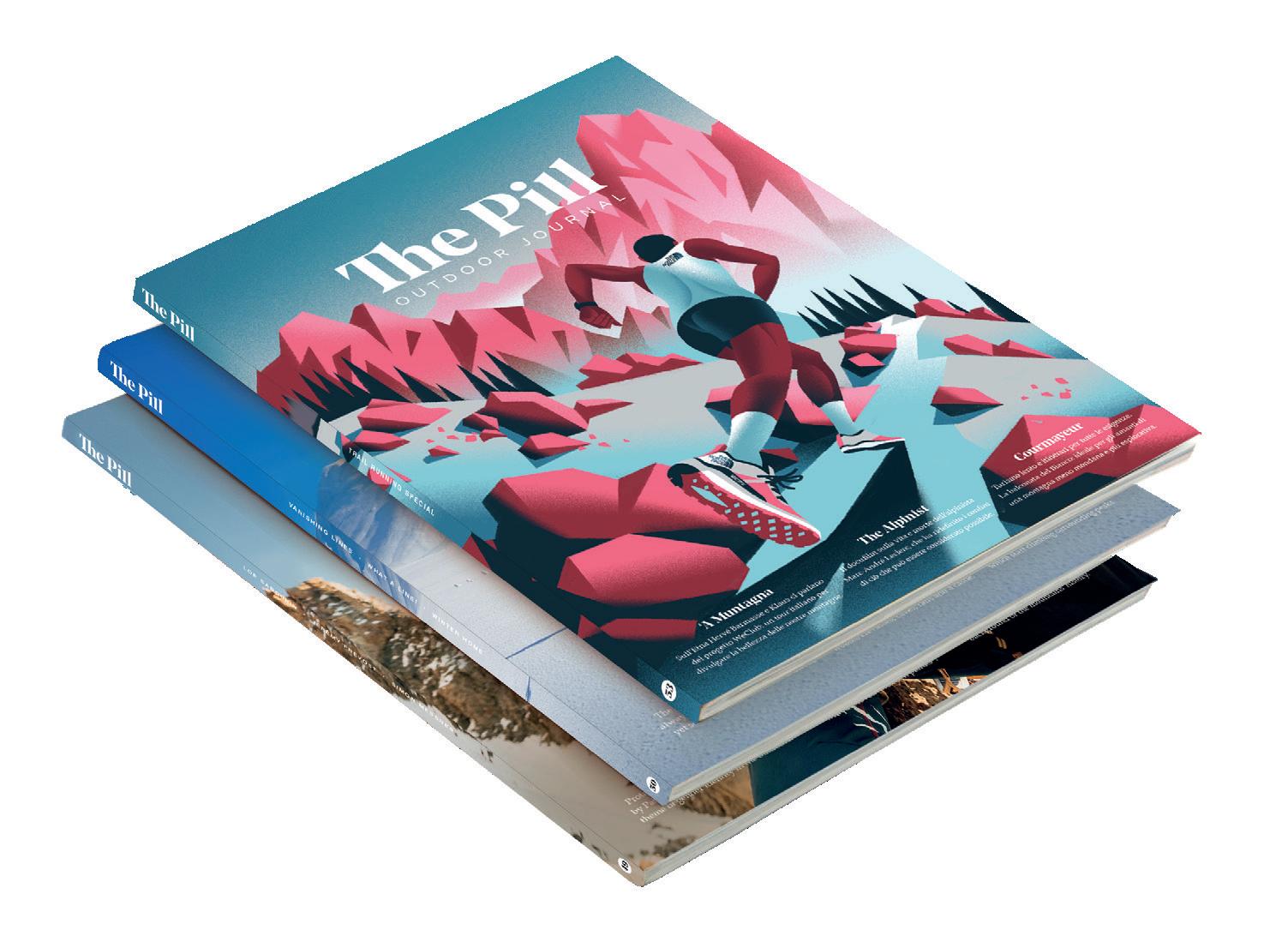
1607. LEADING RELAX HOTEL MARIA 1608. RESIDENCE LASTÈ 1609. RESORT DOLCE CASA 1610. HOTEL BELLAVISTA 1611. WINE HOTEL SAN GIACOMO 1612. HOTEL ALPECHIARA 1613. HOTEL PIANDINEVE 1614. SPORT HOTEL VITTORIA 1615. ALPIN HOTEL SONNBLICK 1616. HOTEL WALDHOF 1617. HOTEL BARRAGE 1618. HOTEL VILLA GLICINI 1619. HOTEL EUROPEO 1620. BEVERLY HOTEL 1621. DOLOMEET BOUTIQUE HOTEL 1622. HOTEL CRISTINA 1623. LEFAY RESORT&SPA DOLOMITI 1624. OLYMPIC PALACE 1625. BLU HOTEL ACQUASERIA 1626. GRAND HOTEL PARADISO 1627. HOTEL GARNI SORRISO 1628. HOTEL MIRELLA 1629. JOLLY RESORT&SPA 1630. RESIDENCE CLUB 1631. CHALET LA CIASETA 1632. FAMILY HOTEL GRAN BAITA 1633. HOTEL ANDA 1634. HOTEL TERME ANTICO BAGNO 1635. WELLNESS FASSA 1636. HOTEL CASTEL PIETRA 1637. FALKENSTEINER HOTEL 1638. HOTEL RUDOLF 1639. K1 MOUNTAIN CHALET 1640. MAJESTIC HOTEL & SPA RESORT 1641. PARKHOTEL SCHÖNBLICK 1642. ROYAL HOTEL HINTERHUBER 1643. GRAND HOTEL LIBERTY 1644. GRAND HOTEL RIVA 1645. HOTEL ANTICO BORGO 1646. HOTEL EUROPA 1647. HOTEL LIDO PALACE 1648. HOTEL LUISE 1649. HOTEL PORTICI 1650. HOTEL SOLE RELAX 1651. VILLA NICOLLI 1652. HOTEL LEON D’ORO 1653. HOTEL BELLERIVE 1654. HOTEL LAURIN 1655. HOTEL SALÒ DU PARC 1656. RIVALTA LIFE STYLE HOTEL 1657. HOTEL ORSO GRIGIO 1658. HOTEL VILLA STEFANIA 1659. NATURHOTEL LEITLHOF 1660. PARKHOTEL SOLE PARADISO 1661. POST HOTEL 1662. RESIDENCE SILVIA 1663. SPORTHOTEL TYROL 1664. ZIN SENFTER RESIDENCE 1665. HOTEL LA VETTA 1666. HOTEL LADINIA 1667. RENÈ DOLOMITES BOUTIQUE 1668. X ALP HOTEL 1669. HOTEL MONTE SELLA 1670. CHRISTOPHORUS MOUNTAIN 1671. HOTEL AL SONNENHOF 1672. HOTEL CHALET CORSO 1673. HOTEL CONDOR 1674. HOTEL MAREO DOLOMITES 1675. HOTEL TERESA 1676. RESIDENCE PLAN DE CORONES 1677. SPORTHOTEL EXCLUSIVE 1678. HOTEL BAITA FIORITA 1679. HOTEL RESIDENCE 3 SIGNORI 1680. HOTEL VEDIG 1681. CHABERTON LODGE 1682. HOTEL LA TORRE 1683. RELAIS DES ALPES 1684. AGRITURISMO MASO LARCIUNEI 1685. APARTMENTS SUNELA 1686. ARTHOTEL ANTERLEGHES 1687. ASTOR SUITES B&B 1688. BIANCANEVE FAMILY HOTEL 1689. BOUTIQUE HOTEL NIVES 1690. CHALET ELISABETH 1691. GRANBAITA DOLOMITES 1692. HOTEL AARITZ 1693. HOTEL ACADIA 1694. HOTEL ALPENROYAL 1695. HOTEL ANTARES 1696. HOTEL CHALET S 1697. HOTEL CONTINENTAL 1698. HOTEL DORFER 1699. HOTEL FANES 1700. HOTEL FREINA 1701. HOTEL GARNI DOLOMIEU 1702. HOTEL GENZIANA 1703. HOTEL MIRAVALLE 1704. HOTEL OSWALD 1705. HOTEL PORTILLO DOLOMITES 1706. HOTEL SOMONT 1707. HOTEL SUN VALLEY 1708. HOTEL TYROL 1709. HOTEL WELPONER 1710. LUXURY CHALET PLAZOLA 1711. MOUNTAIN DESIGN HOTEL 1712. MOUNTAIN HOME VILLA ANNA 1713. RESIDENCE ISABELL 1714. RESIDENCE VILLA FUNTANES 1715. RESIDENCE VILLA GRAN BAITA 1716. THE LAURIN SMALL&CHARMING 1717. WELLNESS RESIDENCE VILLA 1718. RESIDENCE VILLA AL SOLE 1719. HOTEL TRE CIME SESTO 1720. ALPENWELLNESSHOTEL ST.VEIT 1721. APARTMENTS RIEGA 1722. BERGHOTEL SEXTEN 1723. CIMA DODICI B&B 1724. FAMILY RESORT RAINER 1725. HOTEL ALPENBLICK 1726. HOTEL DOLOMITENHOF 1727. HOTEL MONIKA 1728. HOTEL MONTE CROCE 1729. BAD MOOS 1730. GRAND HOTEL SESTRIERE 1731. HOTEL CRISTALLO 1732. HOTEL IL FRAITEVINO 1733. HOTEL SHACKLETON MOUNTAIN 1734. PRINCIPI DI PIEMONTE 1735. ACTIVEHOTEL DIANA 1736. ARTNATUR DOLOMITES HOTEL 1737. HOTEL WALDRAST DOLOMITI 1738. MIRABELL ALPINE GARDEN 1739. NATUR RESIDENCE 1740. SCHWARZER ADLER 1741. SENSORIA DOLOMITES 1742. DOLMITES NATURE 1743. BAD RATZES 1744. HOTEL CEVEDALE 1745. PARADIES MOUNTAIN RESORT 1746. GRAND HOTEL DELLA POSTA 1747. GRAND HOTEL BRISTOL 1748. GRAND HOTEL DES ILES 1749. HOTEL ASTORIA 1750. HOTEL LA PALMA 1751. HOTEL MILAN SPERANZA 1752. HOTEL REGINA PALACE 1753. HOTEL EDELHOF 1754. HOTEL IL CERVO 1755. CURT DI CLEMENT ECO 1756. HOTEL CENTRALE 1757. HOTEL DOSSES 1758. ALPINHOTEL VAJOLET 1759. GRAND HOTEL TREMEZZO 1760. HOTEL LENNO 1761. ALBERGO ACCADEMIA 1762. BOUTIQUE EXCLUSIVE B&B 1763. GRAND HOTEL TRENTO 1764. HOTEL AMERICA 1765. HOTEL BUONCONSIGLIO 1766. BÄRENHOTEL 1767. BERGHOTEL HOTEL 1768. HOTEL CHRISTOPH 1769. KRONPLATZ-RESORT 1770. HOTEL DU LAC 1771. HOTEL ROYAL VICTORIA 1772. HOTEL VILLA CIPRESSI 1773. GRAND HOTEL MAJESTIC 1774. HOTEL ANCORA 1775. HOTEL BELVEDERE 1776. HOTEL PALLANZA 1777. GRAND HOTEL MIRAMONTI 1778. HOTEL DELLE ALPI 1779. HOTEL RESTAURANT LILIE 1780. WELLNESS PARADISE MOENA MOENA MOENA MONTEBELLUNA PADERNO DEL GRAPPA PALLEUSIEUX PASSO DEL TONALE PASSO DEL TONALE PERCA PERCA PINEROLO PINEROLO PINZOLO PINZOLO PINZOLO PINZOLO PINZOLO PINZOLO PONTE DI LEGNO PONTE DI LEGNO PONTE DI LEGNO PONTE DI LEGNO PONTE DI LEGNO PONTE DI LEGNO POZZA DI FASSA POZZA DI FASSA POZZA DI FASSA POZZA DI FASSA POZZA DI FASSA PRIMIERO RISCONE RISCONE RISCONE RISCONE RISCONE RISCONE/BRUNICO RIVA DEL GARDA
D’OULX SAUZE D’OULX SAUZE D’OULX SELVA DI VAL GARDENA SELVA DI VAL GARDENA SELVA DI VAL GARDENA SELVA DI VAL GARDENA SELVA DI VAL GARDENA SELVA DI VAL GARDENA SELVA DI VAL GARDENA SELVA DI VAL GARDENA SELVA DI VAL GARDENA SELVA DI VAL GARDENA SELVA DI VAL GARDENA SELVA DI VAL GARDENA SELVA DI VAL GARDENA SELVA DI VAL GARDENA SELVA DI VAL GARDENA SELVA DI VAL GARDENA SELVA DI VAL GARDENA SELVA DI VAL GARDENA SELVA DI VAL GARDENA SELVA DI VAL GARDENA SELVA DI VAL GARDENA SELVA DI VAL GARDENA SELVA DI VAL GARDENA SELVA DI VAL GARDENA SELVA DI VAL GARDENA SELVA DI VAL GARDENA SELVA DI VAL GARDENA SELVA DI VAL GARDENA SELVA
STRESA STRESA STRESA STRESA STRESA TARVISIO TARVISIO TIRANO TIRANO TIRES TIRES TREMEZZINA TREMEZZINA TRENTO TRENTO TRENTO TRENTO TRENTO VALDAORA VALDAORA VALDAORA VALDAORA VARENNA VARENNA VARENNA VERBANIA VERBANIA VERBANIA VERBANIA VERMIGLIO VERMIGLIO VIPITENO ZIANO DI FIEMME ITA ITA ITA ITA ITA ITA ITA ITA ITA ITA ITA ITA ITA ITA ITA ITA ITA ITA ITA ITA ITA ITA ITA ITA ITA ITA ITA ITA ITA ITA ITA ITA ITA ITA ITA ITA ITA ITA ITA ITA ITA ITA ITA ITA ITA ITA ITA ITA ITA ITA ITA ITA ITA ITA ITA ITA ITA ITA ITA ITA ITA ITA ITA ITA ITA ITA ITA ITA ITA ITA ITA ITA ITA ITA ITA ITA ITA ITA ITA ITA ITA ITA ITA ITA ITA ITA ITA ITA ITA ITA ITA ITA ITA ITA ITA ITA ITA ITA ITA ITA ITA ITA ITA ITA ITA ITA ITA ITA ITA ITA ITA ITA ITA ITA ITA ITA ITA ITA ITA ITA ITA ITA ITA ITA ITA ITA ITA ITA ITA ITA ITA ITA ITA ITA ITA ITA ITA ITA ITA ITA ITA ITA ITA ITA ITA ITA ITA ITA ITA ITA ITA ITA ITA ITA ITA ITA ITA ITA ITA ITA ITA ITA ITA ITA ITA ITA ITA ITA ITA ITA ITA ITA ITA ITA Do you wnat The Pill in your Outdoor Store or Hotel? That’s easy hello@thepilloutdoor.com SUBSCRIBE GET THE PILL SENT DIRECTLY TO YOUR DOORSTEP #SUPPORTYOUROUTDOORJOURNAL LINKTR.EE/ABBONAMENTI
DI VAL GARDENA SELVA DI VAL GARDENA SELVA DI VAL GARDENA SELVA DI VAL GARDENA SELVA DI VAL GARDENA SELVA DI VAL GARDENA SELVA DI VAL GARDENA SESTO SESTO SESTO SESTO SESTO SESTO SESTO SESTO SESTO SESTO SESTO MOSCO SESTRIERE SESTRIERE SESTRIERE SESTRIERE SESTRIERE SIUSI SIUSI SIUSI SIUSI
SOLDA SONDRIO STRESA
Once, someone asked Ernest Hemingway what courage meant to him. He replied with: "grace under pressure". Many have tried, without success, to give a precise meaning to these words, ”grace", as we understand it, always brings with it ideas of pleasantness and courtesy. Hemingway's "grace" is something else. His concept fits much better with the definition that Chekhov gave: "when a man uses the minimum possible number of movements to perform a definite action, that is grace."
LAST WORD
BY DAVIDE FIORASO PHOTO DENIS PICCOLO
That "grace under pressure" which according to Hemingway would constitute courage is the energy, efficiency, ease shown in the most difficult situations. A pivotal temperament of his literary style and morality that permeates his novels and moves his characters. Seeking beauty in a desperate situation, reacting to fear with an aesthetic gesture, what is it if not an act of extreme courage?
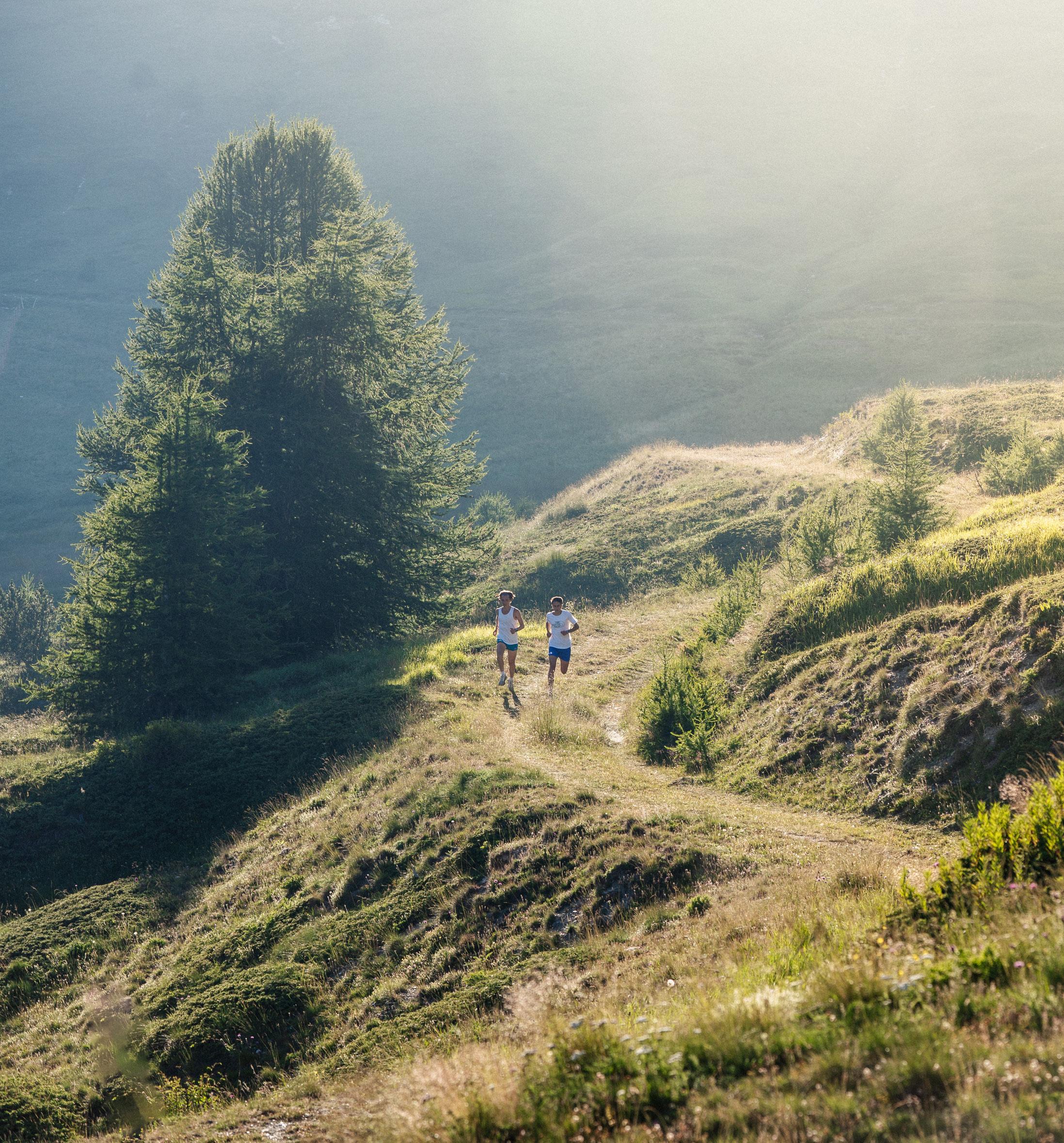
160


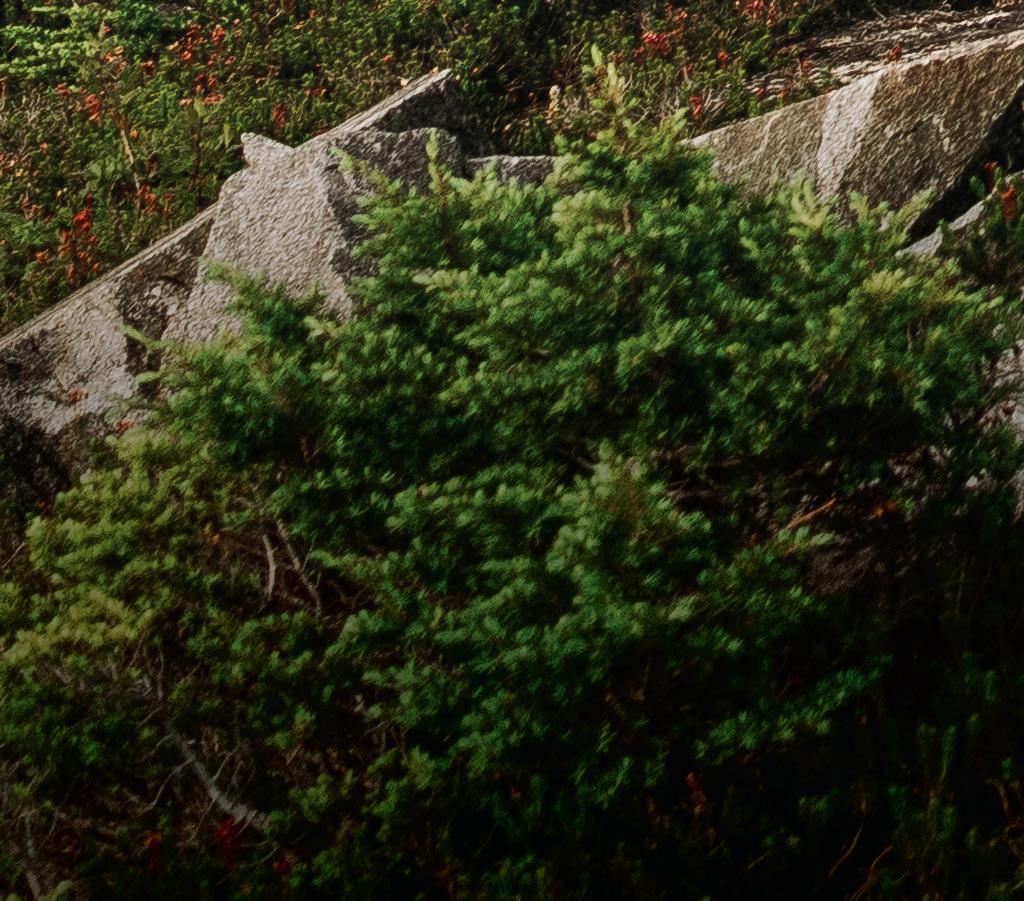


arcteryx.com
Emma Cook-Clark Sḵwxwú7mesh | səlilwətaʔɬ Territory
The West Lions Trail via Howe Sound Crest Trail BC, Canada


 Foto: Brendan Davis © 2023 Patagonia, Inc.
Foto: Brendan Davis © 2023 Patagonia, Inc.

























 BY SILVIA GALLIANI
BY SILVIA GALLIANI











































 BY DAVIDE FIORASO & SILVIA GALLIANI
BY DAVIDE FIORASO & SILVIA GALLIANI





































 BY LISA MISCONEL
BY LISA MISCONEL























 BY ILARIA CHIAVACCI PHOTOS CAMILLA PIZZINI
BY ILARIA CHIAVACCI PHOTOS CAMILLA PIZZINI

 BY LISA MISCONEL PHOTOS FEDERICO MODICA
BY LISA MISCONEL PHOTOS FEDERICO MODICA








 BY LISA MISCONEL PHOTOS PIERRE LUCIANAZ
BY LISA MISCONEL PHOTOS PIERRE LUCIANAZ































 BY DAVIDE FIORASO PHOTOS EVI GARBOLINO
BY DAVIDE FIORASO PHOTOS EVI GARBOLINO



















 BY CHIARA GUGLIELMINA
BY CHIARA GUGLIELMINA








 WORDS & PHOTOS BY DANIELE MOLINERIS
WORDS & PHOTOS BY DANIELE MOLINERIS
















 BY FRANCESCO PUPPI PHOTOS DENIS PICCOLO
RUNNERS FRANCESCO PUPPI & HENRI AYMONOD LOCATION SESTRIERE ITALY
BY FRANCESCO PUPPI PHOTOS DENIS PICCOLO
RUNNERS FRANCESCO PUPPI & HENRI AYMONOD LOCATION SESTRIERE ITALY


















